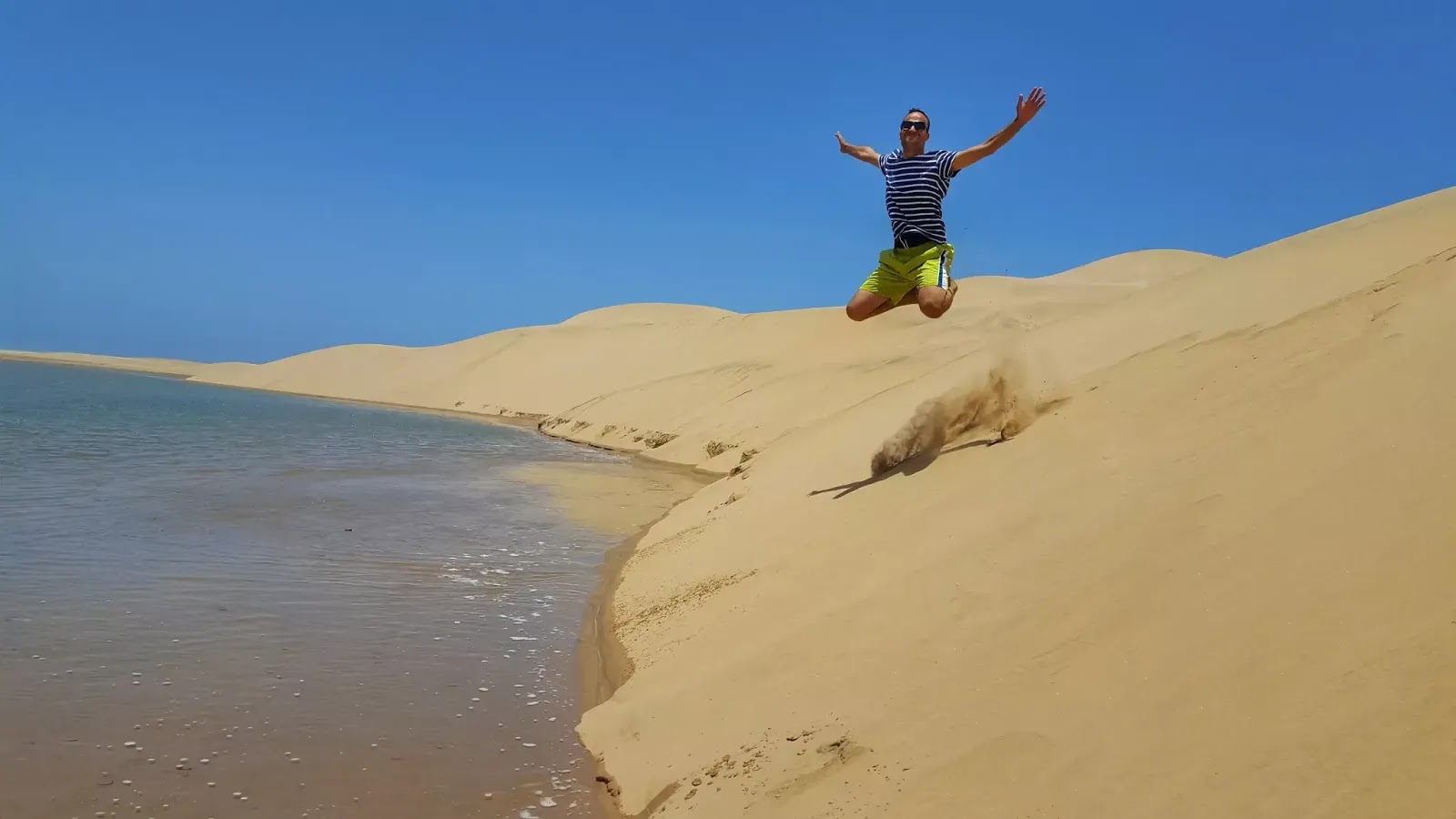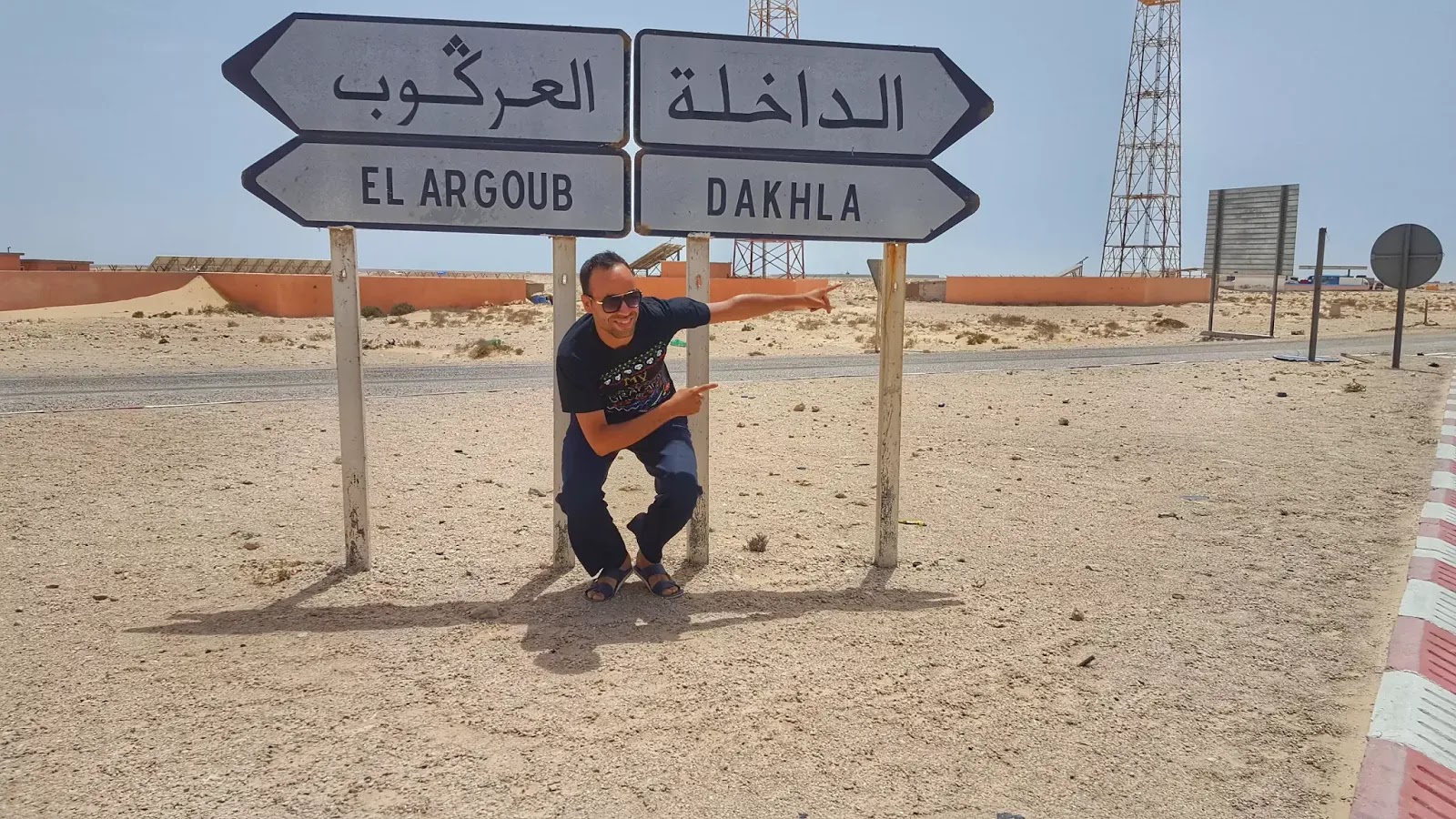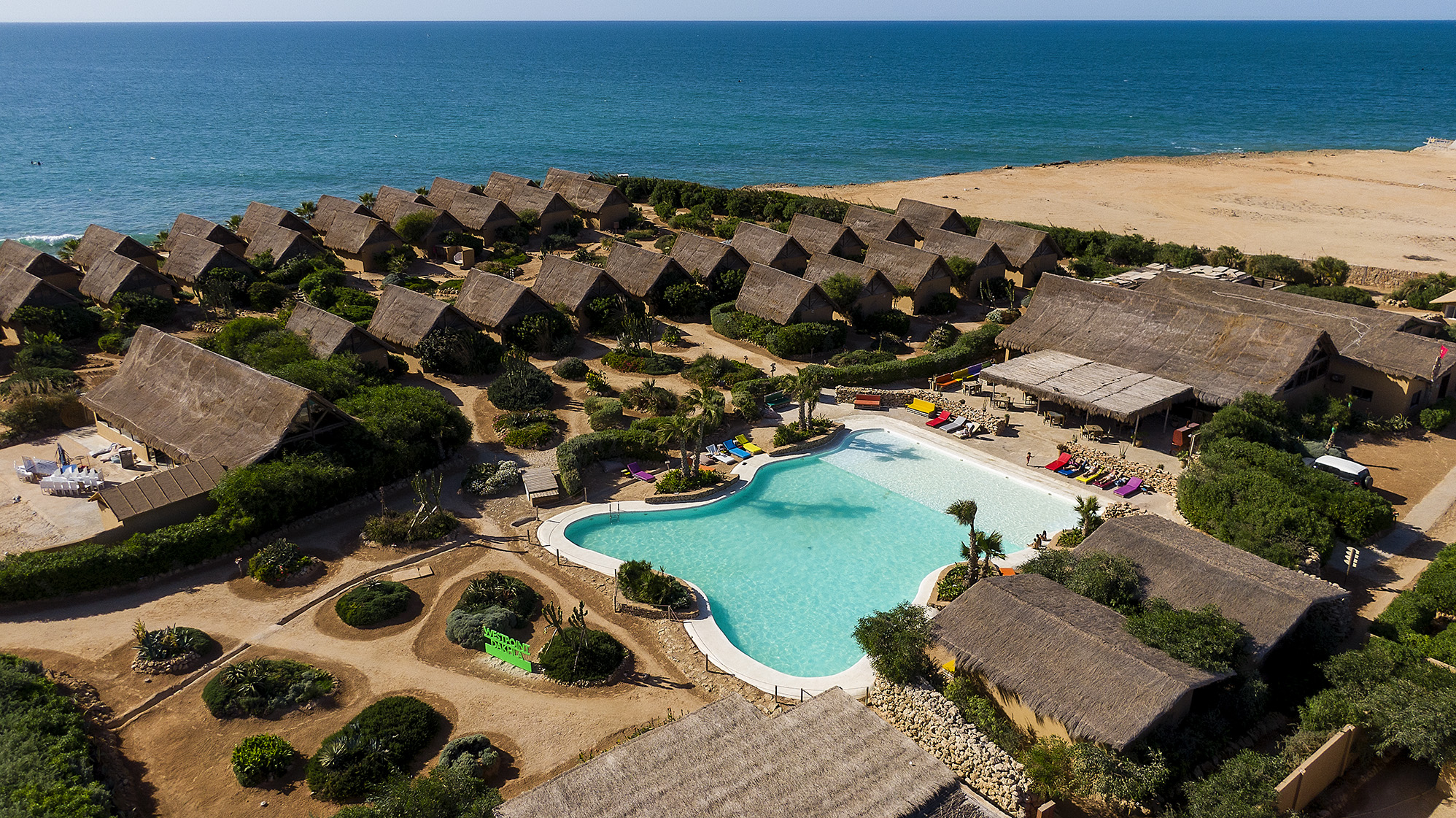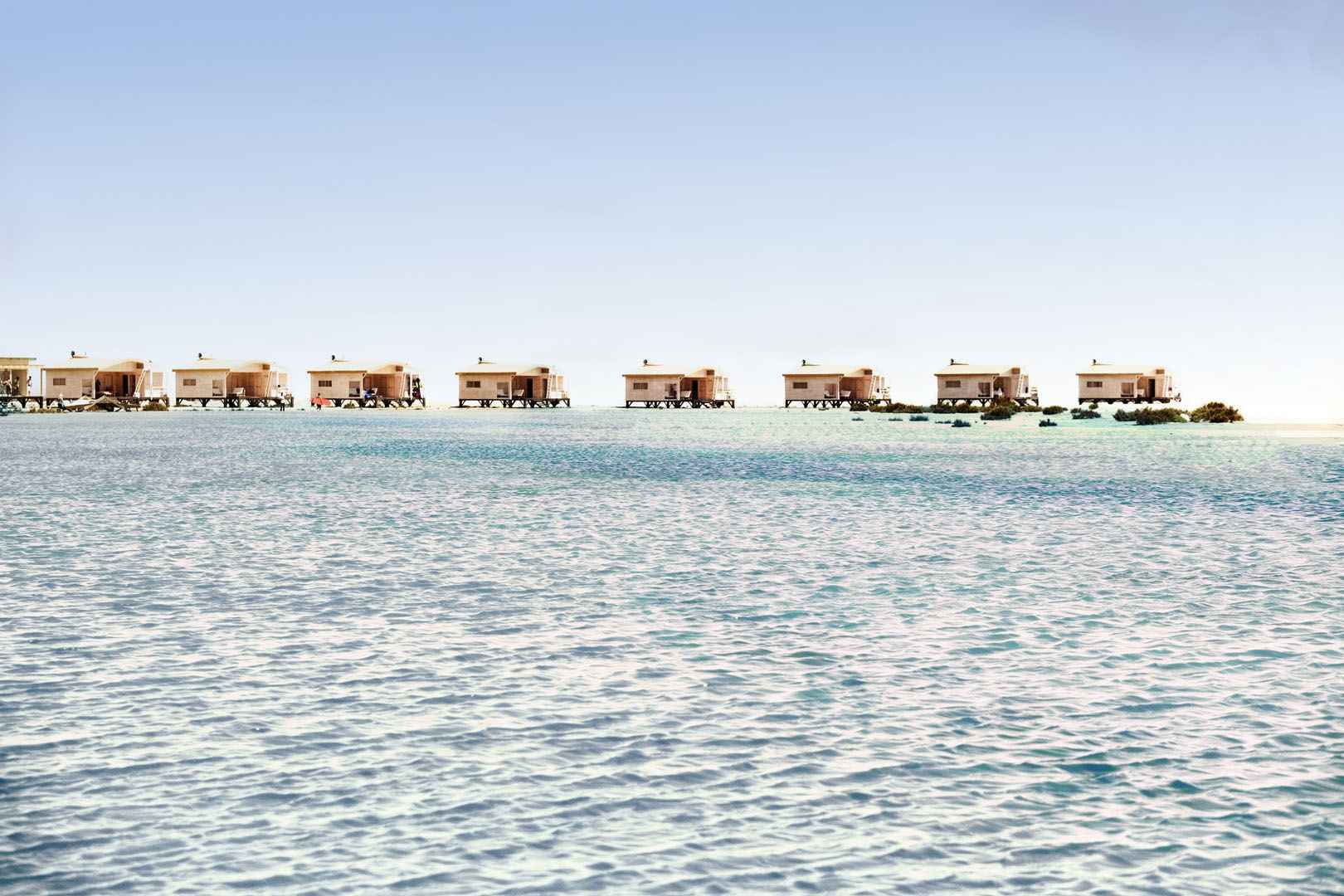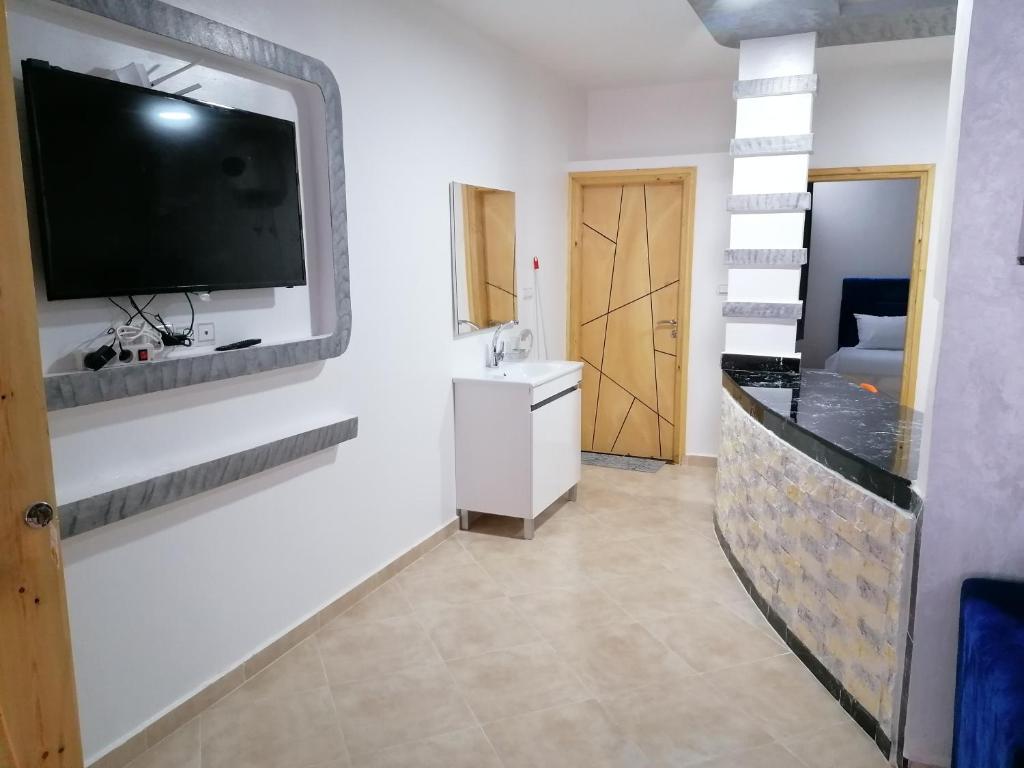Marrakech is one of Morocco's four Imperial cities.
an Imperial city being a city that has served as Morocco's Capital for more than a Decade throughout Morocco's Islamic history.
History
Marrakesh is a city located in western Morocco and is one of Morocco's Imperial cities, founded in the 11th century by the Almoravid dynasty. The city played a significant role in the political, economic, and cultural history of Morocco.
The city was first established as a military settlement by the Almoravid leader Youssef Ibn Tachfin in 1062, and it quickly grew to become a center of Islamic learning and culture. The Almoravid dynasty built many important landmarks in the city, including the Koutoubia Mosque, which remains one of Marrakesh's most iconic buildings today.
Over the centuries, Marrakesh was ruled by several different dynasties, including the Almohads, the Saadian dynasty, and the Alaouite dynasty. Each of these dynasties left their mark on the city, with many of the city's most famous landmarks, including the Bahia Palace and the Saadian Tombs, dating back to these periods.
In the 20th century, Marrakesh became a popular tourist destination, attracting visitors from around the world who were drawn to the city's rich history, vibrant culture, and stunning architecture. Today, Marrakesh remains one of the most important cities in Morocco, and its history continues to be an important part of the country's cultural heritage.
Places
Marrakesh is a city with a rich history and culture, and there are many places of interest to visit. Some popular places to see in Marrakesh include:
1. Jemaa el-Fnaa - This is the main square in Marrakesh, and it is always bustling with activity. Here, you can find food stalls, snake charmers, street performers, and more.
2. Koutoubia Mosque - This is one of the most important landmarks in Marrakesh, and it is also one of the largest mosques in Morocco. It was built in the 12th century, and it is known for its distinctive minaret.
3. Bahia Palace - This palace was built in the 19th century, and it is known for its stunning architecture and beautiful gardens. It was built for a wealthy Moroccan nobleman, and it features intricate tilework and ornate carvings.
4. Saadian Tombs - These tombs were built in the 16th century, and they are the final resting place of members of the Saadian dynasty. They were rediscovered in 1917, and today they are a popular tourist attraction.
5. Majorelle Garden - This garden was created by the French painter Jacques Majorelle in the 1920s, and it is known for its exotic plants and bright blue buildings. It was later owned by fashion designer Yves Saint Laurent, and today it is open to the public.
6. Medina - This is the historic old town of Marrakesh, and it is a maze of narrow streets and alleyways. Here, you can find traditional markets, called souks, where you can buy everything from spices to handmade crafts.
7. Ben Youssef Madrasa - This is a 14th-century Islamic school, and it is known for its stunning architecture and intricate tilework. It was one of the largest madrasas in North Africa, and today it is open to the public as a museum.
These are just a few of the many places of interest in Marrakesh. Whether you are interested in history, culture, or just want to experience the vibrant atmosphere of this city, there is something for everyone to enjoy.
Activities
There are many activities to do in Marrakesh, and the city has a vibrant nightlife scene as well. Here are some ideas for things to do in Marrakesh:
Take a cooking class - Moroccan cuisine is famous for its bold flavors and exotic spices. Taking a cooking class is a great way to learn about Moroccan food and culture.
Visit a traditional hammam - A hammam is a traditional Moroccan bathhouse, and it is a great way to relax and unwind after a long day of sightseeing.
Attend a live music performance - Marrakesh is known for its vibrant music scene, and there are many venues where you can see traditional Moroccan music performances.
Go shopping in the souks - The souks of Marrakesh are a maze of narrow streets and alleyways, and they are home to many traditional markets where you can buy everything from spices to handmade crafts.
Take a hot air balloon ride - A hot air balloon ride is a unique way to see the city from above and enjoy breathtaking views of the surrounding landscape.
Enjoy the nightlife scene - Marrakesh has a lively nightlife scene, with many bars, clubs, and restaurants. Some popular spots include Pacha Marrakech, Theatro Marrakech, and Buddha Bar.
Take a day trip to the Atlas Mountains - The Atlas Mountains are located just outside of Marrakesh, and they offer stunning views and a chance to experience the natural beauty of Morocco.
These are just a few ideas for activities to do in Marrakesh. With its rich culture and history, there is always something new to discover in this vibrant city.
Transportation
Marrakesh is a popular tourist destination, and it is relatively easy to get to and get around. Here are some ways to get to and get around Marrakesh.
Getting to Marrakesh:
By plane: Marrakesh Menara International Airport (RAK) is located just a few kilometers from the city center, and it is served by many airlines from around the world.
By train: The train station in Marrakesh is located in the city center, and it is served by trains from other cities in Morocco, including Casablanca, Tangier, and Rabat.
Getting around Marrakesh:
On foot: Marrakesh is a relatively compact city, and many of the main attractions are within walking distance of each other. Walking is a great way to explore the city's narrow streets and alleyways.
By taxi: Taxis are plentiful in Marrakesh, and they are a convenient way to get around the city. Be sure to negotiate the fare before getting in the taxi, as many drivers do not use meters.
By bus: There is a bus network in Marrakesh, but it can be confusing for visitors. It is recommended to ask for help from a local or a tour operator to navigate the bus system.
By horse-drawn carriage: Horse-drawn carriages, called caleches, are a traditional way to get around Marrakesh. They are especially popular for sightseeing tours of the city.
It's important to note that Marrakesh can be quite chaotic and busy, especially in the medina (old town). It's recommended to dress modestly and be aware of your surroundings, especially when walking in the busy streets.
Accommodations
Marrakesh is a popular tourist destination, and there are many types of accommodations available to suit different budgets and preferences. Here are some of the types of accommodation you can expect in Marrakesh:
1. Riads - A riad is a traditional Moroccan house with a central courtyard or garden. Many riads have been converted into guesthouses, offering a unique and authentic experience of Moroccan culture and architecture.
2. Hotels - Marrakesh has a wide range of hotels, from budget-friendly options to luxury resorts. Many hotels are located in the new city area, while others are located in the medina (old town).
3. Hostels - Hostels are a popular option for budget travelers, and there are several hostels located in Marrakesh. They offer dormitory-style rooms as well as private rooms, and are a great way to meet other travelers.
4. Guesthouses - Guesthouses are similar to riads, but they are typically smaller and less ornate. They offer a more intimate and personalized experience than larger hotels.
5. Apartments and villas - If you're looking for a more independent and private accommodation option, there are many apartments and villas available for rent in Marrakesh. This is a great option for families or groups who want more space and privacy.
No matter what type of accommodation you choose, it's important to research and book in advance, especially during peak tourist season.
Marrakech
Fes
Fes is one of Morocco's four Imperial cities.
an Imperial city being a city that has served as Morocco's Capital for more than a Decade throughout Morocco's Islamic history.
History
Fes is one of the oldest and most important cities in Morocco, with a rich and fascinating history. The city was founded in the 9th century by the Idrisid dynasty, who made it their capital. Over the centuries, Fes became a center of Islamic learning, attracting scholars and students from all over the Muslim world.
During the 12th century, Fes reached its golden age under the Almoravid dynasty, who expanded the city and built many of its most famous landmarks, such as the Kairaouine Mosque and the Al-Attarine Madrasa. The city continued to prosper under the Marinid dynasty in the 13th and 14th centuries, with many more important buildings and monuments added to the city's skyline.
In the 16th century, Fes became the capital of the Saadian dynasty, and many more palaces, mosques, and public buildings were built during this time. The city also became an important center of trade, with merchants from all over Africa and the Middle East coming to Fes to buy and sell goods.
In the 17th century, Fes began to decline as the Alaouite dynasty moved the capital to Meknes. However, the city remained an important center of Islamic learning and culture, and many of its famous landmarks were restored and renovated over the centuries.
Today, Fes is a UNESCO World Heritage site, known for its historic architecture, vibrant markets, and cultural significance. It is one of the most popular tourist destinations in Morocco and continues to be a center of Islamic learning and scholarship.
Places
Fes is a city with a rich history and culture, and there are many interesting places to visit. Here are some of the top attractions and places of interest in Fes:
1. The Medina of Fes: The old city of Fes is a UNESCO World Heritage site and one of the largest car-free urban areas in the world. It is famous for its winding alleys, traditional architecture, and bustling markets.
2. Al-Qarawiyyin Mosque and University: Founded in the 9th century, Al-Qarawiyyin is one of the oldest continuously operating universities in the world. The mosque is also one of the largest and most important in Morocco.
3. Bou Inania Madrasa: This 14th-century Islamic school is known for its stunning architecture, intricate tile work, and ornate carvings.
4. Chouara Tannery: Fes is famous for its leather goods, and the Chouara Tannery is the largest and oldest of its kind in the city. Visitors can watch the traditional tanning process and purchase leather products from nearby shops.
5. Dar Batha Museum: This 19th-century palace was converted into a museum in the 20th century and now houses a collection of Moroccan art and artifacts, including ceramics, textiles, and traditional clothing.
6. Jardin Jnan Sbil: This public garden is a peaceful oasis in the heart of the city, with beautiful flowers, fountains, and paths for walking.
7. Bab Boujloud: This historic gate is one of the main entrances to the Medina of Fes, and is known for its distinctive blue and green tile work.
8. Mellah: This Jewish quarter of Fes is a fascinating area to explore, with a mix of traditional Moroccan and Jewish architecture and culture.
9. Borj Nord Museum: This 16th-century fortress now houses a museum showcasing the history of Fes and the surrounding region.
10. Attarine Medersa: This beautiful 14th-century Islamic school is known for its intricate tile work and decoration, and is a must-visit for architecture and history enthusiasts.
Activities
Fes offers a variety of activities for travelers to enjoy. Here are some of the top activities to do in Fes:
Take a walking tour of the Medina: The narrow alleys and winding streets of the Medina are best explored on foot. Join a walking tour to learn about the history and culture of Fes, and discover hidden gems that you might miss on your own.
Visit a traditional hammam: Hammams are traditional Moroccan bathhouses, where locals go to cleanse and relax. Experience this cultural tradition for yourself and indulge in a steam bath, scrub, and massage.
Try local cuisine: Fes is known for its delicious food, including tagines, couscous, and pastilla. Take a cooking class to learn how to prepare these dishes yourself, or visit a local restaurant to sample the flavors of Morocco.
Attend a music performance: Fes is famous for its music festivals, including the Fes Festival of World Sacred Music. Even outside of festival season, there are many venues where you can enjoy traditional Moroccan music and dance.
Visit a traditional souk: Fes is home to many vibrant markets, where you can find everything from spices and textiles to leather goods and ceramics. Haggle with local vendors for the best deals and immerse yourself in the colorful atmosphere.
Take a day trip: Fes is surrounded by beautiful countryside and historic towns. Take a day trip to explore the nearby Roman ruins of Volubilis, the scenic town of Sefrou, or the charming blue village of Chefchaouen.
Explore the city at night: Fes comes alive at night, with many restaurants, bars, and cafes open late into the night. Enjoy a cup of mint tea or a glass of wine in a rooftop bar or lounge, or take a guided night tour to see the city in a different light.
Visit a local artisan: Fes is known for its skilled artisans, who create beautiful pottery, carpets, and leather goods. Visit a local workshop to watch the artisans at work and purchase handmade souvenirs to take home.
Transportation
Fes is well-connected by air, train, and bus to other cities in Morocco. Here are some options for getting to and around Fes:
- By plane: Fes-Saiss Airport is located about 15 kilometers from the city center, and receives daily flights from major cities in Europe and Morocco. From the airport, you can take a taxi or a shuttle bus to the city center.
- By train: Fes has a train station that connects it to other major cities in Morocco, including Casablanca, Marrakech, and Tangier. The train is a comfortable and affordable way to travel, with first-class and second-class options available.
- By bus: Fes has several bus stations that connect it to other cities in Morocco. There are many different bus companies operating in Morocco, and prices and comfort levels can vary.
- By car: If you prefer to drive, you can rent a car in Fes or hire a private driver. However, driving in Morocco can be challenging, particularly in busy cities like Fes.
O nce you're in Fes, there are several ways to get around:
- On foot: The Medina of Fes is a pedestrian-only area, so walking is the best way to explore its narrow streets and alleys. Wear comfortable shoes and be prepared for some steep climbs and descents.
- By taxi: Taxis are readily available in Fes, and are a good option for getting to and from the airport, train station, or bus station. Negotiate the price with the driver before you get in, or ask your hotel to arrange a taxi for you.
- By bus: Fes has a public bus system that connects different neighborhoods and suburbs. However, the buses can be crowded and confusing for visitors who don't speak Arabic or French.
- By horse-drawn carriage: Locally known as a caleche, these traditional carriages are a fun and romantic way to see the city. You can hire a caleche for an hour or two to take you on a tour of the city.
Accommodations
Fes offers a variety of accommodation options for travelers with different budgets and preferences. Here are some of the most common types of accommodation in Fes:
Riads: Riads are traditional Moroccan houses that have been converted into small guesthouses or hotels. They typically have a central courtyard or garden, and feature traditional Moroccan architecture and decor. Riads are a popular choice for travelers who want an authentic Moroccan experience.
Hotels: Fes has a range of hotels, from budget-friendly options to luxury properties. Many hotels offer modern amenities like swimming pools, restaurants, and spas.
Guesthouses: Guesthouses in Fes are usually smaller than hotels, and offer a more intimate and personalized experience. They may be run by local families or expats, and often have a homey atmosphere.
Hostels: For budget-conscious travelers, hostels offer affordable dormitory-style accommodation. Many hostels in Fes also have private rooms and communal areas where you can meet other travelers.
Apartments and vacation rentals: If you're planning a longer stay in Fes, you might consider renting an apartment or vacation home. This option gives you more space and privacy, and the ability to cook your own meals.
No matter what type of accommodation you choose, be sure to book in advance, particularly during peak travel seasons like the summer months and holidays.
Rabat
Rabat is one of Morocco's four Imperial cities.
an Imperial city being a city that has served as Morocco's Capital for more than a Decade throughout Morocco's Islamic history.
History
Rabat is the capital city of Morocco and has a rich and diverse history. The area where Rabat is located has been inhabited since the third century BC by the Phoenicians, and later by the Romans, who established the city of Sala Colonia in the area.
In the 7th century AD, the Arab Muslim armies conquered the region and established the city of Rabat, which served as a military base and port. Over the centuries, Rabat grew in importance as a political, economic, and cultural center, and in the 12th century, it became the capital of the Almohad Caliphate, which controlled a large part of North Africa and southern Spain.
In the 17th century, Rabat became part of the Kingdom of Morocco under the reign of the Alaouite dynasty, which still rules Morocco today. During the French colonial period, which lasted from 1912 to 1956, Rabat became the capital of the French protectorate in Morocco.
After Morocco gained its independence in 1956, Rabat was established as the capital of the newly independent country. Today, Rabat is a modern city that combines its rich history with modern architecture and infrastructure. The city is home to many important institutions, including the Moroccan parliament, government offices, embassies, and international organizations.
Places
Rabat is a city rich in history and culture, with many places of interest and attractions to visit. Some of the most popular places to visit in Rabat include:
1. Hassan Tower - This 12th-century tower was originally intended to be the tallest minaret in the world, but it was never completed. Today, it is a UNESCO World Heritage Site and a popular tourist attraction.
2. Kasbah of the Udayas - This historic walled citadel is located on a bluff overlooking the Atlantic Ocean. It was built in the 12th century and is known for its narrow streets, white and blue houses, and beautiful gardens.
3. Chellah Necropolis - This ancient Roman ruin was built in the 3rd century BC and later used by the Phoenicians and the Carthaginians. It features impressive architecture, including a grand archway and a minaret.
4. Royal Palace of Rabat - This grand palace is the official residence of the King of Morocco. Visitors can see the palace gates, guards, and gardens, but the interior is not open to the public.
5. Museum Mohamed VI of Modern and Contemporary Art - This museum showcases a collection of modern and contemporary art from Morocco and around the world.
6. Mausoleum of Mohammed V - This impressive mausoleum is the final resting place of King Mohammed V and his two sons. It features beautiful architecture and intricate tile work.
7. Rabat Beaches - Rabat has several beautiful beaches, including Plage des Nations, Plage de Harhoura, and Plage de Temara. Visitors can enjoy swimming, sunbathing, and water sports.
8. Medina of Rabat - The Medina of Rabat is a UNESCO World Heritage Site and is known for its historic architecture, traditional markets, and winding streets.
9. Andalusian Gardens - These beautiful gardens feature Moorish and Andalusian architecture, fountains, and lush greenery.
10. Rabat Zoo - This zoo is home to a variety of animals, including lions, tigers, giraffes, and monkeys. It also has a petting zoo and a playground for children.
Activities
Rabat is a city with a rich cultural heritage and a range of activities to enjoy. Some of the top activities to do in Rabat include:
Visit the Souks - The souks of Rabat are the perfect place to experience the city's traditional markets and local crafts. Visitors can shop for spices, textiles, pottery, and souvenirs.
Take a Cooking Class - Moroccan cuisine is renowned for its unique blend of spices and flavors. Taking a cooking class in Rabat is a great way to learn about local ingredients and cooking techniques.
Surfing - The Atlantic coast of Rabat offers some of the best surfing spots in Morocco, with waves suitable for both beginners and experienced surfers.
Horseback Riding - Horseback riding is a popular activity in Rabat, with many stables offering guided tours through the countryside and along the beaches.
Visit the Oudaya Museum - The Oudaya Museum is a historic palace that has been converted into a museum of Moroccan arts and crafts. It features beautiful architecture and displays of traditional Moroccan textiles, ceramics, and jewelry.
Go Birdwatching - The wetlands and forests around Rabat are home to a variety of bird species, making it an ideal destination for birdwatchers.
Visit the Roman Ruins - The ancient Roman city of Sala Colonia is located just outside Rabat and features impressive ruins, including a theater, temple, and forum.
Attend a Cultural Event - Rabat is known for its vibrant cultural scene, with many festivals and events taking place throughout the year. These include music festivals, film festivals, and traditional celebrations such as the Mawazine Festival and the Feast of the Throne.
Enjoy the Nightlife - Rabat has a lively nightlife scene, with many bars, nightclubs, and live music venues to choose from.
Explore the Beaches - The beaches of Rabat are perfect for swimming, sunbathing, and water sports such as kayaking and windsurfing.
Transportation
Rabat is located on the coast of Morocco and is easily accessible by air, train, bus, and car.
- By Air: Rabat-Salé International Airport is located just a few kilometers outside of the city center and is served by many international airlines. From the airport, visitors can take a taxi or a shuttle bus to the city center.
- By Train: Rabat has a well-connected train station with trains running to other major cities in Morocco, such as Casablanca, Marrakesh, and Tangier. The train is a comfortable and affordable way to travel around the country.
- By Bus: There are also many bus companies that operate between Rabat and other cities in Morocco. The buses are generally cheaper than the train but may be less comfortable.
- By Car: Rabat is easily accessible by car, and visitors can rent a car from many international car rental companies at the airport. However, driving in Morocco can be challenging, and it is recommended to hire a local driver or take a guided tour.
Getting around Rabat itself is relatively easy, and there are many options available:
- By Taxi: Taxis are plentiful in Rabat and are an affordable and convenient way to get around the city. Taxis can be hailed on the street or booked through a hotel or taxi stand.
- By Tram: Rabat has a modern tram system that connects the city center with the suburbs. The tram is efficient and affordable, and tickets can be purchased at the stations.
- By Bus: There are also many local buses that run throughout the city. The buses are generally crowded and may be less comfortable than other options.
- By Walking: Rabat is a walkable city, and many of the main attractions are located within walking distance of each other. Walking is also a great way to explore the city's narrow streets and alleys.
Accommodations
Rabat offers a variety of accommodations to suit different budgets and preferences. Some of the types of accommodations available in Rabat include:
Luxury Hotels: Rabat has several high-end luxury hotels, offering amenities such as spas, swimming pools, and fine dining restaurants. These hotels often have beautiful ocean or city views and are perfect for those looking for a luxurious stay.
Boutique Hotels: Boutique hotels are smaller, often independently owned hotels that offer personalized service and unique decor. They are a great option for travelers looking for a more intimate and authentic experience.
Riads: Riads are traditional Moroccan houses that have been converted into guesthouses. They are typically located in the historic medina and feature beautiful architecture and interior design. Staying in a riad is a great way to experience the local culture and hospitality.
Guesthouses: Guesthouses are similar to riads but are often simpler and more affordable. They are typically run by locals and offer a homely atmosphere.
Hostels: Hostels are a budget-friendly option for travelers looking to meet other travelers and make new friends. They offer dormitory-style accommodations as well as private rooms.
Apartments: For those looking for a more independent stay, there are many apartments available for rent in Rabat. They are a great option for families or groups of friends traveling together.
Couchsurfing: Couchsurfing is a platform that connects travelers with locals who are willing to host them in their homes for free. It is a great way to experience the local culture and make new friends.
Meknes
Meknes is one of Morocco's four Imperial cities.
an Imperial city being a city that has served as Morocco's Capital for more than a Decade throughout Morocco's Islamic history.
History
Meknes is a city in northern Morocco with a rich history dating back to the 11th century. It was founded by the Amazigh tribe of Miknasa, which gave the city its name. However, it was during the reign of Sultan Moulay Ismail in the 17th century that Meknes became an important political and cultural center.
Sultan Moulay Ismail made Meknes his capital and transformed it into a magnificent city with impressive palaces, gardens, and public buildings. He also built a network of walls and gates around the city, which still stand today and are a testament to his architectural prowess.
During the 19th and 20th centuries, Meknes continued to be an important center of Moroccan culture and played a role in the struggle for independence from France. Today, it is a popular tourist destination known for its rich history, architecture, and vibrant cultural scene.
Places
Meknes has many places of interest and tourist attractions that are worth visiting. Some of the top places to visit in Meknes are:
1. Bab Mansour: This is the main gateway to the imperial city and is considered one of the finest gates in Morocco.
2. Heri es-Souani: These are the royal granaries and stables built during the reign of Sultan Moulay Ismail. They are an impressive example of the sultan's architectural vision and are located just outside the city walls.
3. Moulay Ismail Mausoleum: This is the final resting place of Sultan Moulay Ismail, who was buried here in 1727.
4. Dar Jamai Museum: This museum is located in a restored 19th-century palace and has an impressive collection of Moroccan art, ceramics, and artifacts.
5. Meknes Medina: This is the old town of Meknes, with narrow alleyways and traditional markets selling everything from spices and textiles to souvenirs.
6. Bou Inania Madrasa: This is a beautifully decorated Islamic school built in the 14th century.
7. Volubilis: This is an ancient Roman city located just outside Meknes and is a UNESCO World Heritage site. It has well-preserved ruins of Roman temples, houses, and public buildings.
8. Moulay Idriss Zerhoun: This is a holy town located just outside Meknes and is the site of the tomb of Moulay Idriss, the founder of the Idrissid dynasty. It has narrow streets and white-washed houses, and offers a glimpse into traditional Moroccan life.
Activities
Here are some activities to do in Meknes that don't involve cooking classes:
Horseback riding: Take a horseback riding tour through the beautiful countryside and vineyards around Meknes.
Hot air balloon ride: See the city and surrounding area from a different perspective with a hot air balloon ride.
Visit a winery: Meknes is known for its vineyards and wine production, so visit a local winery to sample some of the region's best wines.
Hammam spa: Treat yourself to a traditional Moroccan spa experience with a hammam, where you can relax and rejuvenate with a steam bath and massage.
Golf: Play a round of golf at one of the several golf courses in the area, with beautiful views of the Atlas Mountains.
Shopping: Visit the souks in Meknes' Medina to buy traditional Moroccan goods like spices, textiles, and ceramics.
Visit the local museums: In addition to the Dar Jamai Museum, Meknes has several other interesting museums, such as the Museum of Moroccan Art and the Royal Palace Museum.
Explore the nearby countryside: Take a day trip from Meknes to explore the beautiful countryside, with its rolling hills, olive groves, and traditional villages.
Transportation
Meknes is well-connected to other cities in Morocco, and there are several options for getting there:
- By air: The nearest airport is Fes-Saïss Airport, which is about 60 km from Meknes. From there, you can take a taxi or a shuttle bus to Meknes.
- By train: Meknes has a train station with frequent connections to other cities in Morocco, including Rabat, Casablanca, and Fes.
- By bus: There are several bus companies that operate between Meknes and other cities in Morocco. The bus station is located in the new town, near the train station.
Once you're in Meknes, getting around is fairly easy. Here are some options:
- Walking: The old town (Medina) of Meknes is small enough to explore on foot, and walking is a great way to soak up the atmosphere and see the sights.
- Taxis: Taxis are readily available in Meknes and are a convenient way to get around the city. Make sure to negotiate the fare before getting in.
- Buses: There are several city buses that operate in Meknes, connecting the new town with the old town and other parts of the city.
- Car rental: If you want more freedom to explore the surrounding countryside, you can rent a car from one of the several car rental companies in Meknes. However, be aware that driving in Moroccan cities can be hectic and chaotic, and it's best to have some experience driving in these conditions.
Accommodations
In Meknes, you can expect to find a range of accommodation options to suit different budgets and preferences. Here are some common types of accommodation you can expect to find:
Riads: A riad is a traditional Moroccan house with an interior courtyard or garden. In Meknes, many of these historic homes have been converted into guesthouses or boutique hotels, offering a unique and authentic Moroccan experience.
Hotels: There are several hotels in Meknes, ranging from budget options to luxury hotels with swimming pools and other amenities.
Hostels: For budget travelers, there are also several hostels in Meknes, offering dormitory-style accommodation or private rooms.
Apartments: If you prefer a self-catering option, you can also find apartments for rent in Meknes, either through online booking platforms or local rental agencies.
Guesthouses: In addition to riads, there are also several guesthouses in Meknes, offering a more homely and personal experience than a hotel.
Camping: If you're looking for a more adventurous option, there are also several camping sites around Meknes, offering tents or bungalows in natural settings.
Tangier
History
Tangier has a rich and varied history, as it has been inhabited by various civilizations and cultures throughout the centuries. The area was originally settled by Amazigh tribes, and later became a Phoenician trading post in the 10th century BC. It was then conquered by the Carthaginians, and later by the Romans.
In the 8th century AD, Tangier became part of the Muslim world, when it was conquered by Arab armies. It subsequently became a major center of Islamic culture, and was ruled by various dynasties, including the Almoravids, the Almohads, and the Marinids.
In the 15th century, Tangier was captured by the Portuguese, who built a fortress in the city. It was then taken by the Spanish in the 16th century, and was later ruled by a variety of European powers, including the British, the French, and the Italians.
During the 20th century, Tangier became an international city, and was controlled by various countries, including France, Spain, and the United Kingdom. It was also a center of espionage and intrigue during World War II, and was famously home to many writers and artists, including William S. Burroughs, Paul Bowles, and Tennessee Williams. Today, Tangier is a bustling port city and a popular tourist destination, known for its mix of Moroccan and European cultures.
Places
Tangier is a city with many places of interest and things to see. Here are some popular places to visit:
1. The Kasbah: A fortress and palace complex dating back to the 17th century, located in the heart of the city.
2. The Medina: The old town of Tangier, a maze of narrow streets and alleys filled with shops, cafes, and restaurants.
3. The Grand Socco: A large square in the center of the city, surrounded by cafes and shops.
4. The American Legation: A museum and cultural center housed in the former US consulate, showcasing the history of Tangier's international community.
5. The Caves of Hercules: A natural cave system located just outside the city, said to have been visited by the mythical hero Hercules.
6. The Tangier Corniche: A scenic seaside promenade stretching along the coast, offering views of the Mediterranean Sea and the city skyline.
7. The St. Andrew's Church: A historic Anglican church built in the 19th century, located in the heart of the city.
8. The Tangier Archaeological Museum: A museum showcasing artifacts from Tangier's rich history, including Roman and Phoenician artifacts.
9. The Ville Nouvelle: The modern part of the city, featuring wide boulevards, modern shops, and restaurants.
10. The Mendoubia Gardens: A peaceful park located in the center of the city, featuring palm trees, fountains, and a small lake.
Activities
Take a walking tour of the city: A guided tour will help you discover the city's history, culture, and architecture. You can choose a tour that focuses on a specific area of interest, such as the Medina or the Kasbah.
Visit a traditional Hammam: A Hammam is a traditional Moroccan steam bath and spa, where you can relax, rejuvenate, and experience a unique cultural activity.
Take a ferry ride to Spain: Tangier is a port city, and you can take a ferry ride across the Strait of Gibraltar to the Spanish city of Tarifa or Algeciras.
Explore the nearby beaches: There are several beautiful beaches near Tangier, including Achakkar Beach, Cap Spartel Beach, and Asilah Beach. You can spend a day at the beach, swimming, sunbathing, and enjoying the coastal scenery.
Shop for local crafts and souvenirs: Tangier is known for its vibrant markets and bazaars, where you can find unique handicrafts, textiles, and souvenirs to take back home.
Attend a music or cultural festival: Tangier hosts several music and cultural festivals throughout the year, including the Tanjazz Festival and the Tan-Tan Moussem.
Visit a contemporary art museum: The Tangier Museum of Contemporary Art showcases contemporary art from Morocco and the Arab world, offering a glimpse into the city's thriving art scene.
Take a hike in the nearby hills: The Rif Mountains offer several hiking trails with stunning views of the surrounding landscape and the city below.
Visit the Tangier American Legation Museum: The museum is the only US National Historic Landmark located outside the United States and offers a glimpse into the history of the American presence in Tangier.
Take a Moroccan tea and pastry class: Learn how to make traditional Moroccan tea and pastries, and then enjoy them with a view of the city.
Transportation
Tangier is a major transportation hub in Morocco and can be easily accessed by various means of transportation. Here are some ways to get to and around Tangier:
- By Air: Tangier has its own international airport, the Tangier Ibn Battuta Airport, which is located approximately 13 kilometers from the city center. Many airlines operate regular flights to and from Tangier, connecting it to various cities in Europe and Africa.
- By Train: Tangier is well-connected by train to several Moroccan cities, including Rabat, Casablanca, and Marrakesh. The train station is located in the city center, making it a convenient mode of transportation.
- By Bus: Several bus companies operate regular services to and from Tangier, connecting it to various cities in Morocco and some European destinations. The main bus station is located near the train station.
- By Ferry: Tangier is also a major port city, and several ferry services operate between Tangier and Spain, including Tarifa, Algeciras, and Malaga.
Getting around Tangier:
- By Taxi: Taxis are a convenient way to get around the city, and you can easily hail one from the street or book through an app. Be sure to negotiate the fare before getting in the taxi.
- By Bus: Tangier has a public bus system that connects various parts of the city, and it is an affordable mode of transportation. The buses are operated by the Société de Transport de Tanger (STT) and the fares are cheap.
- By Train: Tangier also has a suburban train system that connects it to some nearby towns and suburbs.
- By Car: Renting a car is another option for getting around Tangier and exploring the surrounding areas. However, driving in Tangier can be challenging due to the busy streets and narrow roads in the Medina.
Accommodations
In Tangier, there are various types of accommodation options available for tourists, ranging from budget-friendly options to luxury hotels. Here are some of the most common types of accommodations in Tangier:
Hotels: Tangier has a wide range of hotels, from budget to luxury options. Many of them are located near the city center or along the coast, offering scenic views of the sea. Some popular hotels in Tangier include the Grand Hotel Villa de France, El Minzah Hotel, and Hotel Continental.
Riads: A riad is a traditional Moroccan house with a central courtyard or garden. Many of them have been converted into guesthouses or boutique hotels, offering an authentic Moroccan experience to tourists. Some popular riads in Tangier include the Riad Tingis, Dar Nour, and Dar Jameel.
Hostels: Tangier has a few hostels that cater to budget travelers, offering dormitory-style accommodation or private rooms. Some popular hostels in Tangier include the Tanger Chez Habitant Hostel, Tangier Youth Hostel, and Backpackers Home.
Apartments: For those who prefer a bit more privacy and space, there are also apartments available for rent in Tangier. Many of them are located in the city center or along the coast, offering easy access to the main attractions. Airbnb is a popular platform for finding apartments in Tangier.
Guesthouses: Tangier also has many guesthouses that offer a cozy and intimate atmosphere. Some of them are located in the historic Medina, offering an authentic Moroccan experience. Some popular guesthouses in Tangier include the Dar Sultan, Dar Jameel, and Dar Chams Tanja.
Tetouan
History
Tetouan is a city in northern Morocco with a rich history. The area has been inhabited since ancient times, with evidence of Phoenician and Roman settlements. The city itself was founded in the 3rd century BC as a Punic trading post, and later became a Roman colony. It was later inhabited by the Amazighs and then the Arabs in the 8th century.
During the 15th and 16th centuries, Tetouan became an important cultural and commercial center for the region, due in part to its strategic location between the Mediterranean and the Atlantic. It was also a center of Islamic scholarship and learning, and played an important role in the spread of Islam in the region.
In the 17th century, the city came under Spanish rule and remained so until Morocco gained independence in 1956. The Spanish influence can still be seen in the architecture and culture of the city, which has a unique blend of Moroccan and Spanish influences. Today, Tetouan is known for its historic medina, which is a UNESCO World Heritage Site, as well as its beautiful beaches and rich cultural traditions.
Places
There are several places of interest and places to visit in Tetouan:
1. The Medina: Tetouan's medina is a UNESCO World Heritage Site, known for its intricate architecture, narrow alleyways, and traditional markets. It's a great place to explore and get lost in the maze of streets.
2. The Royal Palace: Located in the center of the city, the Royal Palace is an impressive building with beautiful gardens. It's not open to the public, but you can admire it from the outside.
3. The Ethnographic Museum: This museum is housed in a beautiful traditional house and showcases the culture and traditions of the Tetouan region.
4. The Kasbah Museum: This museum is located in the heart of the medina and showcases the history and culture of Tetouan.
5. The Archaeological Museum: Located outside the medina, this museum has a collection of ancient artifacts from the Tetouan region.
6. The Spanish Quarter: This neighborhood was built during the Spanish occupation and has a distinct Spanish influence in its architecture and culture.
7. The Martil Beach: This beautiful beach is located just outside Tetouan and is a popular destination for swimming and sunbathing.
8. The Saniat Rmel Nature Reserve: This nature reserve is located in the nearby mountains and is home to several species of wildlife, including the Barbary macaque.
Activities
Here are some unique activities to do in Tetouan:
Take a tour of the Medina with a local guide: A knowledgeable local guide can help you navigate the maze-like streets of the Medina and show you the hidden gems and secret corners of this UNESCO World Heritage site.
Visit a traditional Hammam: A Hammam is a traditional Moroccan bathhouse where you can relax and unwind in the steamy atmosphere. Tetouan has several historic Hammams that offer a unique cultural experience.
Take a weaving workshop: The Tetouan region is famous for its traditional textile production. You can take a workshop with a local weaver to learn the techniques and create your own woven masterpiece.
Explore the nearby mountains: Tetouan is located in the foothills of the Rif Mountains. You can take a day trip to explore the stunning natural scenery and hike the mountain trails.
Attend a traditional Andalusian music concert: Tetouan is known for its rich musical heritage. You can attend a concert of traditional Andalusian music performed by local musicians.
Visit the Tetouan Art School: The Tetouan Art School is a unique institution that combines traditional Moroccan arts and crafts with modern design and innovation. You can visit the school to see the students at work and learn about their creative process.
Transportation
Tetouan is located in northern Morocco, about 60 km east of Tangier. Here are some ways to get to and around Tetouan:
- By plane: The nearest airport to Tetouan is the Tangier Ibn Battuta Airport, which is about 60 km away. From there, you can take a taxi or a bus to Tetouan.
- By bus: There are regular bus services to Tetouan from other cities in Morocco, including Tangier, Chefchaouen, and Fes.
- By car: You can rent a car in Tangier or other major cities in Morocco and drive to Tetouan. The roads are generally in good condition, but it's important to be cautious and follow the traffic rules.
Once you arrive in Tetouan, you can get around by:
- Walking: The Medina of Tetouan is compact and best explored on foot.
- Taxi: Taxis are readily available in Tetouan and can be a convenient way to get around the city.
- Bus: Tetouan has a local bus system that connects different parts of the city. The buses can be crowded, but they are a cheap and convenient option for getting around.
Accommodations
In Tetouan, you can expect a range of accommodations, including hotels, guesthouses, and hostels. Many of these are located in the medina or near the city center. There are also some resorts and villas available outside the city. Some options for accommodations in Tetouan include:
Riads - traditional Moroccan houses that have been converted into small hotels with inner courtyards and gardens.
Guesthouses - small, family-run accommodations that offer a more personal experience and often include home-cooked meals.
Hotels - ranging from budget-friendly options to luxury hotels with amenities like swimming pools and spas.
Hostels - affordable options for backpackers and solo travelers.
Apartments and villas - available for rent for those who prefer more space and privacy.
Overall, there are plenty of options for different budgets and preferences in Tetouan.
Chefchaouen
History
Chefchaouen is a small town in the Rif Mountains of northern Morocco, and it has a rich history dating back to the 15th century. Originally settled by Amazigh tribes, Chefchaouen was later occupied by the Spanish and the Jews who were expelled from Spain in the 15th century. The town has also been a center of the hashish trade, which began in the early 20th century and continues to this day. In recent years, Chefchaouen has become a popular tourist destination due to its beautiful blue-painted buildings and its location near many natural attractions.
Places
Chefchaouen, also known as the Blue Pearl of Morocco, is a picturesque town with many attractions for visitors. Here are some places of interest and places to visit in Chefchaouen:
1. The Blue Medina: Chefchaouen is known for its blue-painted buildings, and the old town or Medina is a great place to see them. The narrow alleys and streets are lined with blue and white houses and buildings, creating a unique and charming atmosphere.
2. The Kasbah: The Kasbah is a fortress and a former residence of the local ruler. Today it houses a museum of Moroccan art and culture and offers stunning views of the city.
3. Ras El-Maa: This is a scenic waterfall and a popular spot for locals and tourists alike. The waterfall is located at the entrance of the city and provides a refreshing break from the heat.
4. Spanish Mosque: A bit of a hike to the top, but it offers one of the most stunning views of Chefchaouen and the surrounding Rif Mountains.
5. Outa El Hammam Square: This square is the heart of Chefchaouen and a great place to relax, people-watch, and enjoy a cup of mint tea or a meal at one of the many cafes and restaurants.
6. Talassemtane National Park: This national park is located just outside of Chefchaouen and offers beautiful hiking trails, waterfalls, and a chance to explore the local flora and fauna.
7. Ethnographic Museum: This small museum provides a glimpse into the traditional way of life in the Rif Mountains and features exhibits on local culture and history.
8. Casa Aladdin: A small museum and art gallery showcasing the works of local artists, including the colorful and intricate tile work that is a hallmark of Moroccan art.
Activities
There are several unique activities to do in Chefchaouen, including:
Explore the Blue City: Chefchaouen is known as the Blue City for its blue-washed buildings. Take a stroll through the winding alleys and marvel at the blue and white architecture.
Visit the Ras El Maa Waterfall: Take a short hike to the Ras El Maa Waterfall and enjoy the beautiful scenery. This is a great spot for a picnic or a swim in the natural pools.
Go on a hiking or trekking excursion: Chefchaouen is surrounded by beautiful mountains and hills, making it a great destination for hiking and trekking enthusiasts. There are several trails to choose from, including the Talassemtane National Park.
Visit the Spanish Mosque: The Spanish Mosque offers beautiful panoramic views of Chefchaouen and the surrounding mountains. It's a great spot to watch the sunset or to simply enjoy the stunning views.
Relax in a Hammam: A hammam is a traditional Moroccan bathhouse where you can relax and unwind. There are several hammams in Chefchaouen where you can enjoy a traditional steam bath, massage, and other spa treatments.
Visit the Kasbah Museum: The Kasbah Museum is located in an old fortress and showcases the history and culture of the region. It's a great place to learn about the local traditions and customs.
Shop at the local souks: Chefchaouen is home to several souks (markets) where you can find traditional Moroccan goods, including pottery, textiles, and handicrafts.
Take a day trip to Akchour: Akchour is a nearby natural park and waterfall that's worth a visit. It's a great spot for hiking, swimming, and picnicking.
Transportation
Chefchaouen is a small town and is primarily pedestrianized, so walking is the best way to get around. However, there are taxis available for longer distances or for those who prefer not to walk.
The nearest airports to Chefchaouen are Tangier Ibn Battuta Airport and Fes-Saïs Airport. From there, you can take a taxi or hire a private transfer to Chefchaouen. Buses are also available from larger cities like Tangier and Fes.
Once you are in Chefchaouen, you can explore the town on foot, as it is quite compact. Taxis are also available for longer distances or for those who prefer not to walk.
Accommodations
In Chefchaouen, you can expect a variety of accommodation options that cater to different budgets and preferences. Some of the types of accommodation available include:
Riads - traditional Moroccan houses that have been converted into guesthouses or small hotels.
Guesthouses - similar to riads, but may be simpler in style and amenities.
Hotels - range from budget to luxury options.
Hostels - offer affordable dormitory-style accommodation for backpackers and budget travelers.
Vacation rentals - apartments and villas available for short-term rental.
Camping - there are several campsites in the area for those who want to experience the great outdoors.
Homestays - stay with a local family to experience Moroccan culture and hospitality firsthand.
No matter what type of accommodation you choose, you can expect warm hospitality, beautiful surroundings, and a chance to experience the unique culture and history of Chefchaouen.
Al Hoceima
History
Al Hoceima is a city located in the northern part of Morocco, near the Mediterranean coast. It has a rich history that dates back to ancient times. Here is a brief overview of the history of Al Hoceima:
Prehistory: The region around Al Hoceima has been inhabited since prehistoric times, with evidence of human settlement dating back to the Neolithic era.
Phoenician and Roman periods: The Phoenicians were the first to establish a trading post in the area, followed by the Romans who built a city named Tamuda. The ruins of Tamuda can still be seen in the nearby town of Ksar es-Seghir.
Arab conquest: The Arab conquest of the region began in the 7th century, with the arrival of Muslim armies from the Arabian Peninsula. The Amazigh tribes in the area eventually converted to Islam and the region became part of the Arab-Islamic empire.
Spanish protectorate: In 1912, Morocco was divided into French and Spanish protectorates, with Al Hoceima falling under Spanish control. The Spanish built a naval base in the city and developed the infrastructure of the region.
Rif War: In 1921, the Rif War broke out between Moroccan tribes led by Abdelkrim el-Khattabi and the Spanish colonial forces. The war lasted until 1926 and resulted in the defeat of the Rif rebels.
Independence: Morocco gained its independence from France and Spain in 1956, and Al Hoceima became part of the newly independent country. Since then, the city has developed into a popular tourist destination, known for its beaches and natural beauty.
Recent history: In 2011, Al Hoceima was the site of protests during the Arab Spring, with demonstrators calling for greater political freedom and economic opportunities. In 2017, the city was hit by a series of protests known as the Hirak Rif movement, which called for greater government investment in the region and better living conditions for the local population.
Places
Al Hoceima is a beautiful coastal city in Morocco that offers visitors a variety of interesting places to see and things to do. Here are some popular attractions and places of interest in Al Hoceima:
1. Quemado Beach: This is a beautiful sandy beach located just outside of the city, known for its clear blue waters and stunning scenery.
2. Abdelkrim el-Khattabi Museum: This museum is dedicated to the Rif War and the life and legacy of Abdelkrim el-Khattabi, a national hero and leader of the Rif tribes.
3. Place Mohammed V: This is the central square of the city, surrounded by cafes, restaurants, and shops. It's a great place to people watch and soak up the local culture.
4. Al Hoceima National Park: This park is located just outside of the city and is home to a variety of wildlife, including Barbary macaques, eagles, and wild boars. It's a great place for hiking and nature walks.
5. Spanish Mosque: This is a historic mosque built during the Spanish occupation of the city. It's a beautiful example of Andalusian architecture and offers stunning views of the city and the sea.
6. Mohammed V Stadium: This is the largest stadium in Al Hoceima and is home to the local football club, Chabab Rif Al Hoceima. It's a great place to catch a match and experience the local sports culture.
7. Tala Youssef Park: This is a beautiful park located in the heart of the city, featuring lush greenery, playgrounds, and a small lake. It's a great place for a picnic or a relaxing stroll.
8. Fish market: Al Hoceima is known for its fresh seafood, and the fish market is the best place to sample it. The market is located near the port and offers a wide variety of fish and seafood dishes.
These are just a few of the many places of interest in Al Hoceima. Whether you're interested in history, culture, nature, or just relaxing on the beach, this beautiful city has something to offer everyone.
Activities
Al Hoceima is a beautiful city in Morocco with plenty of unique activities to do. Here are some of the most popular things to do in Al Hoceima that offer a unique and memorable experience:
Go on a fishing trip: Al Hoceima is known for its fresh seafood, and going on a fishing trip is a great way to experience it firsthand. Local fishermen offer guided fishing trips in the Mediterranean sea, where you can catch your own fish and have it prepared for you by a local chef.
Take a camel ride: Camels are a common sight in Morocco, and taking a camel ride along the beach or through the countryside is a unique way to experience the local culture and scenery.
Visit a local hammam: A hammam is a traditional Moroccan bathhouse where locals go to relax and unwind. Visiting a hammam in Al Hoceima is a great way to experience the local customs and traditions.
Explore the Rif Mountains: The Rif Mountains are located just outside of Al Hoceima and offer some of the most beautiful scenery in Morocco. You can go on a guided trek or hike through the mountains, visit local villages and learn about traditional Amazigh culture.
Go scuba diving: The waters around Al Hoceima are known for their clear blue waters and abundant marine life, making it a great destination for scuba diving. There are several dive centers in the city that offer guided dives and training courses.
Attend a local festival: Al Hoceima is known for its vibrant festivals, including the Imichil Festival, which celebrates Amazigh culture and traditions. Attending a local festival is a great way to experience the local culture and traditions.
These are just a few of the many unique activities to do in Al Hoceima. Whether you're interested in food, culture, nature, or adventure, there's something for everyone in this beautiful Moroccan city.
Transportation
Al Hoceima is located in the north of Morocco, on the Mediterranean coast. Here are some ways to get to and get around Al Hoceima:
- By Air: The closest airport to Al Hoceima is Cherif Al Idrissi Airport, located about 15 kilometers away from the city center. There are direct flights from Casablanca and other major Moroccan cities.
- By Bus: Al Hoceima is well connected to other cities in Morocco by bus. There are daily buses from cities like Tangier, Rabat, and Fez, as well as smaller towns in the Rif Mountains.
- By Car: Al Hoceima is easily accessible by car, with good road connections to other cities in Morocco. If you're coming from Tangier, take the N16 coastal road; from Fez, take the N13.
- By Taxi: Shared taxis are a popular mode of transportation in Morocco, and there are regular shared taxis to Al Hoceima from cities like Tetouan and Nador.
Once you're in Al Hoceima, there are several ways to get around the city:
- By Taxi: Taxis are widely available in Al Hoceima and are a convenient way to get around the city. You can hail a taxi on the street or find one at a taxi stand.
- By Bus: There is a local bus network in Al Hoceima that connects the city center to the suburbs and nearby villages. Bus tickets can be purchased from the driver.
- By Car: Renting a car is a good option if you want to explore the surrounding area and visit nearby attractions. There are several car rental agencies in Al Hoceima.
- By Walking: Al Hoceima is a small city, and many of the attractions and points of interest are within walking distance of each other. Walking is a great way to explore the city and get a feel for the local culture.
Accommodations
Al Hoceima offers a range of accommodations to suit different budgets and preferences. Here are some of the most common types of accommodations you can expect to find in Al Hoceima:
Hotels: Al Hoceima has several hotels that offer a range of amenities, from basic to luxurious. Many of the hotels are located in or near the city center, making them convenient for exploring the city.
Riads: A riad is a traditional Moroccan house or palace with an interior courtyard or garden. There are several riads in Al Hoceima that have been converted into guesthouses or boutique hotels, offering a unique and authentic Moroccan experience.
Apartments: If you're planning to stay in Al Hoceima for an extended period of time, renting an apartment may be a good option. There are several apartments available for rent, ranging from basic to luxurious.
Guesthouses: Guesthouses are small, family-run accommodations that offer a more personal and intimate experience than hotels. They are often located in traditional Moroccan buildings and offer a taste of local culture and hospitality.
Camping: Al Hoceima has several campsites and camping areas, particularly along the coast and in the surrounding mountains. Camping is a great way to experience the natural beauty of the area and is often a more affordable option.
Overall, there are plenty of accommodations to choose from in Al Hoceima, ranging from basic and budget-friendly to luxurious and high-end. It's best to research your options and choose the one that best fits your budget and preferences.
Nador
History
Nador is a city located in the northeastern region of Morocco, and it has a rich and diverse history. Here are some of the key events and milestones in the history of Nador:
Prehistoric times: The region around Nador has been inhabited since prehistoric times. Archaeological evidence suggests that humans have lived in the area for thousands of years.
Phoenician and Roman times: The Phoenicians established colonies in the region in the 7th century BCE, and the area was later controlled by the Roman Empire.
Arab conquest: In the 7th century CE, the Arab armies conquered the region and brought Islam to the area.
Spanish occupation: In the early 20th century, the Spanish occupied Nador and the surrounding areas as part of their colonial empire.
Moroccan independence: Morocco gained independence from France and Spain in 1956, and Nador became part of the newly independent nation.
Recent history: In the late 20th century, Nador became a hub for immigration and trade. The city has undergone significant development in recent years, with the construction of new infrastructure and the expansion of the port and airport.
Today, Nador is a vibrant and diverse city that reflects its rich cultural heritage and history. It is known for its beautiful beaches, bustling markets, and friendly people.
Places
Nador is a city in northeastern Morocco that offers a variety of places of interest and places to visit. Here are some popular attractions:
1. Marchica Lagoon: This is a beautiful lagoon located just outside of Nador. Visitors can take a boat tour, go fishing, or simply enjoy the scenic views.
2. Souq Al Makhzen: This is the main market in Nador, where visitors can shop for a variety of goods including clothing, shoes, spices, and souvenirs.
3. Tazekka National Park: This is a national park located near the city of Taza, about an hour's drive from Nador. It is known for its scenic views, hiking trails, and waterfalls.
4. Plage de Marchica: This is a beautiful beach located on the outskirts of Nador. It is popular with locals and visitors alike, and offers swimming, sunbathing, and water sports.
5. Igoudar Memorial: This is a monument located in the center of Nador that commemorates the victims of the 2004 Madrid train bombings.
6. Spanish Fort: This is a historic fort located in the center of Nador that dates back to the Spanish occupation. Visitors can explore the fort and learn about its history.
7. El Jebha: This is a small fishing village located on the Mediterranean coast near Nador. It is known for its scenic views, beaches, and fresh seafood.
Overall, Nador is a great place to visit for those interested in history, nature, and culture. Visitors can enjoy a range of activities and experiences, from exploring historic landmarks to relaxing on the beach.
Activities
Here are some unique activities to do in Nador:
Visit the bird sanctuary: The nearby island of Mar Chica is home to a bird sanctuary that attracts a variety of migratory birds. Visitors can take a boat tour of the island and observe the birds in their natural habitat.
Try local cuisine: Nador is known for its delicious seafood, including grilled sardines, octopus, and squid. Visitors should try these local specialties at one of the many seafood restaurants in town.
Visit the traditional Amazigh village: The nearby village of Bni Ansar is a traditional Amazigh village that offers a glimpse into the local way of life. Visitors can explore the village, learn about Amazigh culture, and enjoy a traditional meal.
Go hiking: The surrounding mountains offer numerous hiking trails with stunning views of the coastline and countryside. One popular trail is the hike to the top of Mount Gourougou, which offers panoramic views of the Mediterranean and the surrounding hills.
Attend a local festival: Nador hosts several festivals throughout the year, including the annual Imouzzer Marmoucha festival, which celebrates Amazigh culture and traditions. Visitors can enjoy traditional music, dance, and food at the festival.
Visit the Royal Palace: The Royal Palace of Nador is an impressive landmark that offers a glimpse into the history and culture of the region. Visitors can take a tour of the palace and learn about its rich history.
Overall, Nador offers a range of unique activities and experiences for visitors to enjoy, from exploring the local cuisine to learning about Amazigh culture and traditions.
Transportation
Nador is a city located in northeastern Morocco, and there are several ways to get there and get around:
- By plane: Nador has its own airport, the Nador International Airport, which receives direct flights from several European cities. Once you arrive at the airport, you can take a taxi or bus to the city center.
- By train: There are several train stations in the region, and you can take a train to Nador from major cities like Tangier, Rabat, and Casablanca. Once you arrive at the train station, you can take a taxi or bus to the city center.
- By bus: There are several bus companies that operate routes to Nador from other cities in Morocco. Once you arrive at the bus station, you can take a taxi or bus to the city center.
- By car: If you have a car, you can drive to Nador using the well-maintained highways that connect it to other major cities in the region. However, be aware that driving in Morocco can be challenging, and it is important to be familiar with local traffic laws and customs.
Once you arrive in Nador, there are several ways to get around the city:
- By taxi: Taxis are readily available throughout the city, and they are a convenient and affordable way to get around. Be sure to negotiate the fare with the driver before getting in the taxi.
- By bus: There are several local buses that operate routes within the city and to nearby towns. However, be aware that the bus schedules and routes can be difficult to navigate if you are not familiar with the area.
- By car: If you have a car, you can explore the surrounding region at your own pace. However, be aware that parking can be difficult in the city center, and it is important to be familiar with local driving laws and customs.
- By foot: Nador is a relatively small city, and many of the main attractions are located within walking distance of each other. Walking is a great way to explore the city and get a sense of its vibrant atmosphere.
Accommodations
In Nador, there are various types of accommodations that cater to different budgets and preferences. Here are some examples:
Hotels: There are several hotels in Nador, ranging from budget to luxury options. Many hotels offer amenities such as swimming pools, restaurants, and fitness centers.
Guesthouses and Riads: Guesthouses and riads are traditional Moroccan accommodations that offer a more authentic experience. They typically have fewer rooms than hotels and are often located in historic buildings with courtyards or gardens.
Apartments and Vacation Rentals: For those looking for more space and privacy, apartments and vacation rentals are available in Nador. These can range from simple studio apartments to large villas with multiple bedrooms and amenities.
Camping: For outdoor enthusiasts, there are several campsites and eco-lodges located in the surrounding countryside. These accommodations offer a unique and immersive experience in nature.
Overall, visitors to Nador can find a wide range of accommodations to suit their needs and preferences. It is recommended to book in advance, especially during peak travel seasons, to ensure availability and secure the best rates.
Oujda
History
Oujda is a city located in northeastern Morocco and has a rich history that dates back to prehistoric times. The city has been inhabited by various groups, including the Phoenicians, the Romans, the Vandals, and the Arabs.
In the 8th century, Oujda became an important center of Islamic learning and culture, with scholars such as Ibn Tufail and Ibn Khaldun residing and teaching in the city. During the Almohad and Merinid dynasties in the 12th and 13th centuries, Oujda experienced significant growth and development, with the construction of new mosques, palaces, and fortifications.
In the 16th century, Oujda was occupied by the Ottoman Empire and remained under their rule until the 19th century when it became part of the French protectorate in Morocco. During the French colonial period, Oujda served as an important military base and transportation hub.
After Morocco gained independence in 1956, Oujda became a center of political and economic activity in the northeast region. Today, it is the capital of the Oriental region of Morocco and is known for its rich cultural heritage, bustling markets, and vibrant nightlife.
Places
Oujda has several interesting places to visit and things to do for travelers. Here are some of the top places of interest:
1. Medina of Oujda: The historic walled city of Oujda has a charming medina (old town) that dates back to the 13th century. The medina has narrow streets lined with traditional houses, mosques, and shops selling handicrafts, spices, and traditional clothing.
2. Sidi Yahya Mosque: This 18th-century mosque is one of the largest and most important in Oujda. It has an impressive minaret and a beautiful interior decorated with colorful tiles and intricate woodcarvings.
3. Parc Lalla Aicha: This public park is a popular spot for locals and visitors alike. It has a large lake, gardens, playgrounds, and several cafes and restaurants.
4. La Grande Mosquée: This mosque, also known as the Mosque of Moulay Ismail, was built in the 17th century and is considered one of the most beautiful in Morocco. It has a stunning courtyard and a prayer hall with ornate decorations and a painted ceiling.
5. Oujda Museum of Oriental Art: This museum has a collection of traditional Moroccan arts and crafts, including ceramics, textiles, jewelry, and musical instruments.
6. Saint Louis Church: This Catholic church was built during the French colonial period and is known for its beautiful stained glass windows and intricate architecture.
7. Mellah of Oujda: This Jewish quarter is located in the medina and has several synagogues, a Jewish cemetery, and a museum dedicated to Jewish history in Morocco.
8. Hammam Bouhdoud: This traditional public bathhouse is a great place to experience Moroccan culture and relax after a day of sightseeing. It has separate sections for men and women and offers massages and other spa services.
These are just a few of the many interesting places to visit in Oujda. The city has a rich history and culture, and there is plenty to see and do for travelers of all interests.
Activities
There are several unique activities that you can do in Oujda to experience the city's culture and history. Here are some suggestions:
Attend a Sufi Music Performance: Sufi music is an important part of Moroccan culture, and Oujda is known for its lively and energetic performances. You can attend a performance at one of the city's many Sufi music festivals or events.
Visit a Traditional Hammam: A hammam is a traditional Moroccan bathhouse where locals go to relax and socialize. You can experience a hammam in Oujda by visiting one of the city's many public bathhouses, such as the Hammam Bouhdoud.
Explore the Souks: Oujda has several traditional markets, or souks, where you can find everything from spices and handicrafts to traditional clothing and jewelry. Exploring the souks is a great way to experience the local culture and find unique souvenirs.
Take a Cooking Class: Moroccan cuisine is known for its delicious flavors and unique spices. You can learn how to cook traditional Moroccan dishes by taking a cooking class in Oujda.
Visit a Amazigh Village: The Amazigh people are an indigenous group in Morocco with a rich cultural heritage. You can visit a Amazigh village near Oujda to learn about their customs and traditions.
Attend a Traditional Wedding: Moroccan weddings are elaborate and festive affairs that are a great way to experience the local culture. You can attend a traditional wedding in Oujda by asking locals or your hotel for recommendations.
Explore the Oasis of Tafoughalt: The Oasis of Tafoughalt is located just outside of Oujda and is a beautiful natural area with palm trees, fruit orchards, and small villages. You can hike or bike through the oasis to explore its natural beauty and learn about the local way of life.
These are just a few unique activities that you can do in Oujda to experience the city's culture and history. There are plenty of other things to do and see, depending on your interests and preferences.
Transportation
Oujda is located in northeastern Morocco, close to the border with Algeria. Here are some ways to get to and get around Oujda:
- By plane: Oujda has an international airport, the Angads Airport, which is located about 12 kilometers from the city center. Several airlines offer flights to Oujda from other Moroccan cities as well as from some European cities.
- By train: Oujda is connected to other Moroccan cities by the national train network, ONCF. There are several trains daily from cities like Casablanca, Rabat, and Marrakech to Oujda.
- By bus: Oujda is well-connected by bus to other Moroccan cities and towns. There are several bus companies that operate daily services to and from Oujda.
- By car: If you have your own car or are renting one, you can drive to Oujda from other Moroccan cities. The roads in Morocco are generally good, and the journey from cities like Rabat or Casablanca to Oujda takes around 6-8 hours.
Getting around Oujda:
- By taxi: Taxis are the most convenient way to get around Oujda. There are both shared and private taxis available, and they are relatively cheap.
- By bus: Oujda has a public bus system that covers most parts of the city. However, the buses can be crowded and infrequent, so they may not be the most convenient option.
- By rental car: If you prefer to have your own transportation, you can rent a car from several rental companies located in Oujda. However, driving in Oujda can be chaotic and stressful, so it's recommended that you only rent a car if you have experience driving in Morocco.
Accommodations
Oujda offers a variety of accommodations to suit different budgets and preferences. Here are some types of accommodations you can expect in Oujda:
Hotels: Oujda has several hotels ranging from budget to luxury options. Many of the hotels are located in the city center and offer amenities such as air conditioning, Wi-Fi, and on-site restaurants.
Riads: A riad is a traditional Moroccan house with a courtyard or garden. There are several riads in Oujda that have been converted into guesthouses or hotels. Staying in a riad is a unique way to experience traditional Moroccan architecture and hospitality.
Guesthouses: Oujda has several guesthouses that offer a more homely and personalized experience. These guesthouses are often run by locals and offer comfortable rooms, home-cooked meals, and a chance to interact with locals.
Apartments: If you prefer more space and independence, you can rent an apartment in Oujda. There are several apartments available for short-term or long-term rentals, and they are often equipped with a kitchen and other amenities.
Hostels: Oujda has a few hostels that offer budget accommodation for backpackers and solo travelers. These hostels often have shared dormitories and communal areas, making them a great option for meeting other travelers.
Overall, Oujda offers a wide range of accommodations to suit different budgets and preferences. It's recommended to book your accommodation in advance, especially during peak tourist seasons.
Casablanca
History
Casablanca is a relatively new city, with its history dating back to the early 20th century. Prior to the French colonial period, the area where Casablanca now stands was a small village of Anfa, which was destroyed by the Portuguese in the 15th century.
In 1906, the French chose Casablanca to be the site of their administrative center in Morocco. The city quickly grew and became an important port, serving as a gateway between Europe and Africa. During World War II, Casablanca played a key role as a strategic location for the Allies, and was the site of the famous Casablanca Conference in 1943, where U.S. President Franklin D. Roosevelt and British Prime Minister Winston Churchill met to discuss their strategy for the war.
After Morocco gained its independence from France in 1956, Casablanca continued to grow and develop into a modern, cosmopolitan city. Today, it is the largest city in Morocco and an important economic and cultural center.
Places
There are several places of interest and things to do in Casablanca:
1. Hassan II Mosque: This is the largest mosque in Morocco and one of the largest in the world. It is located on the coast and has stunning views of the Atlantic Ocean.
2. Old Medina: The Old Medina is the historic center of Casablanca, and it's a great place to explore the city's rich history and culture.
3. Rick's Café: Inspired by the famous movie, this restaurant is a popular spot for tourists and locals alike. It has a beautiful interior and serves delicious Moroccan and international cuisine.
4. Corniche: The Corniche is a long, scenic road that runs along the coast of Casablanca. It's a great place to take a walk or drive and enjoy the ocean views.
5. Central Market: The Central Market is a bustling market where you can find a variety of goods, including fresh produce, spices, and souvenirs.
6. Museum of Moroccan Judaism: This museum is dedicated to the history and culture of the Jewish community in Morocco. It has a collection of artifacts, documents, and photographs that showcase the rich heritage of Moroccan Jews.
7. Villa des Arts: This is a contemporary art museum that features exhibitions of Moroccan and international art.
8. Casablanca Twin Center: These twin towers are a landmark of Casablanca's skyline and feature shopping, dining, and office spaces.
9. Parc de la Ligue Arabe: This park is a great place to relax and enjoy the outdoors. It has beautiful gardens, a lake, and several playgrounds for children.
10. Mahkama du Pacha: This historic courthouse was built in the 1950s and is known for its stunning architecture and intricate tile work. It is open to the public for tours.
Activities
Here are some unique activities to do in Casablanca:
Take a street art tour: Casablanca is home to a vibrant street art scene, and there are several tours that can take you around the city to explore the colorful murals and graffiti.
Visit a traditional hammam: A hammam is a traditional Moroccan bathhouse, and Casablanca has several that offer traditional treatments and massages.
Attend a concert or show at the Theatre Mohamed V: This historic theater hosts a variety of performances, including music, theater, and dance.
Take a cooking class: Moroccan cuisine is famous for its blend of flavors and spices, and there are several cooking schools in Casablanca that offer classes where you can learn to make traditional dishes like tagine and couscous.
Watch a movie at Cinema Rialto: This historic cinema is one of the oldest in Morocco and is known for its art deco architecture. It often shows classic movies and independent films.
Take a sunset boat ride: Casablanca is located on the coast, and there are several boat tours that offer scenic sunset views of the city skyline.
Go shopping in the Habous Quarter: This historic market area is known for its traditional Moroccan handicrafts, including pottery, textiles, and leather goods.
Visit the Royal Palace of Casablanca: Although the palace is not open to the public, you can still admire its stunning architecture and take photos outside the gates.
Take a day trip to the nearby beaches: Casablanca is located near several beautiful beaches, including Dar Bouazza and Mohammedia, which are popular spots for swimming and surfing.
Explore the city's nightlife: Casablanca has a lively nightlife scene, with many bars, clubs, and restaurants staying open late into the night.
Transportation
How to get to Casablanca:
Casablanca is one of the largest cities in Morocco and is well connected to other cities in the country and abroad. Here are some ways to get to Casablanca:
- By plane: Mohammed V International Airport is located about 30 kilometers south of Casablanca and is the busiest airport in Morocco. It has direct flights to many international destinations.
- By train: Casablanca is a major railway hub in Morocco, with several trains running daily to other cities in the country. The main train station is Casa-Voyageurs.
- By bus: There are several long-distance bus companies that operate between Casablanca and other cities in Morocco. The main bus station is Gare Routière de Casablanca.
How to get around Casablanca:
Casablanca is a large city, but it has several options for transportation. Here are some ways to get around Casablanca:
- By tram: Casablanca has a modern tram system that connects many of the city's main attractions and neighborhoods.
- By taxi: Taxis are widely available in Casablanca and are a convenient way to get around the city. There are both shared and private taxis.
- By bus: Casablanca has a network of buses that operate throughout the city. The buses are inexpensive, but they can be crowded during peak hours.
- By car: Renting a car is an option if you want to explore the outskirts of the city. However, driving in Casablanca can be challenging due to heavy traffic and aggressive driving.
- On foot: Walking is a good way to explore the city center, especially the old medina, which has narrow streets that are not accessible by car.
Accommodations
Casablanca is a large and cosmopolitan city, so there are various types of accommodations available to suit different budgets and preferences. Here are some types of accommodations you can expect to find in Casablanca:
Hotels: Casablanca has a wide range of hotels, from luxury to budget. Many international hotel chains have properties in the city, as well as locally owned hotels. Prices can vary depending on the location and amenities.
Riads: A riad is a traditional Moroccan house with a courtyard or garden. Many riads have been converted into guesthouses or small hotels, offering a more authentic experience of Moroccan culture and architecture.
Guesthouses: Guesthouses are smaller than hotels, often with fewer rooms and a more personal atmosphere. They are usually run by local families and offer a homestay-like experience.
Apartments: If you are staying in Casablanca for an extended period, renting an apartment may be a good option. There are many furnished apartments available for short or long-term stays.
Hostels: Casablanca has several hostels, which offer budget accommodation for backpackers and solo travelers. Hostels usually have shared dormitories or private rooms, as well as common areas where guests can socialize.
Couchsurfing: If you are looking for a free accommodation option and a chance to meet locals, Couchsurfing is a platform where you can connect with hosts who offer a place to stay in their homes. It's a great way to experience Moroccan hospitality and culture.
Al Jadida
History
Al Jadida is a coastal city in Morocco with a rich history. It was first settled by the Phoenicians, who established a trading post on the site around the 7th century BC. Later, the Romans established a fortified city, which they called Mazagan, on the same site. The city was an important trading center, and it remained under Roman control until the 5th century AD.
In the 16th century, the Portuguese built a fortress on the site of Mazagan to protect their trade routes in the region. They named the city 'El Jadida' which means 'the new' in Arabic. The city remained under Portuguese control until the late 18th century when it was captured by the Moroccans.
During the 19th and early 20th centuries, Al Jadida was a popular destination for European tourists who were drawn to its beaches and charming architecture. Today, it is a popular tourist destination, known for its historic buildings, beaches, and traditional Moroccan markets.
Places
Al Jadida is a beautiful city with a rich history and many places of interest to visit. Here are some popular attractions:
1. Cité Portugaise: This is a UNESCO World Heritage Site, and the most popular attraction in Al Jadida. It is a historic walled city that was built by the Portuguese in the 16th century. The city is full of winding streets, beautiful architecture, and stunning views of the Atlantic Ocean.
2. El Jadida Beach: This is a beautiful beach that is perfect for swimming and sunbathing. The water is clear and blue, and the beach is surrounded by cliffs and rocky outcroppings.
3. Church of the Assumption: This is a beautiful church that was built by the Portuguese in the 16th century. It is located in the Cité Portugaise and features beautiful stained glass windows and intricate carvings.
4. Mazagan Golf Club: This is a beautiful golf course that was designed by Gary Player. It is located near the beach and features stunning views of the ocean.
5. Souk Al Jadida: This is a traditional Moroccan market that is full of spices, textiles, and other souvenirs. It is a great place to shop for gifts and souvenirs.
6. Portuguese Cistern: This is a historic cistern that was built by the Portuguese in the 16th century. It is located in the Cité Portugaise and features beautiful arches and columns.
Activities
Here are some unique activities to do in Al Jadida:
Take a horse-drawn carriage ride: One of the most unique and charming ways to explore Al Jadida is by taking a horse-drawn carriage ride through the historic streets and along the beach. You can find carriage drivers near the Cité Portugaise.
Visit a traditional hammam: A hammam is a traditional Moroccan bathhouse where you can relax and unwind in a serene environment. There are several hammams in Al Jadida that offer traditional treatments and massages.
Attend a Gnawa music festival: Gnawa is a traditional style of music that is popular in Morocco. There are several festivals throughout the year where you can listen to live Gnawa music and dance.
Learn to cook Moroccan cuisine: Moroccan cuisine is known for its bold flavors and unique spices. Take a cooking class in Al Jadida to learn how to make traditional Moroccan dishes like tagine and couscous.
Take a boat tour: Explore the coastline of Al Jadida by taking a boat tour. You can see the historic city walls and the stunning beaches from the water.
Watch a sunset from the ramparts: The ramparts of the Cité Portugaise offer stunning views of the ocean and are a great place to watch the sunset. Bring a picnic and enjoy the view!
Transportation
Al Jadida is located on the Atlantic coast of Morocco, about 100 km southwest of Casablanca. Here are some ways to get to and around Al Jadida:
- By car: The most convenient way to get to Al Jadida is by car. You can rent a car at the airport in Casablanca or in the city center. From Casablanca, take the A5 highway south towards El Jadida and follow the signs to the city.
- By train: Al Jadida is also accessible by train from Casablanca. Trains run regularly between the two cities and the journey takes about 1.5 hours. The train station is located in the city center, within walking distance of many of the attractions.
- By bus: There are also buses that run between Casablanca and Al Jadida. You can catch a bus at the CTM bus station in Casablanca and the journey takes about 1.5 hours.
Getting around: Al Jadida is a small city and is easily navigable on foot. Taxis and horse-drawn carriages are also available for hire, and there are buses that run between the city center and the beach. Bicycles can also be rented for a day or longer to explore the city and its surroundings.
Accommodations
In Al Jadida, you can expect to find a range of accommodation options to suit different budgets and preferences. Here are some common types of accommodations available in Al Jadida:
Hotels: There are several hotels in Al Jadida, ranging from budget to luxury options. Some hotels offer views of the sea, and many have on-site restaurants and other amenities.
Guesthouses: Guesthouses are a popular option in Al Jadida, offering a more personal and intimate experience than hotels. These accommodations are often housed in traditional Moroccan buildings and offer comfortable rooms and communal spaces.
Riads: Riads are traditional Moroccan houses with an interior courtyard or garden. Many riads in Al Jadida have been converted into guesthouses or hotels, offering a unique and authentic Moroccan experience.
Apartments and villas: If you prefer self-catering accommodations, there are also apartments and villas available for rent in Al Jadida. These can be a good option for families or groups traveling together.
Camping: For those who enjoy the outdoors, there are several campsites located outside of Al Jadida, offering a more rustic experience.
Overall, there is a range of accommodations available in Al Jadida to suit different budgets and preferences.
Essaouira
History
Essaouira is a coastal city in Morocco with a rich history. Originally known as Mogador, the city was established as a trading post by the Phoenicians in the 5th century BC. Over the centuries, it was ruled by various groups, including the Carthaginians, Romans, and Portuguese.
In the 18th century, Essaouira became an important commercial center due to its strategic location on the trade routes between Europe, Africa, and the Americas. The city was also known for its production of argan oil, which was used for cooking and medicinal purposes.
In the late 18th century, Essaouira became a haven for artists, writers, and musicians. It was particularly popular among hippies and bohemians in the 1960s and 1970s, and was a key stop on the hippie trail from Marrakech to Agadir.
Today, Essaouira is a UNESCO World Heritage site and a popular tourist destination known for its charming medina, beautiful beaches, and thriving arts scene.
Places
There are many places of interest and things to do in Essaouira, including:
1. Skala de la Ville: A fortification on the northern end of the medina that offers stunning views of the ocean and the city.
2. Essaouira Beach: A long, wide beach that is perfect for sunbathing, swimming, and surfing.
3. Essaouira Medina: The historic center of the city, filled with narrow streets, vibrant markets, and beautiful architecture.
4. Moulay Hassan Square: The heart of the medina, where you can relax and watch street performers while sipping mint tea.
5. Essaouira Citadel: A 16th-century fortress that was built by the Portuguese and is now home to an art gallery and cultural center.
6. Essaouira Fishing Port: The bustling harbor where you can watch fishermen bring in their daily catch.
7. Sidi Mohammed Ben Abdallah Museum: A museum that showcases the history and culture of Essaouira, including displays of traditional crafts and artifacts.
8. Essaouira Ramparts: The ancient walls that surround the medina, offering panoramic views of the city and the sea.
9. Place Moulay el Hassan: A beautiful public square surrounded by cafes and restaurants.
10. Diabat: A small village located just outside of Essaouira, known for its beautiful beach and camel rides.
Activities
Here are some unique activities to do in Essaouira:
Take a cooking class: Learn to cook traditional Moroccan dishes like tagine, couscous, and pastilla from local chefs.
Go on a camel or horseback ride: Ride along the beach or through the countryside on a camel or horse, and enjoy stunning views of the coast and the surrounding area.
Visit a local argan oil cooperative: Essaouira is known for its production of argan oil, and visiting a cooperative where it is made can be a fascinating experience.
Take a kitesurfing lesson: Essaouira is a popular destination for kitesurfing, and there are several schools that offer lessons for all skill levels.
Attend a Gnawa music performance: Gnawa music is a unique style of music that originated in Morocco, and it is especially popular in Essaouira. Many local restaurants and cafes host live performances.
Explore the Essaouira dunes by quad bike: Rent a quad bike and explore the beautiful sand dunes that surround the city.
Take a sunset camel ride: Experience a stunning Essaouira sunset while riding on the back of a camel along the beach.
Visit the Essaouira Art Gallery: This contemporary art gallery showcases works by both local and international artists, and it is a great place to discover new and emerging talents.
Take a surfing lesson: With its consistent waves and mild climate, Essaouira is a great place to learn to surf.
Relax in a traditional hammam: Unwind and rejuvenate with a traditional Moroccan hammam, which includes a steam bath, exfoliation, and massage.
Transportation
Essaouira can be reached by various means of transportation. The nearest airport is Essaouira-Mogador Airport, which has flights to and from several European cities. You can also take a bus from Marrakech, which takes around 3 hours. Once in Essaouira, the best way to get around is on foot as the medina is quite small and can easily be explored on foot. Taxis and horse-drawn carriages are also available for hire. If you plan on exploring the surrounding areas, you can rent a car or hire a driver.
Accommodations
In Essaouira, you can find a wide range of accommodations to suit various budgets and preferences. Some of the popular types of accommodations include:
Riads: These are traditional Moroccan houses that have been converted into guesthouses. They typically feature a central courtyard or garden, and rooms that open onto it.
Hotels: Essaouira has a range of hotels, from budget to luxury options. Some of the hotels are located in historic buildings and offer a unique atmosphere.
Hostels: For budget travelers, there are several hostels in Essaouira that offer dormitory-style accommodation.
Apartments: You can find a variety of apartments available for short-term rental in Essaouira, ranging from studios to large apartments suitable for families or groups.
Guesthouses: There are also several guesthouses in Essaouira that offer a more intimate and homely atmosphere than hotels.
Regardless of which type of accommodation you choose, it's a good idea to book in advance during the high season (summer months and major holidays) to ensure availability.
Agadir
History
Agadir is a city in southwestern Morocco, situated on the Atlantic coast. The history of Agadir is marked by several significant events, including natural disasters, invasions, and the development of tourism.
Before the 16th century, Agadir was a small fishing village inhabited by the Amazigh people. In 1505, the Portuguese established a trading post in the area, which they called Santa Cruz do Cabo de Gué. However, in 1541, the city was destroyed by an earthquake, and many of its inhabitants were killed. The Portuguese abandoned the area, and Agadir remained a small village for several centuries.
In 1911, Morocco became a protectorate of France, and Agadir was developed as a modern city with a deep water port. However, in 1960, another devastating earthquake destroyed much of the city, including the port. The government of Morocco rebuilt the city, and it became a popular destination for tourists, especially after the development of a large hotel industry in the 1990s.
Agadir also played a role in Moroccan political history. In 1963, King Hassan II held a meeting with his political opponents in Agadir to discuss the future of the country. However, the meeting ended in a riot, known as the 'Agadir Crisis,' and many of the opposition leaders were arrested.
Today, Agadir is a modern city with a population of around 700,000 people. It is known for its beautiful beaches, vibrant nightlife, and as a gateway to the nearby Atlas Mountains.
Places
Agadir is a popular tourist destination in Morocco, offering a variety of attractions and activities. Here are some places of interest and places to visit in Agadir:
1. Agadir Beach: Agadir has a long stretch of beautiful sandy beach, lined with cafes, restaurants, and shops. It's an ideal place to relax, sunbathe, swim or enjoy water sports.
2. Agadir Kasbah: The Agadir Kasbah, also known as the Agadir Oufella, is a hilltop fortress that offers panoramic views of the city and the Atlantic Ocean. It's a great spot to take in the sunset.
3. Souk El Had: The Souk El Had is a large, traditional Moroccan market that offers a wide range of products, from spices and textiles to leather goods and pottery. It's a great place to shop for souvenirs and experience the local culture.
4. Valley of the Birds: The Valley of the Birds is a park that features a variety of birds, including peacocks, parrots, and flamingos. Visitors can stroll through the park, enjoy the scenery, and take photos with the birds.
5. Crocoparc: Crocoparc is a reptile park that features crocodiles, turtles, and other reptiles. Visitors can watch the crocodiles being fed, learn about their habitats, and interact with some of the animals.
6. Amazigh Heritage Museum: The Amazigh Heritage Museum is a museum dedicated to the Amazigh culture of Morocco. It features exhibits on Amazigh history, art, and traditions.
7. La Medina d'Agadir: La Medina d'Agadir is a modern development designed to look like a traditional Moroccan medina. It features shops, restaurants, and entertainment venues, as well as a large souk.
8. Paradise Valley: Paradise Valley is a scenic oasis in the Atlas Mountains, about an hour's drive from Agadir. It features natural pools, waterfalls, and hiking trails, and is a popular spot for swimming and picnicking.
Activities
There are many unique activities to do in and around Agadir that allow visitors to experience the culture, natural beauty, and adventure of the region. Here are some examples:
Camel riding: Visitors can take a camel ride along the beach or through the mountains, experiencing a traditional mode of transportation in the area.
Surfing: Agadir is known for its excellent surfing conditions, with many surf schools and rental shops offering lessons and equipment.
Horseback riding: Horseback riding is another way to explore the natural beauty of the region, with several ranches and stables offering guided tours.
Quad biking: Visitors can rent quad bikes and explore the desert landscapes around Agadir, taking in the scenery and enjoying an adrenaline-filled adventure.
Hammam and spa experiences: The region around Agadir is known for its traditional hammams and spas, where visitors can relax and rejuvenate with massages, steam baths, and other treatments.
Paragliding: For an unforgettable view of the coast and the Atlas Mountains, visitors can try paragliding, soaring high above the landscape.
Cooking classes: Visitors can take cooking classes and learn to prepare traditional Moroccan dishes, using local ingredients and techniques.
Visit traditional Amazigh villages: Visitors can explore the traditional Amazigh villages in the surrounding mountains, learning about the unique culture and way of life of these ancient people.
Transportation
Agadir is a major city in Morocco and is well-connected to other parts of the country and beyond. Here are some ways to get to Agadir and get around the city:
Getting to Agadir:
- By air: Agadir has its own international airport, the Al Massira Airport, which is serviced by many international and domestic airlines.
- By bus: There are several long-distance bus companies that operate routes to and from Agadir, including CTM and Supratours. The bus station is located in the city center.
- By train: There is no train station in Agadir, but visitors can take a train to the nearby cities of Marrakech or Casablanca and then take a bus or taxi to Agadir.
Getting around Agadir:
- By taxi: Taxis are readily available in Agadir and are a convenient way to get around the city. Visitors should agree on a fare with the driver before getting into the taxi.
- By bus: Agadir has a local bus system that covers most parts of the city and its suburbs. The buses are relatively cheap but can be crowded.
- By rental car: Visitors can rent a car to explore the surrounding areas of Agadir. Rental car agencies are available at the airport and in the city center.
- On foot: Agadir's beach promenade and city center are pedestrian-friendly and easy to explore on foot. However, visitors should take care when walking on the city's busy streets.
Accommodations
Agadir is a popular tourist destination and offers a variety of accommodation options to suit all budgets and preferences. Here are some types of accommodations you can expect in Agadir:
Luxury hotels: Agadir has several luxury hotels, ranging from international chains to boutique hotels. These hotels offer top-notch amenities such as swimming pools, spa services, and fine dining.
Resorts: There are many resorts in Agadir, offering a range of facilities and activities such as golf courses, tennis courts, and water sports.
Apartments and vacation rentals: Visitors can rent apartments or villas for a more independent and private stay in Agadir. These properties are often fully equipped with kitchens, living areas, and outdoor spaces.
Budget hotels: There are many budget hotels in Agadir, offering basic amenities such as private bathrooms and air conditioning.
Hostels: Agadir has a few hostels that offer affordable accommodation for budget travelers. These hostels often have dormitory-style rooms and communal areas.
Riads: Riads are traditional Moroccan houses that have been converted into guesthouses or small hotels. They offer a unique cultural experience, with traditional architecture and decor.
Camping: Visitors can also camp in and around Agadir, with several campgrounds and beachside campsites available for tents and RVs.
Overall, visitors to Agadir can find accommodation to suit their budget, preference, and travel style, from budget-friendly options to high-end luxury resorts.
Ouarzazate
History
Ouarzazate is a city in southern Morocco, known for its scenic beauty and as a popular filming location for movies and TV shows. The history of Ouarzazate dates back centuries, with the city playing an important role in the region's cultural and economic development.
The area around Ouarzazate has been inhabited since prehistoric times, with evidence of human settlement dating back to the Neolithic era. The region was strategically located at the crossroads of several ancient trade routes, connecting the Sahara desert to the north and the Atlantic coast to the west.
In the medieval period, Ouarzazate was an important center of the Amazigh (Amazigh) civilization, with several fortified kasbahs (citadels) built to protect the city from invaders. The city was also a hub of Islamic scholarship and learning, with many mosques and madrasas (Islamic schools) established during this time.
In the 20th century, Ouarzazate became a center of French colonial administration, with many French officials and soldiers stationed in the city. The French also built several infrastructure projects in the region, including the Kasbah Taourirt and the Ouarzazate Dam.
After Morocco gained independence in 1956, Ouarzazate became an important center of cultural and economic development in the country. The city's strategic location and natural beauty made it a popular destination for tourism, and it also became a hub for the Moroccan film industry, with many famous movies and TV shows filmed in the area.
Today, Ouarzazate is a thriving city with a rich cultural heritage and a vibrant film industry. Its history is evident in the many historic buildings and kasbahs that still stand in the city, as well as in the vibrant Amazigh culture that continues to thrive in the region.
Places
Ouarzazate is a city rich in history and culture, with many interesting places to visit. Here are some of the top places of interest and attractions to visit in Ouarzazate:
1. Ait Ben Haddou: This is a UNESCO World Heritage site located about 30 kilometers from Ouarzazate. Ait Ben Haddou is a fortified kasbah made of mud bricks, and it has been featured in many famous movies and TV shows.
2. Taourirt Kasbah: This is a historic kasbah located in the center of Ouarzazate. It was once the home of the Glaoui family, who were powerful rulers of the region.
3. Atlas Film Studios: Ouarzazate is known as the 'Hollywood of Africa' due to its thriving film industry. The Atlas Film Studios are located on the outskirts of the city and offer tours of their sets and props.
4. Fint Oasis: This is a beautiful oasis located about 15 kilometers from Ouarzazate. It is a popular spot for hiking and picnicking.
5. Draa Valley: This is a scenic valley located about 100 kilometers from Ouarzazate. It is known for its beautiful landscapes and traditional Amazigh villages.
6. Tifoultoute Kasbah: This is another historic kasbah located about 7 kilometers from Ouarzazate. It was once the residence of the Pasha of Marrakech and is now open to visitors.
7. Cinema Museum: This is a small museum located in the center of Ouarzazate that showcases the city's film industry history and its contribution to international cinema.
8. Kasbah Amridil: This is a restored kasbah located about 40 kilometers from Ouarzazate. It is a popular spot for tourists to learn about traditional Amazigh architecture and culture.
These are just a few of the many interesting places to visit in and around Ouarzazate.
Activities
Ouarzazate and its surroundings offer a wide range of unique activities for travelers to enjoy. Here are some of the top things to do in and around Ouarzazate:
Take a hot air balloon ride: A hot air balloon ride over the Draa Valley and the Atlas Mountains offers a stunning view of the surrounding landscapes.
Go on a desert safari: Explore the nearby Sahara desert on a guided 4x4 tour, camel trek or quad bike excursion.
Visit a traditional Amazigh village: Take a tour of a traditional Amazigh village, learn about the local culture and enjoy a traditional meal with a local family.
Attend a local festival: Ouarzazate hosts several annual festivals, including the Sahara International Film Festival and the Festival of Roses in nearby Kelaat M'Gouna.
Take a cooking class: Learn how to cook traditional Moroccan dishes like tagine and couscous in a cooking class with a local chef.
Visit a local souk: Explore the bustling markets of Ouarzazate and shop for traditional handicrafts, spices and other souvenirs.
Go on a hiking or trekking excursion: The surrounding Atlas Mountains offer many opportunities for hiking and trekking, with stunning views of the valleys and mountains.
Explore the Skoura Oasis: Take a guided tour of the Skoura Oasis, a beautiful palm grove dotted with kasbahs and traditional mud-brick homes.
These are just a few of the many unique activities to enjoy in and around Ouarzazate.
Transportation
There are several ways to get to Ouarzazate, depending on your starting point:
- By air: Ouarzazate has a small airport, Ouarzazate Airport, with daily flights from Casablanca, Marrakech, and other major cities in Morocco. From the airport, you can take a taxi or a shuttle bus to the city center.
- By bus: Ouarzazate is well-connected by bus to many major cities in Morocco, including Marrakech, Agadir, and Casablanca. You can take a bus from the main bus stations in these cities, and the journey usually takes around 4-5 hours.
- By car: You can also rent a car or hire a private driver to take you to Ouarzazate. The drive from Marrakech takes around 4 hours, and the route takes you through the scenic Tizi n'Tichka Pass in the Atlas Mountains.
Once you're in Ouarzazate, you can get around the city and its surroundings by:
- Taxi: Taxis are readily available in Ouarzazate, and they are a convenient way to get around the city. Make sure to agree on a price with the driver before getting in the taxi.
- Bus: There are local buses that run between Ouarzazate and nearby villages and attractions, such as Ait Ben Haddou and Skoura Oasis.
- Car rental: You can also rent a car to explore the area around Ouarzazate on your own. There are several car rental agencies in the city, and most international car rental companies also have offices at the airport.
- Walking or biking: Ouarzazate is a small city, and many of the main attractions are within walking or biking distance of each other. This is a great way to explore the city and get a feel for the local culture.
Accommodations
Ouarzazate offers a variety of accommodations for travelers with different budgets and preferences. Here are some of the types of accommodations you can expect to find in Ouarzazate:
Riads: Riads are traditional Moroccan houses that have been converted into guesthouses. They are usually located in the city center and offer a cozy and authentic Moroccan experience.
Hotels: There are several hotels in Ouarzazate, ranging from budget to luxury options. Many of them offer swimming pools, restaurants, and other amenities.
Kasbahs: Kasbahs are traditional fortified homes that are unique to the Atlas Mountains and the surrounding areas. Many of them have been converted into guesthouses and offer a unique and authentic experience.
Guesthouses: There are several guesthouses in Ouarzazate, ranging from budget to mid-range options. They are usually family-run and offer a personalized and friendly experience.
Camping: There are several campsites and desert camps in the surrounding area, where you can experience the beauty of the desert and the stars at night.
Apartments: There are also several apartments and vacation rentals available in Ouarzazate, which can be a good option for families or groups.
No matter what type of accommodation you choose, be sure to book in advance, especially during peak travel season, to ensure availability and the best rates.
Merzouga
History
Merzouga is a small village located in southeastern Morocco, on the edge of the Sahara Desert. The history of the village is closely tied to the history of the surrounding region.
The area around Merzouga has been inhabited by various tribes and ethnic groups for centuries, including the Amazighs, Arabs, and the Gnaoua people. These groups were traditionally nomadic, moving with their herds of camels, sheep, and goats across the desert in search of food and water.
During the medieval period, the region was part of the Almoravid Empire, which was centered in Morocco. The Almoravids were responsible for building many of the fortifications and palaces that can still be seen in the region today.
In the 19th century, the French established a protectorate over Morocco, which led to significant changes in the region. The French built a network of roads and railways, which made it easier to travel across the desert and to transport goods. This led to increased trade and commerce in the region, as well as the establishment of permanent settlements.
Today, Merzouga is a popular tourist destination, known for its spectacular desert landscapes and its proximity to the Erg Chebbi sand dunes. Many visitors come to the village to experience the unique culture and traditions of the local Amazigh people, as well as to take part in activities such as camel trekking and sandboarding.
Places
Merzouga is known for its stunning desert landscapes, and there are many places of interest and things to do in and around the village. Here are some examples:
1. Erg Chebbi sand dunes: These are some of the largest sand dunes in the Sahara desert, and they are a must-see attraction in Merzouga. Visitors can hike to the top of the dunes for breathtaking views, or take a camel trek through the desert.
2. Khamlia village: This small village is home to the Gnaoua people, an ethnic group known for their unique music and dance traditions. Visitors can watch performances, learn about Gnaoua culture, and shop for local crafts.
3. Lake Merzouga: This seasonal lake is located just outside the village, and it is a popular spot for birdwatching and picnicking.
4. Rissani: This historic town is located about an hour's drive from Merzouga, and it was an important trading center in the medieval period. Visitors can explore the ruins of an old kasbah, visit a traditional market, and learn about local history and culture.
5. Erfoud: This town is known for its fossil industry, and visitors can explore shops selling fossils and learn about the region's geological history.
6. Merzouga market: This weekly market takes place on Mondays and is a great place to experience local culture and buy traditional crafts and products.
7. Desert camps: Many visitors to Merzouga choose to stay in a traditional desert camp, where they can sleep under the stars and enjoy Amazigh hospitality and cuisine.
Activities
Merzouga and its surrounding areas offer a variety of unique activities to enjoy. Here are some examples:
Camel trekking: Riding a camel through the desert is a classic Moroccan experience, and Merzouga is one of the best places in the country to do it. Visitors can choose from a variety of trekking options, from short rides to multi-day expeditions.
Sandboarding: The Erg Chebbi sand dunes offer the perfect terrain for sandboarding, which is similar to snowboarding but on sand instead of snow.
Quad biking: Visitors can rent quad bikes and explore the desert on their own, or take a guided tour.
Stargazing: Merzouga is known for its clear skies, making it an ideal place for stargazing. Some desert camps offer telescopes and astronomy guides.
Amazigh music and dance: Visitors can watch traditional Amazigh music and dance performances in Merzouga or nearby villages, and even take part in the dancing themselves.
Moroccan cooking classes: Visitors can learn how to prepare traditional Moroccan dishes, such as tagine or couscous, in cooking classes offered in Merzouga.
Visit nomadic communities: Visitors can meet and learn about the way of life of the nomadic communities in the region, who still live in the traditional way of their ancestors.
Transportation
Merzouga is located in southeastern Morocco, near the border with Algeria. Here are some options for getting to Merzouga and getting around once you're there:
- By car: The most common way to get to Merzouga is by car, either by renting a car or hiring a driver. The roads in the region are generally good, but some may be unpaved. It's important to be careful when driving in the desert, especially if you're not experienced with off-road driving.
- By bus: There are daily buses from major cities such as Marrakech, Fes, and Ouarzazate to Merzouga. The bus journey may take several hours, and it's recommended to book tickets in advance.
- By taxi: Visitors can also take a taxi to Merzouga from nearby cities, but it can be more expensive than taking a bus.
- By tour: Many tour companies offer guided tours to Merzouga, which can include transportation, accommodation, meals, and activities.
Once in Merzouga, visitors can get around on foot or by renting a car or bicycle. Some accommodations also offer transportation services for guests. Camel rides and quad bikes are also popular ways to explore the desert.
Accommodations
Merzouga has a range of accommodations to suit different budgets and preferences. Here are some common types of accommodations you can expect to find:
Desert camps: These are typically located in the Erg Chebbi dunes, and offer a unique desert experience. Most camps offer tents with comfortable beds, and some also have private bathrooms. Visitors can enjoy traditional Moroccan meals, stargazing, and desert activities like camel rides and sandboarding.
Guesthouses: There are many guesthouses in Merzouga and nearby villages, offering rooms with private or shared bathrooms. Some guesthouses also have outdoor areas where visitors can relax and enjoy the desert scenery.
Hotels: There are a few hotels in Merzouga, typically offering more luxurious accommodations with amenities such as swimming pools and spas.
Riads: These are traditional Moroccan houses or palaces with interior courtyards or gardens. Some riads in Merzouga have been converted into guesthouses, offering a unique and authentic Moroccan experience.
Eco-lodges: These accommodations are designed to be environmentally sustainable, using renewable energy and minimizing their impact on the desert environment.
Homestays: Visitors can also opt to stay with a local family in a traditional Amazigh house, offering a chance to experience the local culture and way of life.
Beni Mellal
History
Beni Mellal is a city located in the central part of Morocco, at the foot of the Middle Atlas Mountains. The city has a rich history dating back to prehistoric times, and it has been inhabited by various civilizations over the centuries, including the Amazighs, Phoenicians, Romans, and Arabs.
In the 16th century, Beni Mellal was an important stop on the caravan route between the Sahara and the coastal cities. During this time, the city served as a center for trade, agriculture, and handicrafts, and it became an important hub for the production and distribution of olive oil, wool, and textiles.
In the 20th century, Beni Mellal experienced a period of rapid growth and development, thanks in part to the construction of a dam on the nearby Oum Er-Rbia River. The city has since become an important agricultural center, known for its production of fruits and vegetables, including apples, oranges, and tomatoes.
Today, Beni Mellal is a bustling city with a mix of modern and traditional architecture, and it serves as an important transportation hub and commercial center for the surrounding region.
Places
Beni Mellal is a vibrant city with many interesting places to visit and things to see. Here are some of the top places of interest:
1. Ain Asserdoun: This beautiful natural spring is located on the outskirts of Beni Mellal and is a popular spot for picnicking and swimming.
2. Kasbah Ras El Ain: This historic fortress is located in the center of Beni Mellal and offers stunning views of the surrounding city and countryside.
3. Ecomuseum of Beni Mellal: This museum offers a glimpse into the traditional way of life of the people of the region, with exhibits showcasing the area's history, culture, and agriculture.
4. Ouzoud Waterfalls: These spectacular waterfalls are located about 90 km from Beni Mellal and are a must-see attraction for nature lovers.
5. Beni Mellal Park: This large park offers a peaceful oasis in the heart of the city, with plenty of green space for relaxing, picnicking, and playing sports.
6. Bab Rharbi Square: This bustling square is located in the heart of the city and is a popular gathering place for locals and visitors alike.
7. Taourirt Kasbah: This historic fortress is located in the nearby town of Demnate and is a popular attraction for its impressive architecture and stunning views.
8. Sidi Ahmed Ben Mansour: This beautiful mosque is located in the center of Beni Mellal and is a popular spot for locals and visitors to come and pray.
These are just a few of the many interesting places to visit in and around Beni Mellal. The city and its surrounding region are full of history, culture, and natural beauty, making it a great destination for anyone visiting Morocco.
Activities
Beni Mellal and its surrounding region offer a variety of unique activities for visitors. Here are some of the top things to do:
Hiking in the Middle Atlas Mountains: The region around Beni Mellal is known for its stunning mountain landscapes and is a great place for hiking and trekking.
Visit a traditional olive oil press: Beni Mellal is known for its olive oil production, and visitors can tour traditional presses to see how the oil is made.
Take a hot air balloon ride: Hot air balloon rides offer a unique perspective on the surrounding landscapes, including the Atlas Mountains and nearby waterfalls.
Explore the nearby souks: The markets and souks of Beni Mellal and nearby towns offer a unique shopping experience, with a wide variety of traditional crafts and products.
Visit a local farm: The region is known for its agriculture, and visitors can tour local farms to learn about traditional farming practices and sample local produce.
Attend a traditional festival: The region around Beni Mellal is home to many traditional festivals throughout the year, offering a unique opportunity to experience local culture and traditions.
Go horseback riding: Horseback riding is a popular activity in the region, with many trails and paths available for exploring the countryside.
Visit a local hammam: Traditional hammams, or public baths, are a popular cultural experience in Morocco and offer a unique way to relax and unwind.
These are just a few of the many unique activities available in and around Beni Mellal. Whether you're interested in nature, culture, or adventure, there's something for everyone to enjoy.
Transportation
While Beni Mellal does not have a direct train connection, it can be reached by car or bus from other cities in Morocco.
By Car: Beni Mellal is located on the N8 highway, which connects it to major cities such as Marrakech, Casablanca, and Fes. If you have your own car or are renting one, driving is a good option for getting around the region.
By Bus: CTM and other bus companies offer regular services to and from Beni Mellal. Buses are a convenient and affordable way to get around Morocco, and there are several options for bus travel from other cities.
Within the City: Taxis and buses are the main modes of public transportation within Beni Mellal. Taxis can be hailed on the street, while buses operate on fixed routes and schedules. Walking and biking are also options for getting around the city center.
Accommodations
In Beni Mellal, you can find a range of accommodations to suit different budgets and preferences. Here are some common types of accommodations you can expect to find:
Hotels: Beni Mellal has several hotels, ranging from budget options to more upscale establishments. Hotels typically offer private rooms with amenities such as ensuite bathrooms, Wi-Fi, and sometimes on-site restaurants and facilities like swimming pools.
Guesthouses: Guesthouses, or 'maisons d'hôtes,' are smaller, often family-run establishments that provide a more intimate and cozy atmosphere. They usually offer private rooms with shared or private bathrooms, and some may offer traditional Moroccan meals.
Riads: Riads are traditional Moroccan houses with interior courtyards or gardens. Some riads in Beni Mellal have been converted into guesthouses, offering a unique and authentic Moroccan experience. These accommodations often feature beautiful architecture and a peaceful ambiance.
Apartments: There are also apartments available for rent in Beni Mellal, which can be a good option for those looking for more space and privacy. Apartments typically come with kitchen facilities, allowing guests to prepare their own meals.
Homestays: For a more immersive experience, you can consider staying with a local family in a homestay. This allows you to experience the local culture and lifestyle firsthand and may include meals and opportunities for cultural exchange.
It's worth noting that the range of accommodations in Beni Mellal might be more limited compared to larger cities in Morocco. It's advisable to book in advance, especially during peak travel seasons, to secure your preferred accommodation.
Mirleft
History
Mirleft is a coastal town located in southwestern Morocco, known for its beautiful beaches and rugged landscapes. The history of Mirleft dates back to ancient times, with evidence of human presence in the region dating back to the Paleolithic era. Over the centuries, Mirleft has been influenced by various civilizations and cultures.
During the Phoenician and Roman periods, the region was an important trade center, particularly for the export of local products such as precious stones, salt, and fish. The Romans established ports along the coast, contributing to the growth and prosperity of the area.
In the medieval period, Mirleft came under the rule of various Amazigh dynasties, such as the Almoravids and the Almohads. The town served as a strategic outpost for these dynasties, guarding the region against potential invasions from the south.
In the 16th century, Mirleft, like many other coastal towns in Morocco, faced attacks from European powers, including the Portuguese and the Spanish. These powers sought to establish control over the lucrative trade routes in the region. Mirleft experienced a period of instability and conflicts during this time.
In the 20th century, Mirleft became part of the French Protectorate of Morocco. The town saw some development and modernization during this period, particularly in terms of infrastructure and transportation.
Today, Mirleft has become a popular destination for tourists seeking a peaceful beach getaway. Its pristine beaches, dramatic cliffs, and laid-back atmosphere attract visitors from around the world. The town continues to evolve as a tourist destination while preserving its natural beauty and historical charm.
Places
Mirleft offers several places of interest and attractions for visitors to explore. Here are some notable places to visit in Mirleft:
1. Mirleft Beaches: Mirleft is renowned for its stunning beaches, including Plage Sauvage, Plage des Falaises, and Plage de Sidi Mohammed Ben Abdallah. These beaches offer beautiful scenery, golden sands, and opportunities for sunbathing, swimming, and water sports.
2. Legzira Beach and Arch: Located a short distance from Mirleft, Legzira Beach is famous for its natural rock arches carved by the ocean waves. The dramatic arches provide a unique backdrop for photography and beach walks.
3. Grottes d'Hercule (Hercules Caves): About an hour's drive from Mirleft, the Hercules Caves near the town of Tiznit offer an impressive natural sight. These caves are associated with legends of the mythological hero Hercules and offer an intriguing exploration opportunity.
4. Souk El Had: If you want to experience a bustling local market, visit Souk El Had in nearby Agadir. It is one of the largest markets in the region, offering a vibrant atmosphere, a variety of goods, and an opportunity to immerse yourself in Moroccan culture.
5. Imiouadar Waterfall: Located near Mirleft, the Imiouadar Waterfall is a hidden gem surrounded by lush greenery. It's a perfect spot for nature lovers and offers a peaceful escape from the coastal areas.
6. Admire the Cliffs: Mirleft is known for its stunning cliffs that hug the coastline. Take a stroll along the cliffs to enjoy breathtaking panoramic views of the ocean and witness the power of the crashing waves.
7. Local Villages: Explore the nearby Amazigh villages, such as Sidi Ifni and Tafraout. These villages offer a glimpse into traditional Amazigh life, with their unique architecture, friendly locals, and cultural heritage.
These are just a few of the many attractions and places to visit in and around Mirleft. The town and its surroundings are blessed with natural beauty and provide opportunities for relaxation, outdoor activities, and cultural exploration.
Activities
In and around Mirleft, there are several unique activities that visitors can enjoy. Here are some suggestions:
Surfing: Mirleft is a popular destination for surfers of all levels. Whether you're a beginner or an experienced surfer, you can find surf schools and rental shops that offer lessons and equipment. The region's coastline is known for its consistent waves, making it an ideal spot for surfing.
Paragliding: Experience the thrill of paragliding and take in the stunning coastal views from above. There are paragliding operators in the area that offer tandem flights and lessons for those interested in this exhilarating activity.
Quad Biking: Explore the rugged landscapes surrounding Mirleft on a quad bike. Several tour operators provide quad biking excursions, taking you through scenic off-road trails, sandy beaches, and dunes.
Horseback Riding: Enjoy a leisurely horseback ride along the beaches or through the countryside surrounding Mirleft. Riding tours are available for all skill levels, allowing you to admire the coastal scenery and experience the tranquility of the area.
Yoga and Wellness Retreats: Mirleft's peaceful atmosphere and natural beauty make it an ideal destination for yoga and wellness retreats. Join a retreat program to rejuvenate your mind and body, and indulge in activities such as yoga classes, meditation sessions, and spa treatments.
Coastal Walks and Hiking: Embark on coastal walks along the cliffs, offering breathtaking views of the Atlantic Ocean. There are also hiking trails in the nearby Anti-Atlas Mountains, where you can explore the rugged landscapes, encounter local flora and fauna, and enjoy panoramic vistas.
Fishing: Experience traditional fishing practices by joining a local fisherman on a fishing trip. You can learn about local fishing techniques and try your hand at catching some fish while enjoying the serenity of the sea.
Visit Traditional Moroccan Hammams: Immerse yourself in Moroccan culture by visiting a traditional hammam in Mirleft. These public bathhouses offer a relaxing and rejuvenating experience through steam baths and traditional body treatments.
These unique activities provide an opportunity to immerse yourself in the natural beauty and local culture of Mirleft and its surroundings. Whether you seek adventure, relaxation, or cultural experiences, there is something for everyone to enjoy.
Transportation
To get to Mirleft, you have a few transportation options depending on your starting point:
- By Air: The nearest major airport to Mirleft is Al Massira Airport (AGA) in Agadir. From there, you can take a taxi or rent a car to travel to Mirleft, which is approximately a 1.5 to 2-hour drive away.
- By Bus: Several bus companies, such as CTM and Supratours, operate regular services from major cities like Agadir and Marrakech to Mirleft. You can take a bus from the respective city's bus station to Mirleft. The journey times may vary depending on the route and traffic conditions.
- By Car: If you have a car, you can drive to Mirleft. The town is located along the N1 coastal road, which connects it to other cities in the region. From Agadir, it's a scenic drive of approximately 130 kilometers (80 miles) via the N1.
Once you're in Mirleft, getting around the town itself is relatively easy. Here are some options for getting around:
- Walking: Mirleft is a small town, and many attractions, beaches, and accommodations are within walking distance of each other. Walking is a pleasant way to explore the town, especially the coastal areas and nearby beaches.
- Taxis: Taxis are available in Mirleft and can be hailed on the street or found at designated taxi stands. It's advisable to negotiate the fare before getting in the taxi or ask the driver to use the meter.
- Car Rental: Renting a car provides flexibility and convenience for exploring Mirleft and its surrounding areas. Several car rental agencies operate in Agadir, and you can arrange a rental car from there.
It's worth noting that public transportation options within Mirleft itself may be limited. Therefore, walking, taxis, or a rented car are the most practical means of getting around the town and accessing nearby attractions.
Accommodations
In Mirleft, you can expect a range of accommodations to suit different budgets and preferences. Here are some types of accommodations you can find in Mirleft:
Hotels: Mirleft offers a variety of hotels, ranging from budget-friendly options to boutique and luxury establishments. Hotels in Mirleft often provide comfortable rooms with amenities such as private bathrooms, Wi-Fi, and on-site restaurants. Some hotels may also offer additional facilities like swimming pools and spa services.
Guesthouses: Mirleft is known for its cozy guesthouses, often run by locals. These guesthouses offer a more intimate and personal experience, with a homely atmosphere. You can find private rooms, sometimes with shared or en-suite bathrooms, and enjoy authentic Moroccan hospitality. Some guesthouses may also serve traditional Moroccan meals.
Riads: Riads are traditional Moroccan houses or palaces with an interior courtyard or garden. Some riads in Mirleft have been converted into guest accommodations. Staying in a riad provides a unique and charming experience, with beautifully decorated rooms, intricate architectural details, and a peaceful ambiance.
Apartments and Vacation Rentals: If you prefer more space and privacy, there are options for renting apartments or vacation homes in Mirleft. These accommodations often come with fully equipped kitchens, allowing you to cook your own meals. Renting an apartment can be a great choice for families or groups traveling together.
Eco-Lodges: For those seeking a more eco-friendly and sustainable accommodation option, there are eco-lodges available in and around Mirleft. These lodges are designed with an emphasis on environmental conservation and offer a unique experience closer to nature.
When booking accommodations in Mirleft, it's advisable to check online platforms and travel websites for options that suit your preferences. Additionally, availability and choices may vary depending on the season and demand, so it's recommended to make reservations in advance, especially during peak travel periods.
Laayoune
History
Laayoune, also known as El-Aaiún, is the largest city in Moroccan Sahara and serves as the administrative capital of the southern provinces. The history of Laayoune is closely tied to the broader historical and political context of Moroccan Western Sahara.
In ancient times, the region that encompasses present-day Laayoune was inhabited by indigenous Amazigh tribes. Over the centuries, the area came under the influence of various empires and kingdoms, including the Carthaginians, Romans, and Vandals.
During the medieval period, Laayoune and the wider Western Sahara region came under the influence of Almoravid and Almohad dynasties, and were predominantly inhabited by nomadic Arab-Amazigh tribes, who relied on trade, herding, and camel caravans for their livelihoods.
in the 17th century, Laayoune and the whole region came under the influence of the Alaouite dynasty, under sultan Moulay Ismail, and was a recruiting hub for his Royal Guards also known as the Black Guard.
In the late 19th and early 20th centuries, European powers, particularly Spain, established colonies along the coast of Western Sahara, including Laayoune. Spain's presence led to increased resource extraction, such as fishing and salt mining, in the area.
In 1975, Spain withdrew from Western Sahara, and the territory came under dispute between Morocco and the Polisario Front, an Armed separatist movement, supported mainly by Algeria, Libya and the soviet union. Morocco eventually regained control over most of Western Sahara, including Laayoune, and established it as part of its sovereign territory.
Since then, Laayoune has served as the administrative, economic, and cultural center of Moroccan Sahara. The city has undergone significant development and urbanization, with infrastructure projects, government institutions, and residential areas being established.
Places
Laayoune, as the largest city in Morocco's Southen provinces, offers a few places of interest for visitors. Here are some notable places to visit in Laayoune:
1. Place Mechouar: Located in the heart of the city, Place Mechouar is a central square and gathering point. It is a popular spot to relax, people-watch, and enjoy the local atmosphere.
2. Laayoune Grand Mosque: This beautiful mosque is an important religious and architectural landmark in Laayoune. Visitors can admire its impressive exterior and, if appropriate, explore the interior.
3. Laayoune Regional Museum: The museum provides insights into the history, culture, and traditions of Moroccan Sahara. It displays artifacts, photographs, and exhibits related to the region's heritage.
4. Sahara School: The Sahara School is a cultural center that aims to preserve and promote Sahrawi traditions and heritage. It offers workshops, exhibitions, and performances showcasing Sahrawi music, dance, crafts, and folklore.
5. Plage de Laayoune: Laayoune is known for its long stretch of sandy beach along the Atlantic coast. Plage de Laayoune offers an opportunity to relax, sunbathe, and enjoy beach activities.
6. Dakhla Street: Dakhla Street is a lively street in the city center known for its shops, cafes, and restaurants. It's a great place to experience local cuisine, shop for souvenirs, and engage in people-watching.
7. Tindouf Park: Located on the outskirts of Laayoune, Tindouf Park is a pleasant green space with gardens, trees, and walking paths. It's a peaceful spot to escape the city and enjoy nature.
8. Day Trips to the Desert: Laayoune serves as a gateway to the vast Sahara Desert. Consider taking a day trip or longer excursions to explore the stunning desert landscapes, experience camel trekking, and witness the unique nomadic way of life.
It's advisable to check the latest travel advisories and seek local guidance before planning your visit.
Activities
In and around Laayoune, there are several unique activities that visitors can enjoy. Here are some suggestions:
Camel Trekking: Experience the traditional mode of transportation in the desert by embarking on a camel trek. Explore the nearby dunes and enjoy the peacefulness of the Sahara Desert as you ride atop these magnificent animals.
Sandboarding: Take advantage of the vast sand dunes surrounding Laayoune and try sandboarding. Strap on a board and slide down the slopes of the dunes, enjoying the adrenaline rush and breathtaking views.
Fishing Excursions: Laayoune is known for its thriving fishing industry. Join a fishing excursion and experience the traditional fishing practices of the local fishermen. You can learn about their techniques, try your hand at catching fish, and enjoy the beauty of the Atlantic Ocean.
Bird Watching: The coastal areas near Laayoune are home to a variety of bird species, making it a paradise for birdwatchers. Visit the wetlands, estuaries, and lagoons in the area to observe a wide range of migratory and resident bird species, including flamingos, herons, and gulls.
Stargazing: The clear desert skies surrounding Laayoune provide excellent opportunities for stargazing. Head out to the desert at night, away from city lights, and marvel at the sparkling stars, constellations, and the Milky Way.
Cultural Experiences: Immerse yourself in the local culture by visiting Sahrawi nomadic communities and experiencing their way of life. Engage in cultural activities such as traditional music performances, storytelling, and learning about their crafts and traditions.
Off-Roading and 4x4 Adventures: Explore the rugged desert landscapes surrounding Laayoune on an off-roading or 4x4 adventure. Join a guided tour or rent a 4x4 vehicle to drive through the desert, tackling sandy tracks and experiencing the thrill of off-road exploration.
se unique activities offer a chance to engage with the natural beauty, local culture, and adventurous spirit of the Laayoune region. It's recommended to plan and book these activities through reputable tour operators or seek local guidance to ensure a safe and enjoyable experience.
Transportation
To get to Laayoune, you have a few transportation options depending on your starting point:
- By Air: The easiest way to reach Laayoune is by flying to Hassan I Airport (EUN), which is located approximately 8 kilometers (5 miles) northeast of the city center. Several domestic and international airlines operate flights to Laayoune from major cities in Morocco, such as Casablanca and Agadir. From the airport, you can take a taxi or arrange a transfer to reach your accommodation in Laayoune.
- By Road: If you are traveling within Morocco, you can reach Laayoune by road. National highways connect Laayoune to other major cities in Morocco. The N1 highway, for example, links Laayoune to Agadir and Marrakech. It's important to note that the journey times can be long, so be prepared for a potentially lengthy road trip.
Getting around Laayoune:
- Taxis: Taxis are a common mode of transportation within Laayoune. You can find both shared and private taxis. Shared taxis operate on fixed routes and can be a more affordable option for short distances within the city. Private taxis can be hired for more convenience and flexibility. It's recommended to negotiate the fare or ensure the meter is used before starting the journey.
- Car Rental: Renting a car is a convenient way to explore Laayoune and the surrounding areas. Several car rental agencies have offices at the airport and in the city. Having a car gives you the freedom to explore at your own pace and venture into the desert or visit nearby attractions. It's important to have an international driving permit if your license is not in Arabic or French.
- Walking: Laayoune city center is relatively compact and walkable. Many attractions, shops, and restaurants are within walking distance of each other. Walking is a pleasant way to explore the city and soak in the local atmosphere.
It's worth noting that public transportation options within Laayoune itself may be limited. Taxis and walking are the most practical means of getting around the city, while renting a car provides more flexibility for exploring the wider region.
Accommodations
In Laayoune, you can expect a range of accommodations to suit different budgets and preferences. Here are some types of accommodations you can find in Laayoune:
Hotels: Laayoune offers a variety of hotels, ranging from budget-friendly options to more upscale establishments. Hotels in Laayoune typically provide comfortable rooms with amenities such as private bathrooms, Wi-Fi, and on-site restaurants. Some hotels may also offer additional facilities like swimming pools, fitness centers, and conference rooms.
Guesthouses: Laayoune has a few guesthouses that provide a more intimate and personalized experience. These guesthouses are often run by locals and offer a cozy atmosphere. You can find private rooms, sometimes with shared or en-suite bathrooms, and enjoy the hospitality of the hosts. Some guesthouses may also serve traditional Moroccan meals.
Apartments and Vacation Rentals: If you prefer more space and privacy, there are options for renting apartments or vacation homes in Laayoune. These accommodations typically come with a living area, kitchen facilities, and multiple bedrooms, making them suitable for families or larger groups. Renting an apartment can give you the flexibility to cook your own meals and enjoy a home-like environment.
Campsites: For those looking for a unique experience, there are also campsites available in and around Laayoune. These campsites provide the opportunity to stay closer to nature, particularly in the desert areas. Some campsites offer traditional Amazigh-style tents or even luxury tented camps with comfortable amenities.
When booking accommodations in Laayoune, it's advisable to check online platforms and travel websites for options that suit your preferences. Availability and choices may vary, so it's recommended to make reservations in advance, especially during peak travel periods.
Dakhla
History
Dakhla is a city located in the southern-most province of morocco. Its history is closely tied to the broader historical and political context of the region.
In ancient times, the area around Dakhla was inhabited by various indigenous populations, including Amazigh tribes. The region served as a trading post and a stopping point for nomadic tribes traveling across the Sahara Desert.
During the medieval period, Dakhla and the wider Moroccan Sahara region came under the influence of Arab-Amazigh dynasties, such as the Almoravids and Almohads, who controlled the area through various periods of history.
In the late 19th century, European powers began to take an interest in the region. Spain established a colonial presence along the coast, including the area around Dakhla, which became part of the Spanish Sahara. The Spanish presence brought economic activities such as fishing and salt mining to the area.
In 1975, Spain withdrew from Spanish Sahara, and the territory came under dispute between Morocco and the Polisario Front, an Armed Separatist movement, supported mainly by Algeria, Libya and the soviet union. Morocco eventually regained control over most of Western Sahara, including Dakhla, and established it as part of its sovereign territory.
Since then, Dakhla has experienced significant development and urbanization. Morocco has invested in infrastructure projects, including the construction of a deep-water port, and has promoted tourism in the region.
Places
Dakhla, located in the southern-most province of morocco, offers several places of interest and attractions for visitors. Here are some notable places to visit in Dakhla:
1. Dakhla City Center: Explore the vibrant city center of Dakhla, where you can stroll through the streets, visit local markets, and experience the local culture and way of life. The city center offers shops, cafes, restaurants, and a lively atmosphere.
2. Dakhla Beaches: Dakhla is known for its beautiful beaches along the Atlantic coastline. Spend some time relaxing on the sandy shores, enjoying the sun, and taking in the picturesque coastal views. Some popular beaches in Dakhla include Foum El Bouir, Bab Al Kheir, and Pointe du Dragon.
3. Dakhla Peninsula: The Dakhla Peninsula is a scenic area with stunning landscapes. Explore the sandy dunes, coastal cliffs, and rocky formations that make up this unique natural environment. The peninsula is a great place for hiking, photography, and enjoying the tranquility of the desert.
4. Kite Surfing and Water Sports: Dakhla is renowned as a world-class destination for water sports, particularly kite surfing. With its favorable wind conditions and vast lagoon, it attracts enthusiasts from around the world. Whether you're a beginner or an experienced kite surfer, you can find schools and rental facilities to enjoy this thrilling activity.
5. Dragon Island: Located near Dakhla, Dragon Island (Île du Dragon) is a small island known for its distinctive rock formations resembling a dragon's head. You can take a boat trip to the island and explore its unique geological features, including cliffs, caves, and natural arches.
6. Dakhla Bay: Dakhla Bay is a large tidal lagoon that offers opportunities for various water activities. Take a boat trip or kayak across the bay, go fishing, or simply enjoy the peaceful surroundings and observe the diverse birdlife that inhabits the area.
7. Oyster Farms: Dakhla is famous for its oyster farming industry. You can visit oyster farms and learn about the cultivation process. Some farms offer guided tours, allowing you to taste fresh oysters and learn about their significance to the local economy.
8. Desert Excursions: Dakhla serves as a gateway to the vast Sahara Desert. Consider taking a desert excursion to experience the mesmerizing beauty of the desert landscapes, enjoy camel trekking, and spend a night in a desert camp under the starry sky.
It's advisable to check the latest travel advisories and seek local guidance before planning your visit.
Activities
Dakhla offers several unique activities for visitors to enjoy. Here are some notable and distinctive activities to do in and around Dakhla:
Kite Surfing: Dakhla is renowned as one of the top kite surfing destinations in the world. With its consistent winds and vast lagoon, it provides excellent conditions for kite surfers of all levels. Whether you're a beginner or an experienced rider, you can take lessons, rent equipment, and enjoy the thrill of gliding across the water.
Wind Surfing: Alongside kite surfing, wind surfing is another popular water sport in Dakhla. With the strong and consistent winds, wind surfers can ride the waves and perform impressive maneuvers. Several schools and rental centers offer equipment and training for wind surfing enthusiasts.
Fishing: Dakhla is a paradise for fishing enthusiasts. The region's coastal waters are rich in marine life, offering excellent opportunities for deep-sea fishing, shore fishing, and fly fishing. You can join fishing charters or go on guided tours to experience the thrill of catching various species of fish, including dorado, tuna, and snapper.
Desert Exploration: Dakhla serves as a gateway to the Sahara Desert. Take the opportunity to venture into the vast desert landscapes and experience the magic of the desert. Join guided desert tours, ride camels across the sand dunes, and spend a night camping under the starry sky for an unforgettable desert adventure.
Bird Watching: The Dakhla region is home to diverse birdlife, attracting birdwatchers from around the world. Visit the wetlands, lagoons, and coastal areas to observe a wide variety of bird species, including flamingos, herons, seagulls, and migratory birds. It's a unique opportunity to witness the bird migrations and capture stunning photographs.
Sandboarding: With the extensive sand dunes surrounding Dakhla, sandboarding is a thrilling activity to try. Strap on a board and slide down the sandy slopes, enjoying the adrenaline rush and panoramic views of the desert.
Cultural Experiences: Explore the local culture and traditions of the Sahrawi people in Dakhla. Visit traditional Sahrawi villages, interact with locals, and learn about their way of life, music, and crafts. You can also taste traditional Sahrawi cuisine, which often includes dishes such as couscous, tajine, and camel meat.
Relax on the Beaches: Dakhla is blessed with beautiful beaches along the Atlantic coastline. Spend some time unwinding on the sandy shores, basking in the sun, and enjoying the peaceful ambiance.
When participating in any activities, it's important to prioritize safety and adhere to local regulations and guidelines. It's advisable to book activities through reputable tour operators who prioritize environmental sustainability and respect for local communities.
Transportation
Getting to Dakhla can be done by air, road, or sea. Here are the main transportation options to reach Dakhla:
- By Air: The easiest and most convenient way to reach Dakhla is by flying into Dakhla Airport (VIL). Several domestic and international airlines operate flights to Dakhla from major cities in Morocco, as well as from some European cities. From the airport, you can take a taxi or arrange a transfer to your accommodation in Dakhla city.
- By Road: If you prefer to travel by road, you can drive to Dakhla from other cities in Morocco. The journey from cities like Agadir or Marrakech can take several hours or even a couple of days, depending on your route and pace. The roads leading to Dakhla are generally in good condition, but it's important to be aware of the distances and plan for fuel stops along the way.
- By Sea: Another option to reach Dakhla is by taking a ferry from the Moroccan city of Agadir to Dakhla. However, ferry services are limited, and schedules can vary, so it's important to check for availability and departure times in advance. The ferry journey typically takes around 20-24 hours.
Getting Around Dakhla:
- Taxis: Taxis are a common and convenient mode of transportation within Dakhla city. You can easily find taxis at designated stands or hail them on the street. It's recommended to negotiate and agree on the fare before starting your journey.
- Car Rental: Renting a car is a popular option for getting around Dakhla and exploring the surrounding areas. Several car rental agencies operate in the city, offering a range of vehicles to suit different needs. Having a car gives you the freedom to visit attractions at your own pace and explore the desert areas.
- Local Buses: Dakhla has a local bus system that connects different neighborhoods and areas within the city. While the bus service may not be as frequent or extensive as in larger cities, it can be an affordable option for getting around Dakhla.
- Walking: Dakhla city is relatively compact, and many of the main attractions, shops, and restaurants are within walking distance. Walking can be a pleasant way to explore the city center and enjoy the coastal views.
Accommodations
In Dakhla, you can expect a range of accommodation options to suit various preferences and budgets. Here are some types of accommodations you can find in Dakhla:
Hotels: Dakhla offers a selection of hotels, ranging from budget-friendly options to luxury establishments. Hotels provide comfortable rooms with amenities such as private bathrooms, Wi-Fi, and on-site restaurants. Some hotels may also have additional facilities like swimming pools, fitness centers, and spa services.
Resorts: Dakhla is known for its beachfront resorts, offering a mix of accommodations, including hotel rooms, suites, and villas. Resorts often provide direct access to the beach, along with amenities such as swimming pools, water sports facilities, restaurants, and recreational activities.
Guesthouses: Guesthouses or bed and breakfast establishments are popular in Dakhla, providing a more intimate and personalized experience. These accommodations typically offer cozy rooms with shared or private bathrooms. Guesthouses are often run by locals and offer a warm and welcoming atmosphere.
Eco-Lodges: For travelers seeking a more environmentally conscious stay, eco-lodges are available in Dakhla. These accommodations prioritize sustainability and offer a closer connection to nature. Eco-lodges may have eco-friendly features like solar power, recycling programs, and organic gardens.
Campsites: In the desert areas around Dakhla, you can find campsites that cater to those who want to experience the authentic Sahara desert atmosphere. These campsites often provide traditional-style tents or bungalows with basic facilities. Staying in a desert camp allows you to enjoy the starry night sky and experience desert activities.
Apartment Rentals: If you prefer more independent accommodation, you can consider renting an apartment or holiday home in Dakhla. This option is suitable for those traveling with a group or seeking a self-catering experience. Apartment rentals offer kitchen facilities and separate living spaces.
It's important to note that the availability and variety of accommodations in Dakhla may vary, and it's advisable to book in advance, especially during peak travel seasons. When selecting accommodation, consider factors such as location, amenities, budget, and the type of experience you're seeking during your stay in Dakhla.




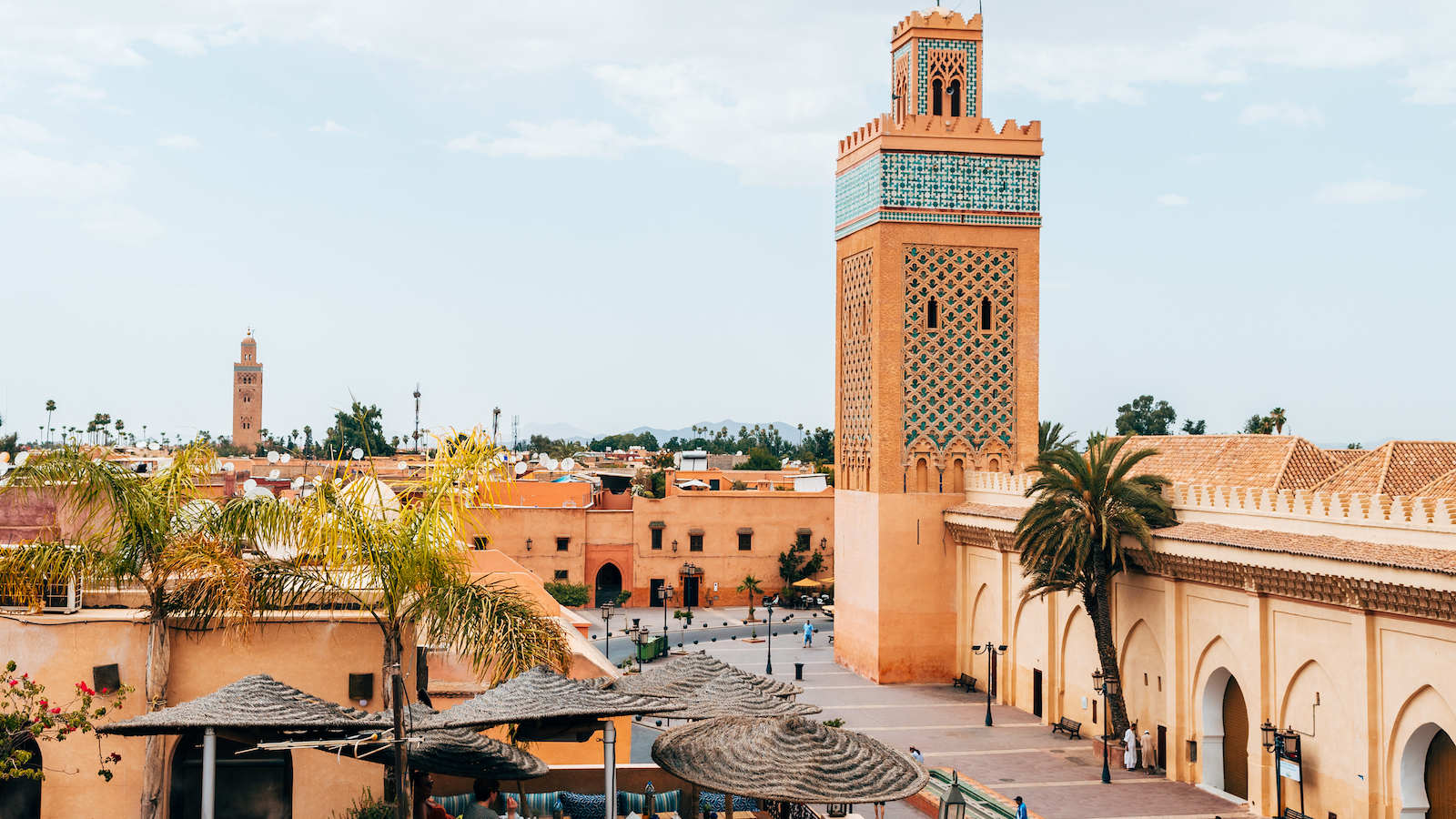


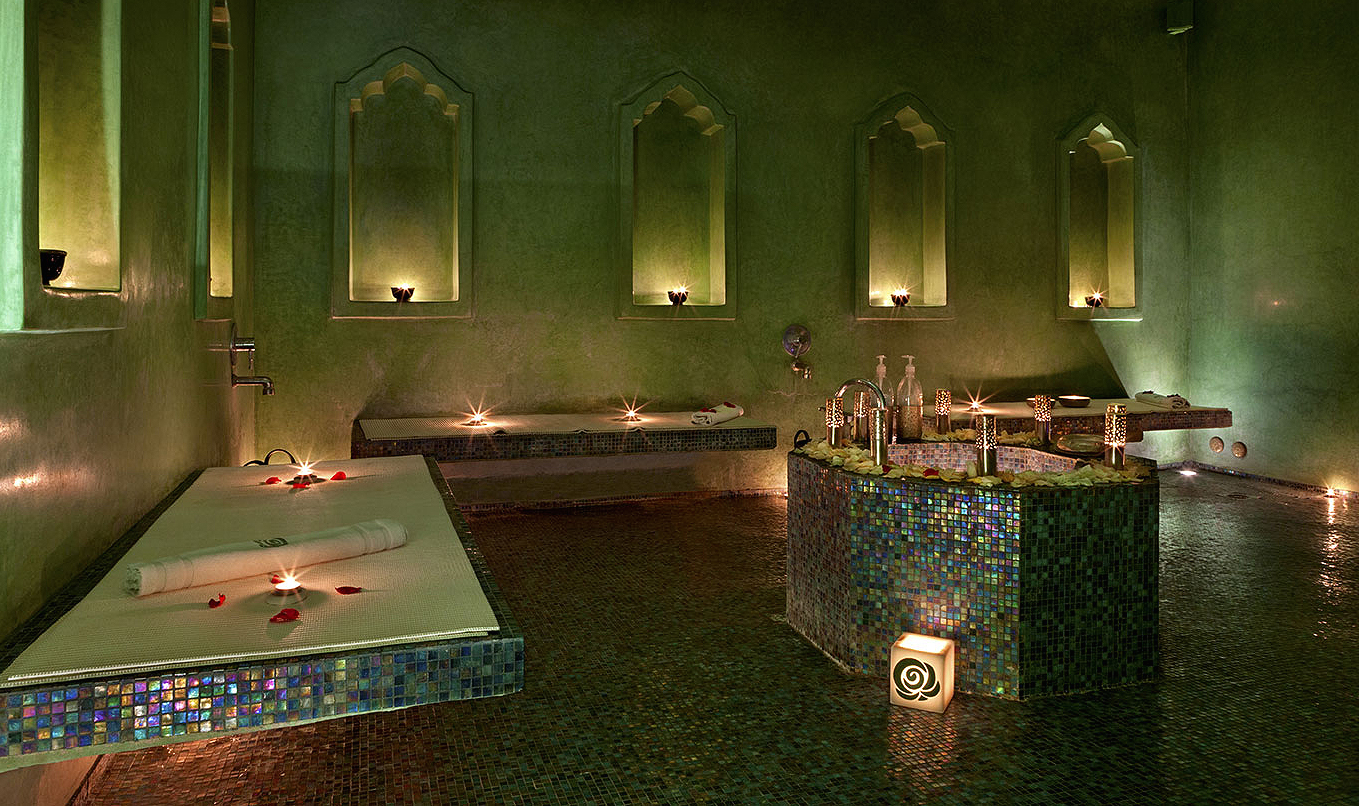



















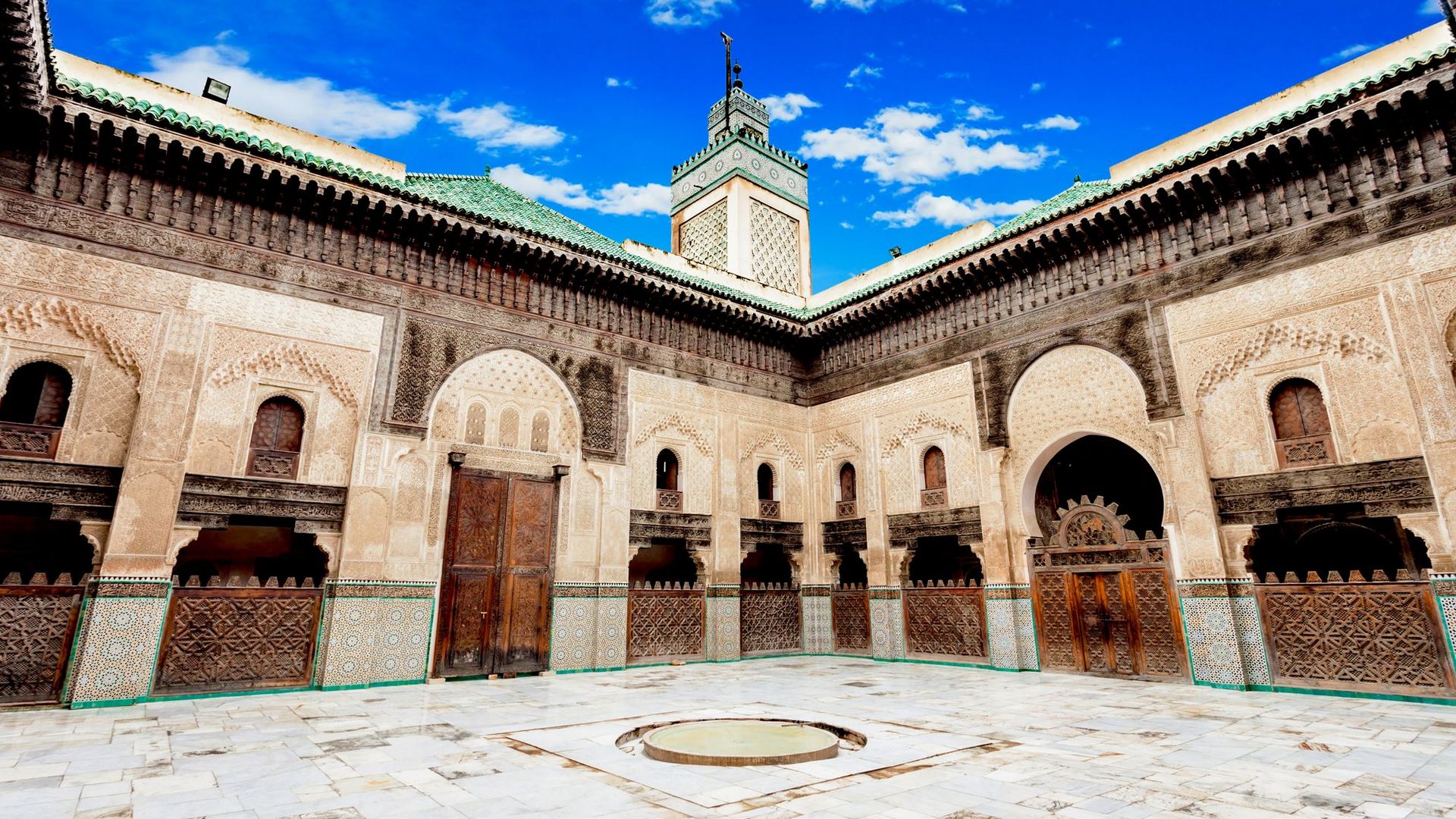
















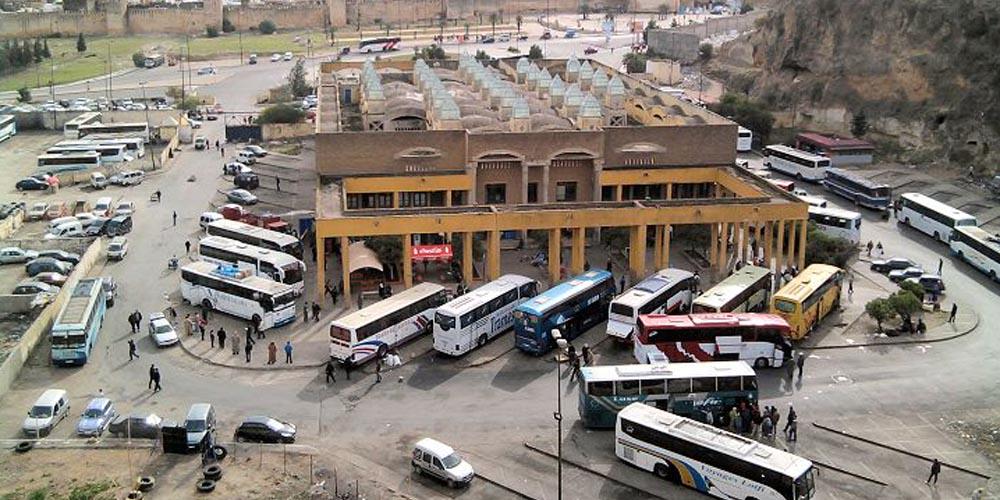





































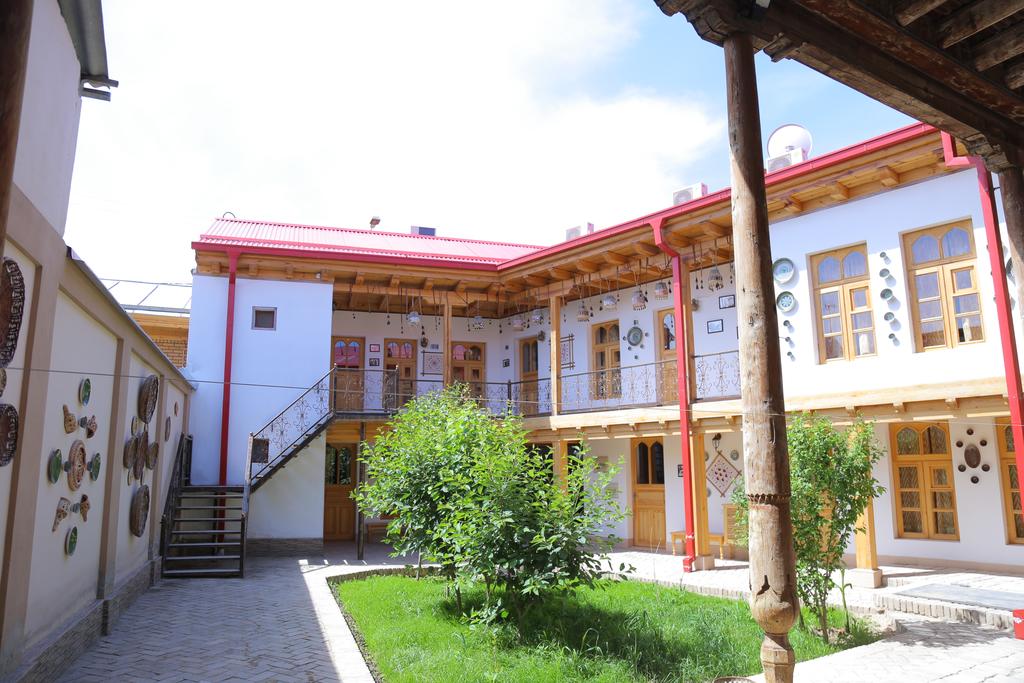


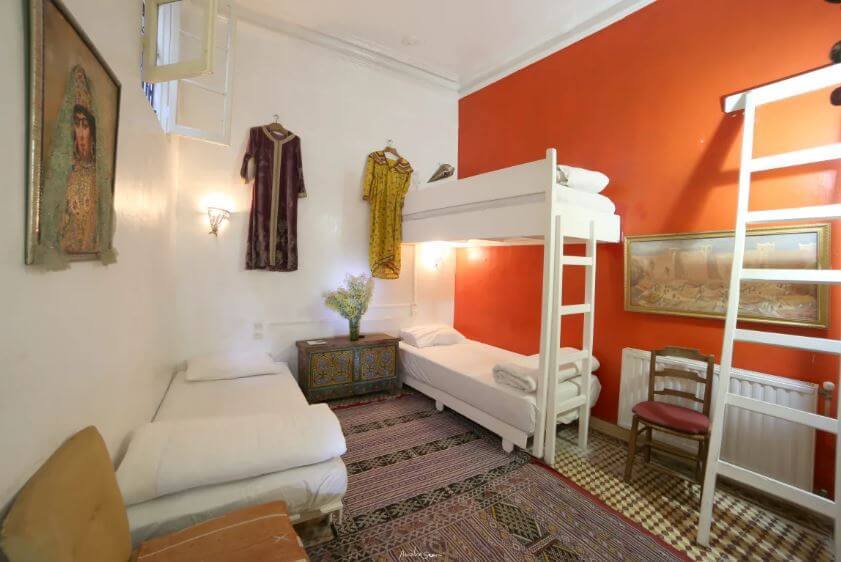




:max_bytes(150000):strip_icc()/GettyImages-520077758-5b8024f946e0fb0050b106ee.jpg)
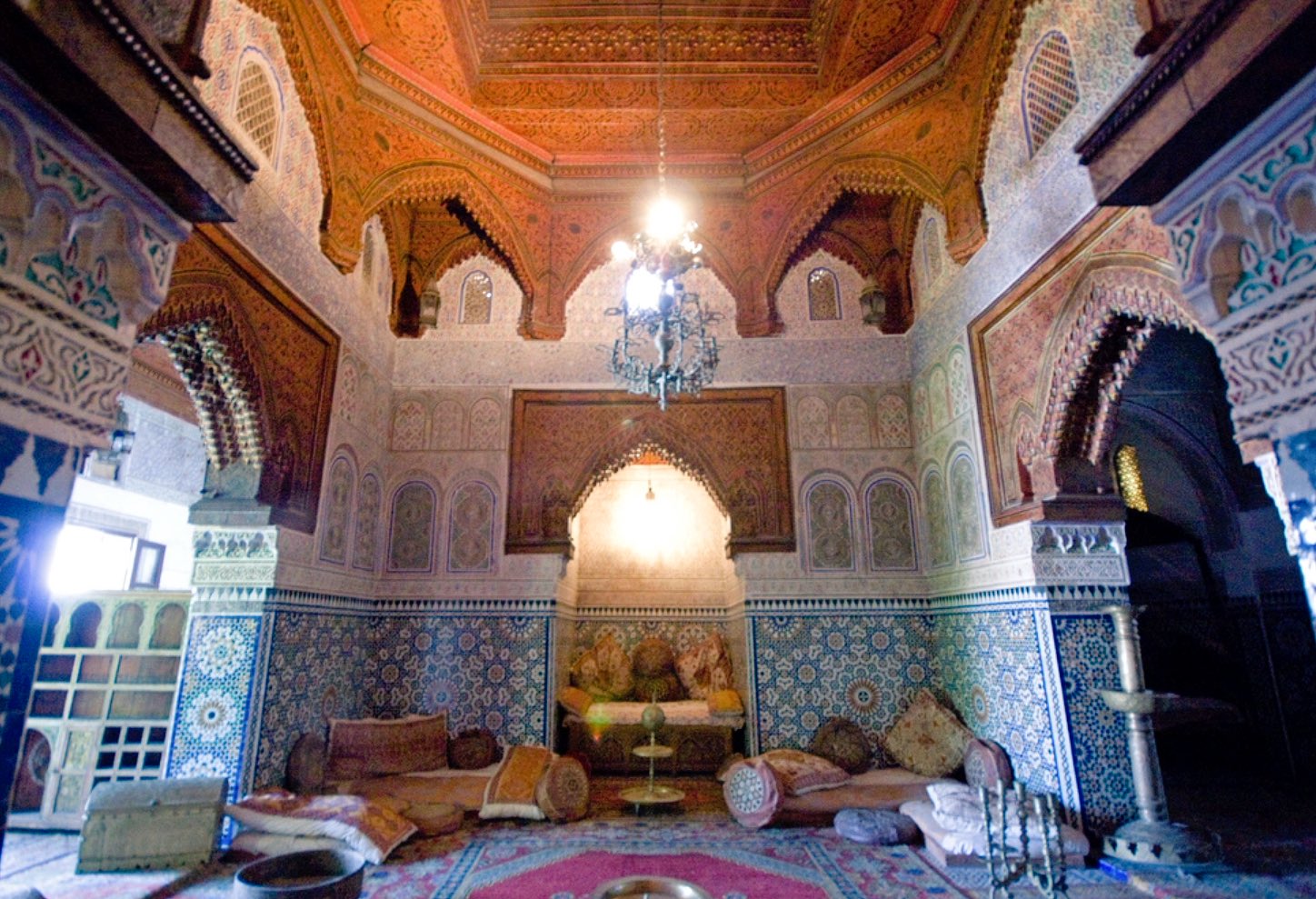





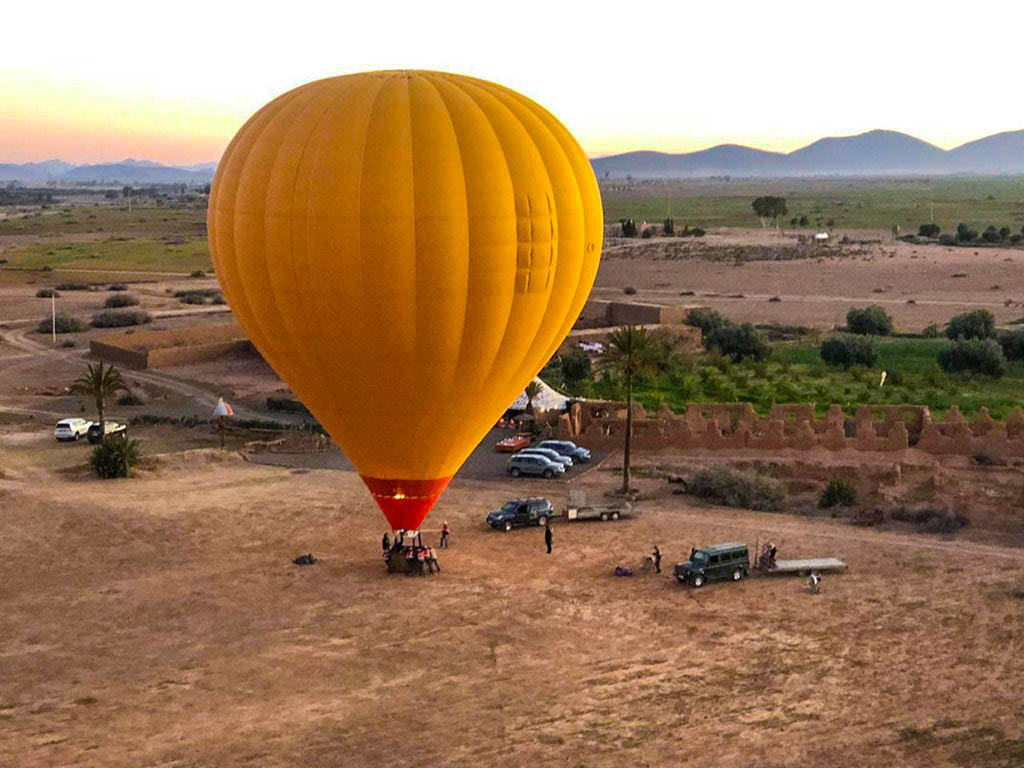





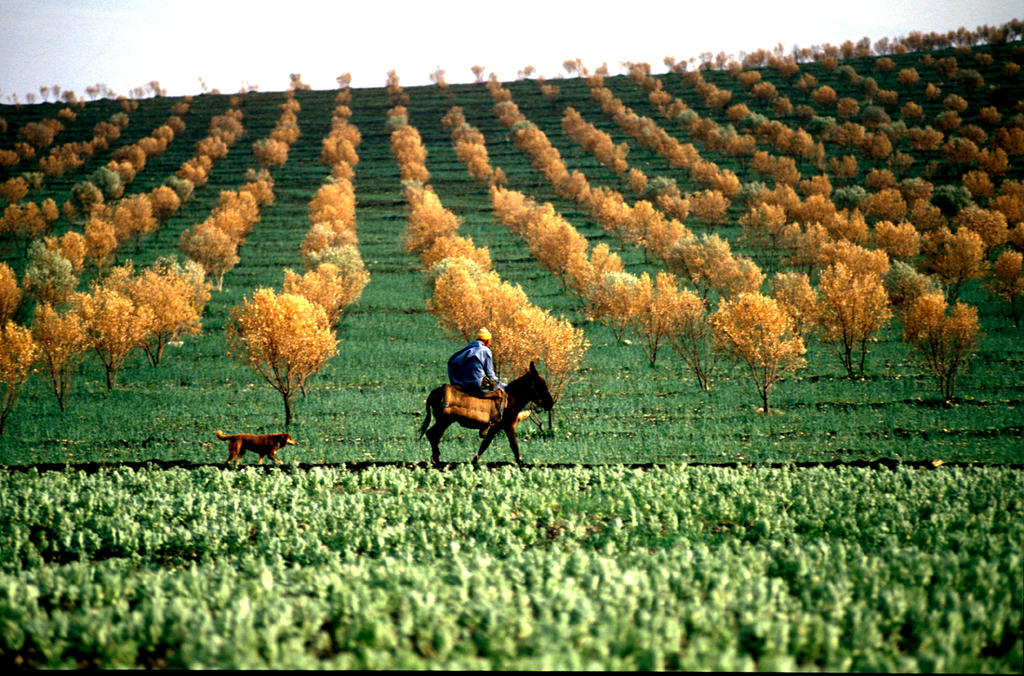
























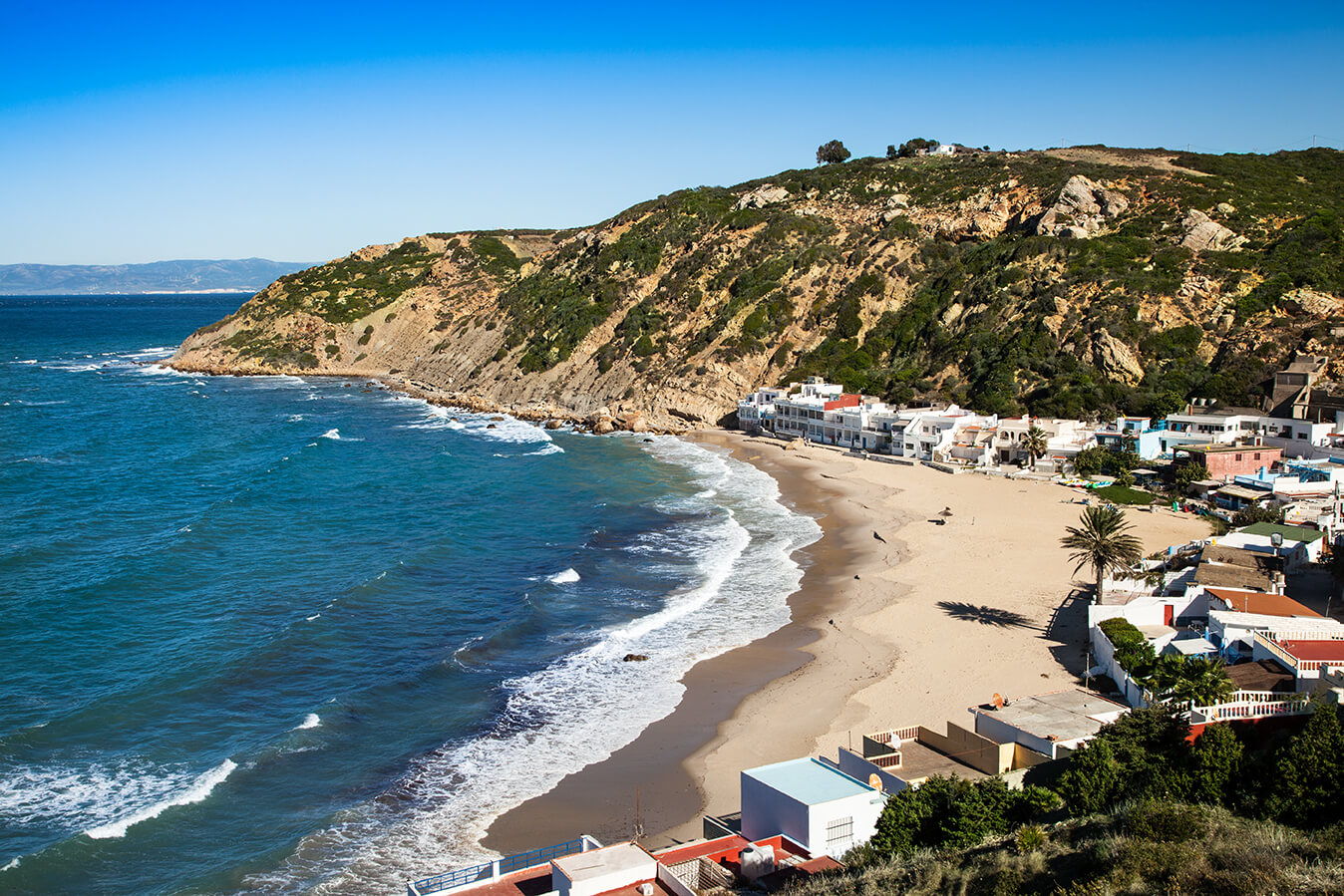








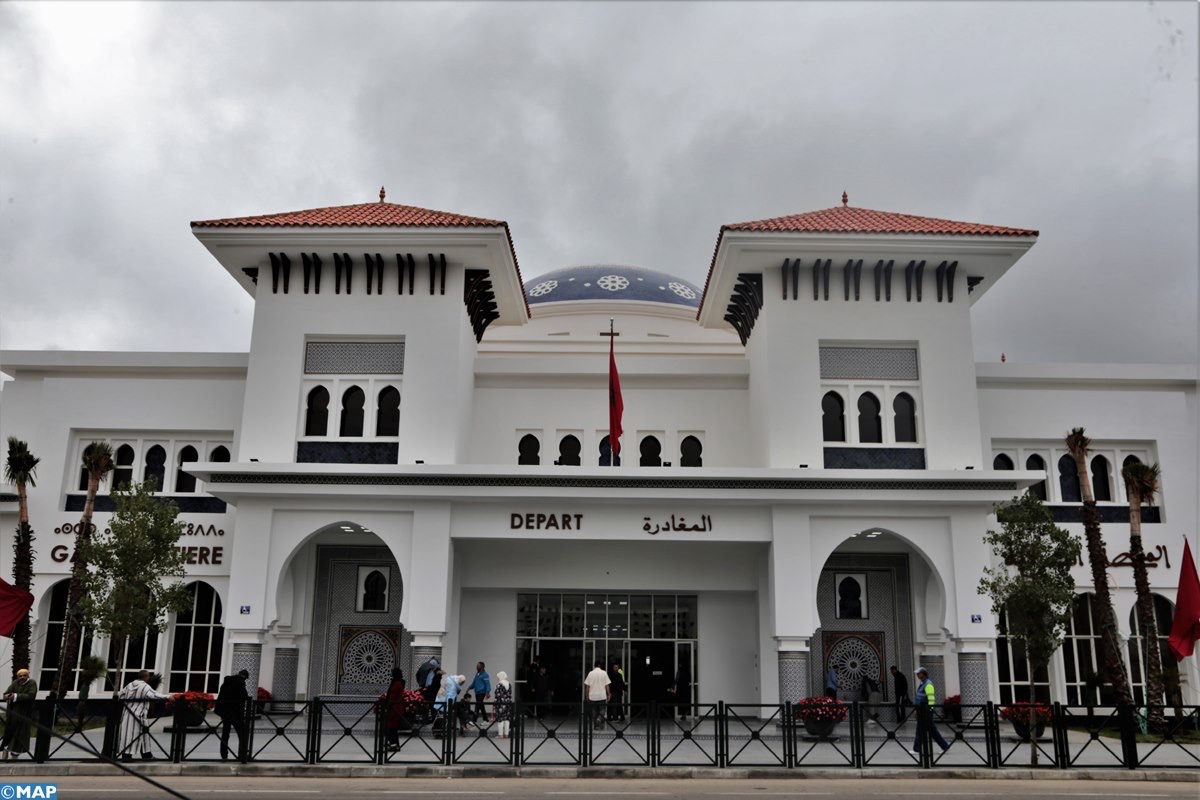







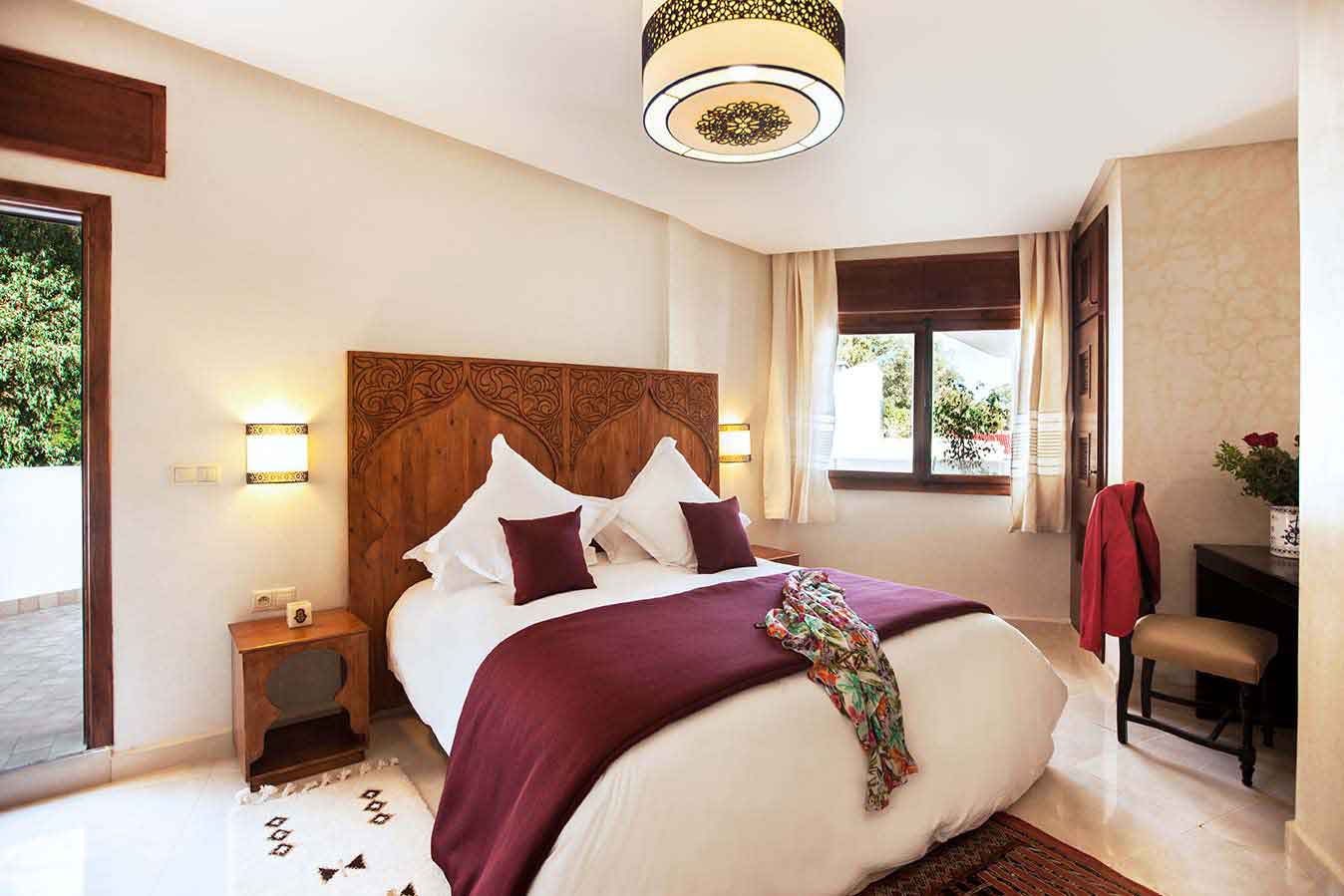







:max_bytes(150000):strip_icc()/GettyImages-846499126-5c66966646e0fb00011e99da.jpg)


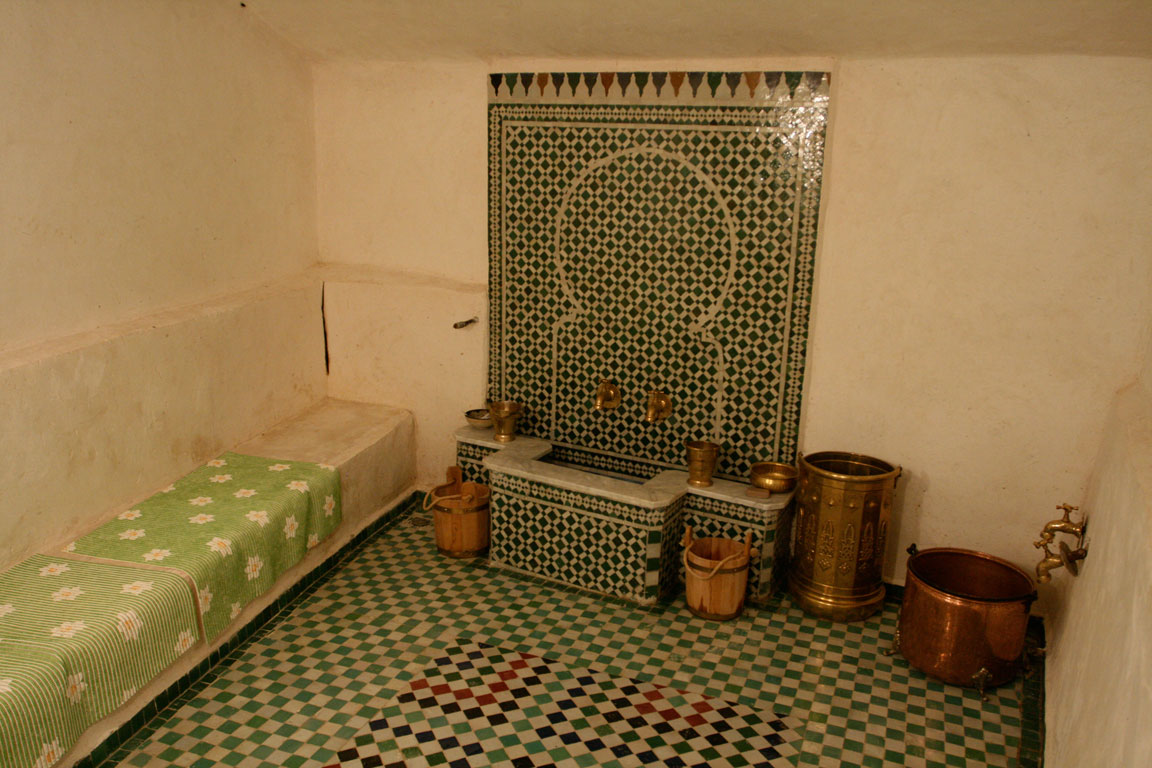















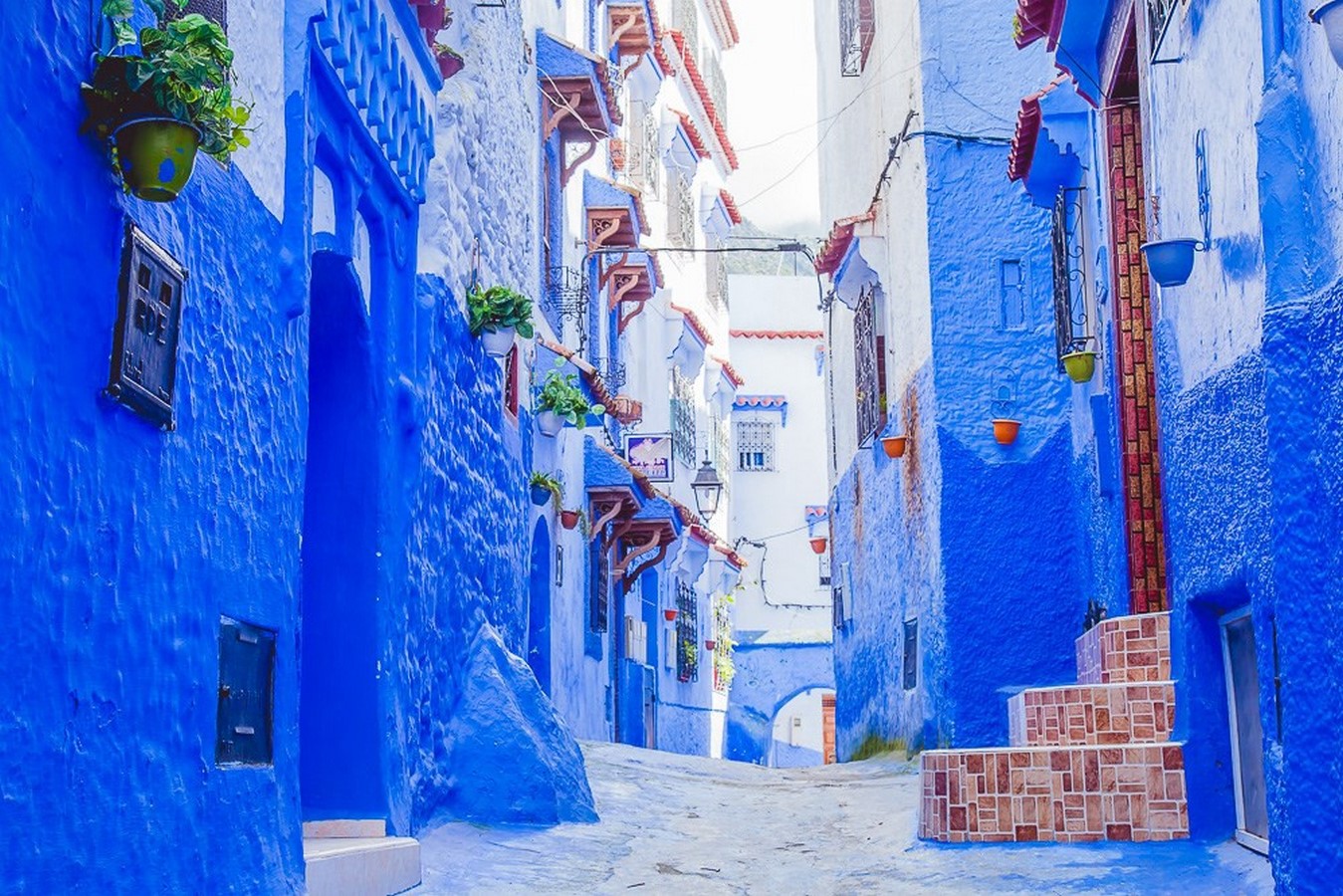





























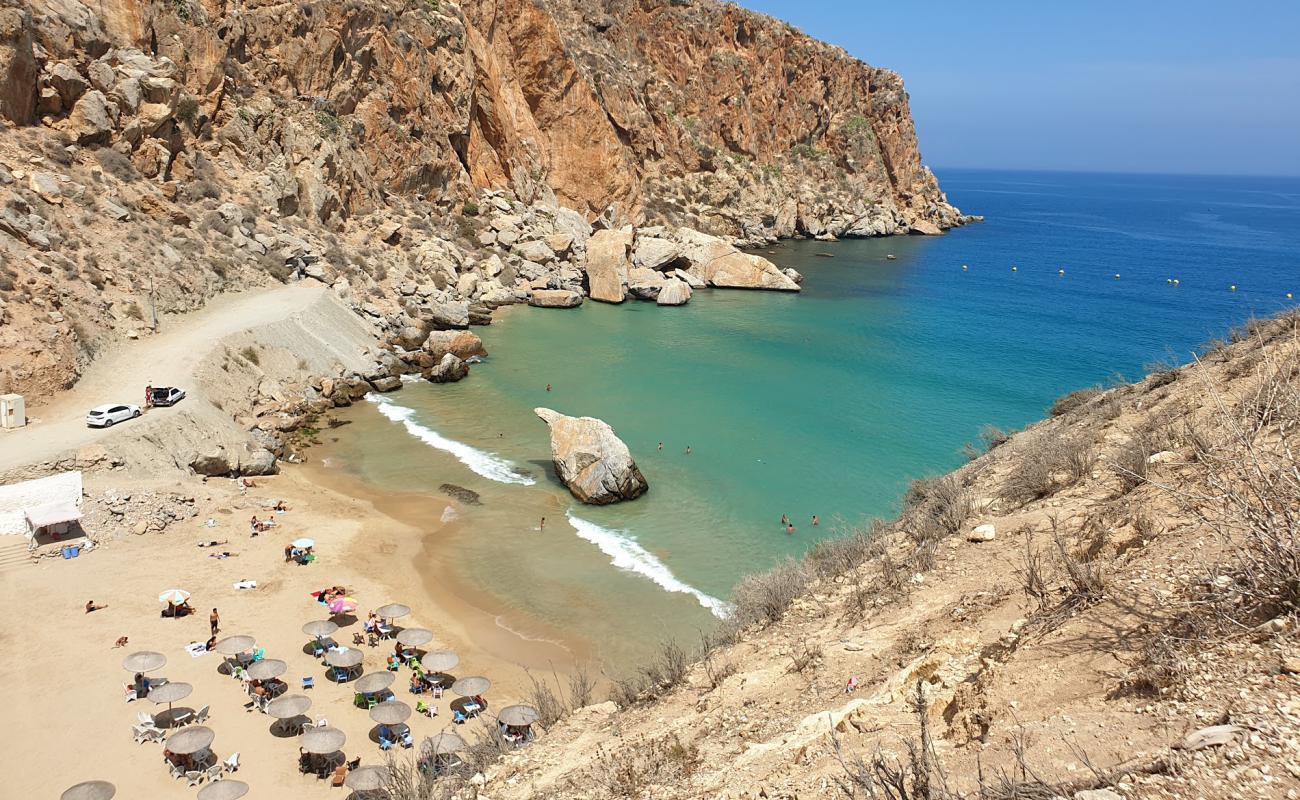





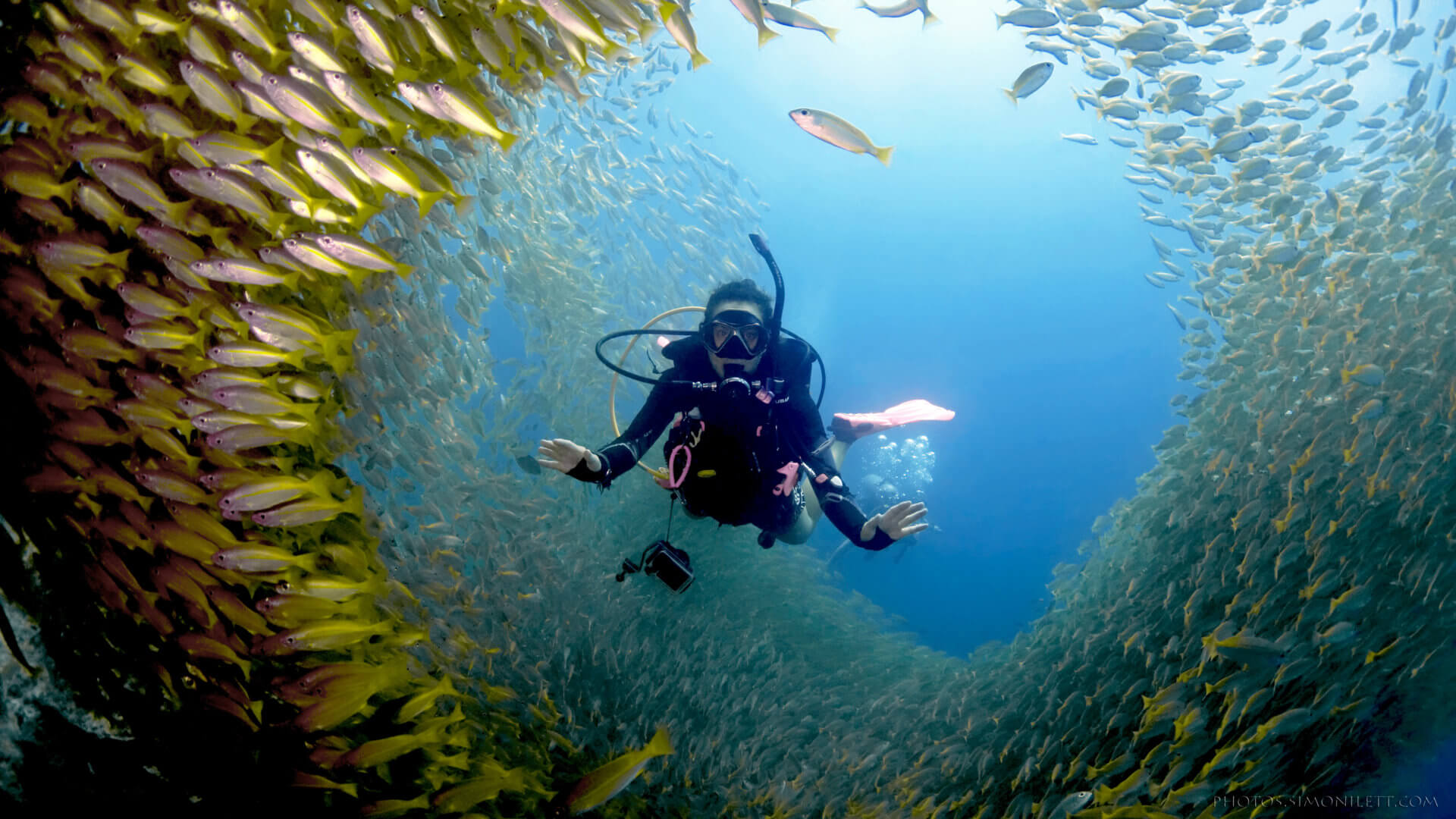

















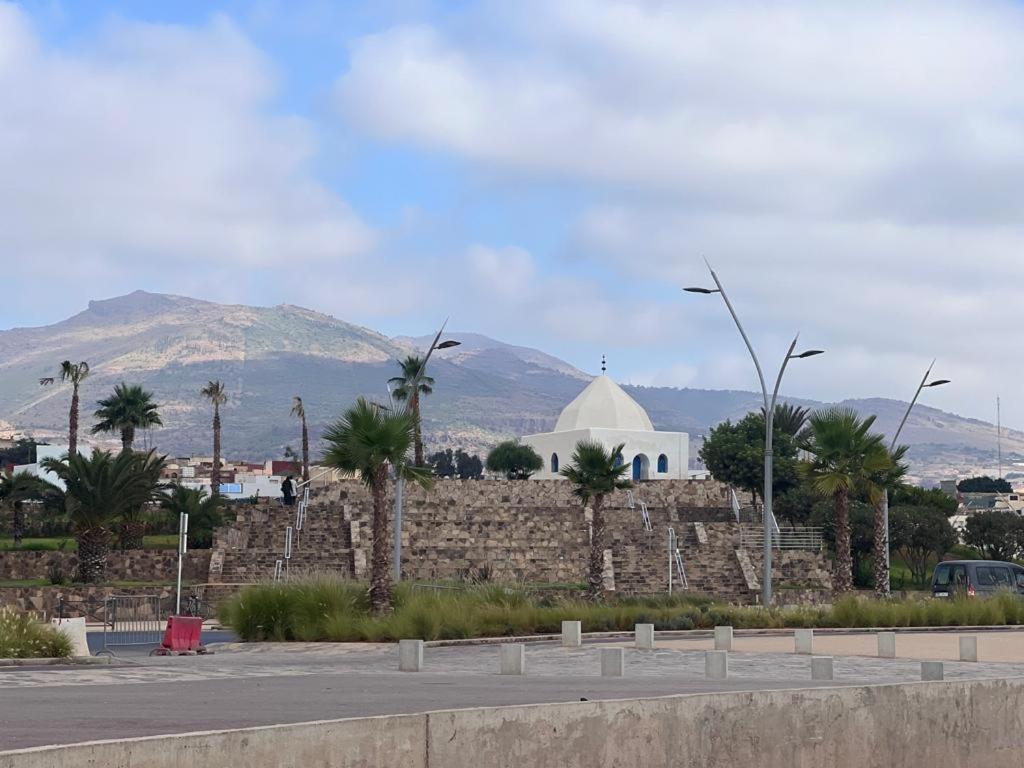
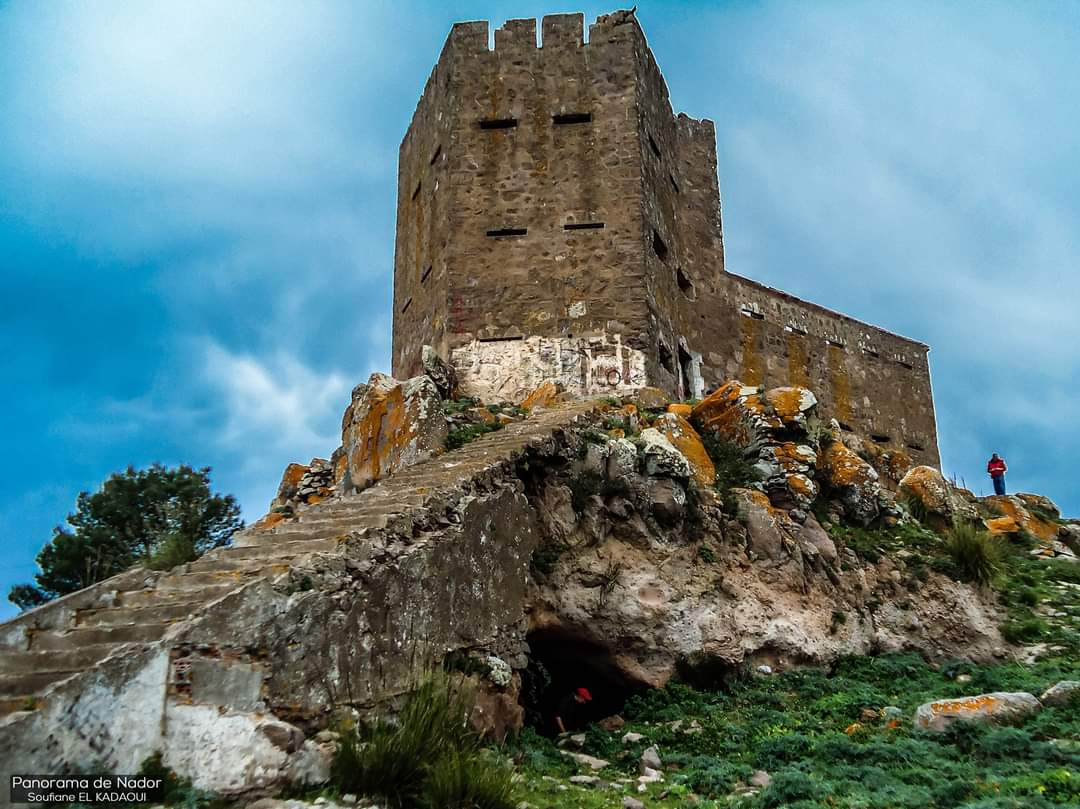








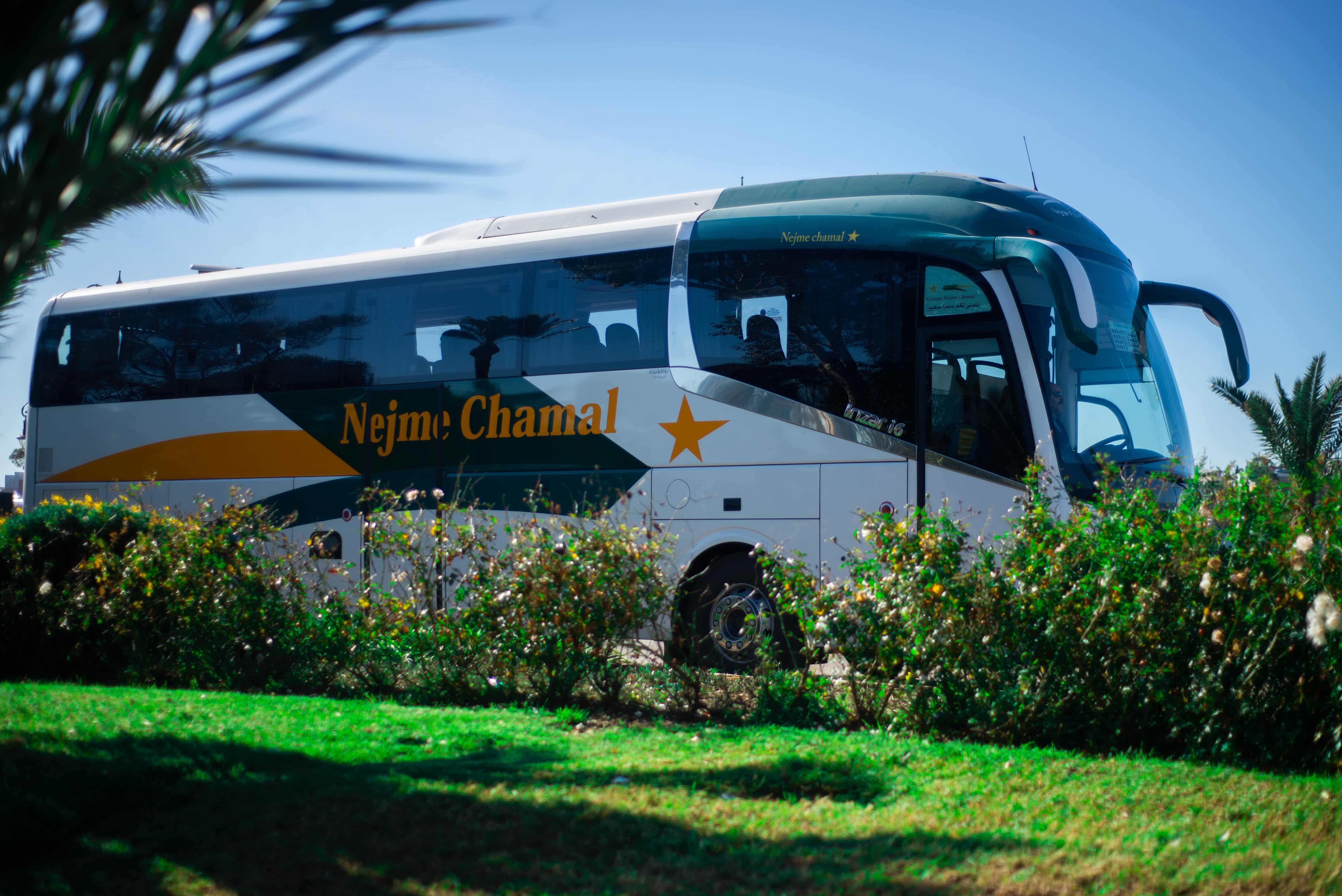







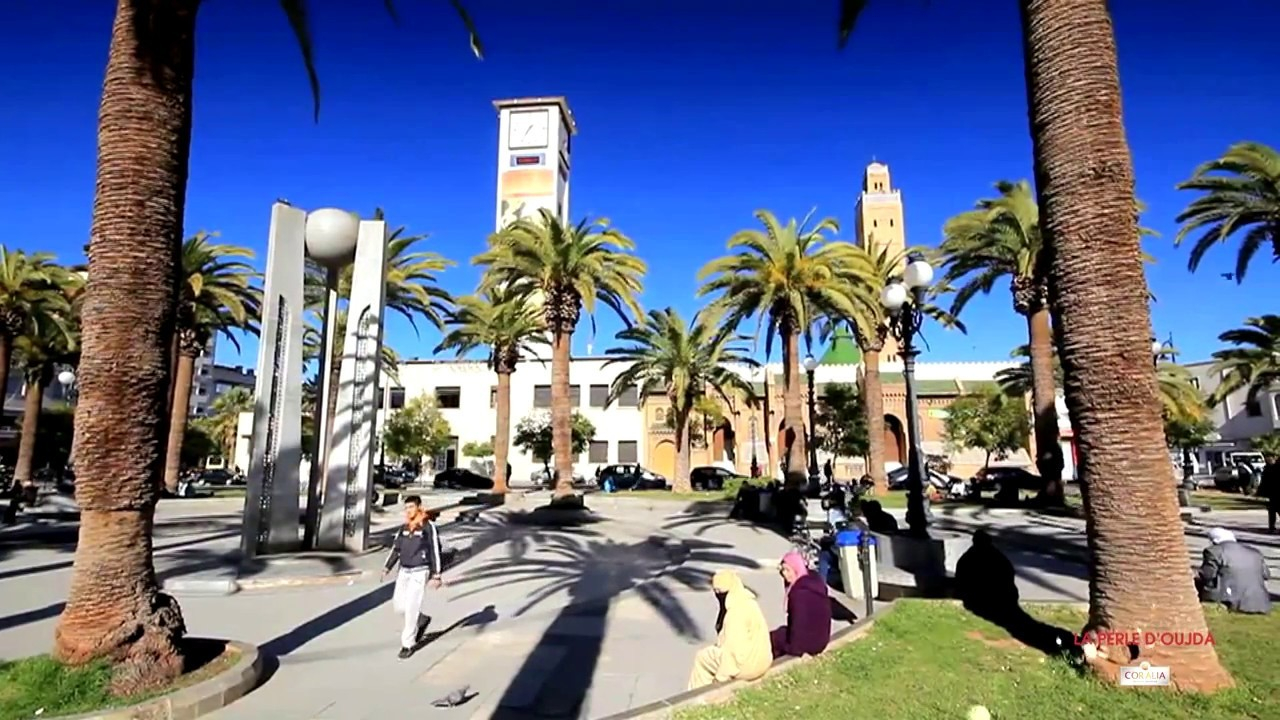











:quality(70)/cloudfront-eu-central-1.images.arcpublishing.com/le360/5ODAXIU6NNFIREW2NXNMKX3QHM.jpg)
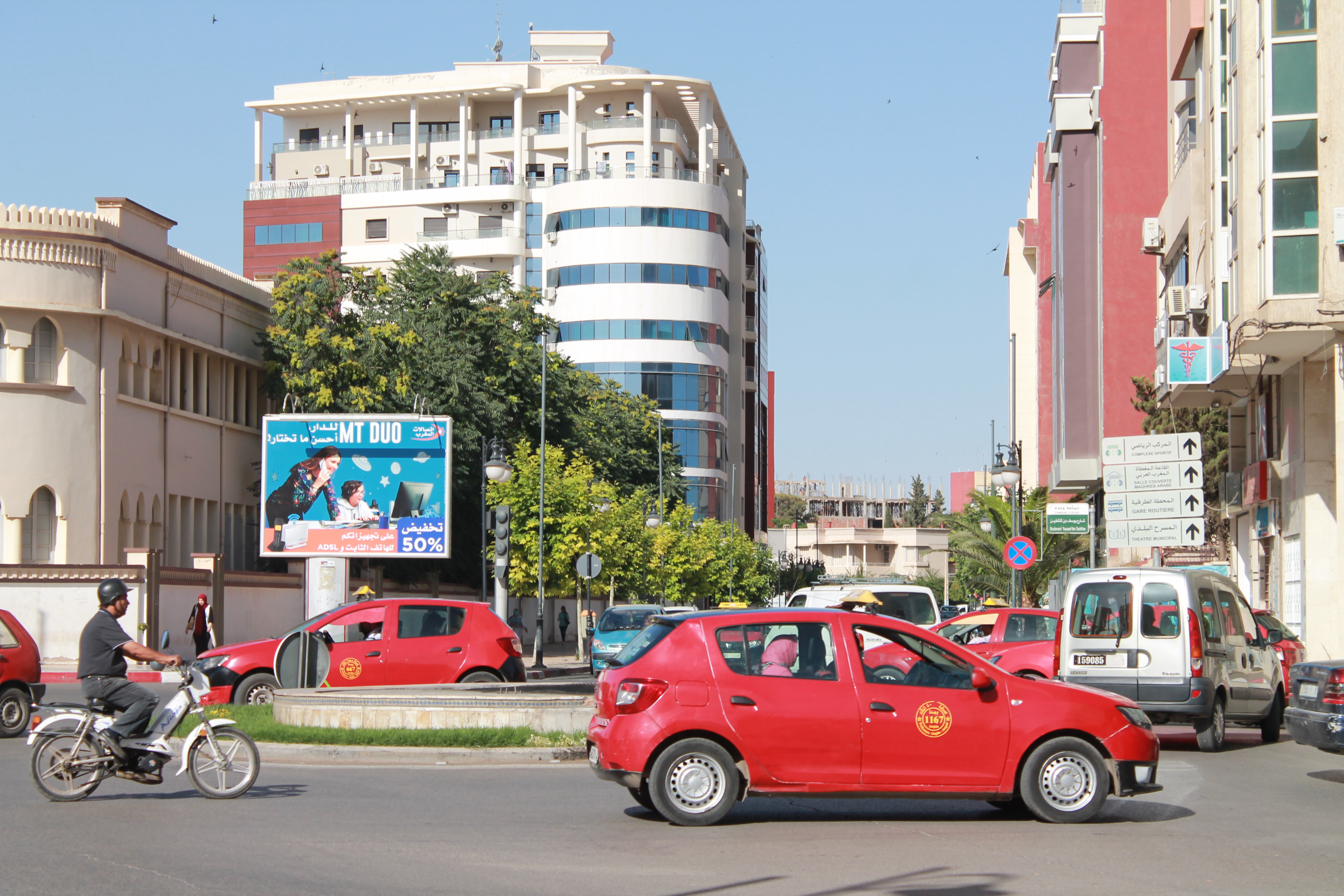




















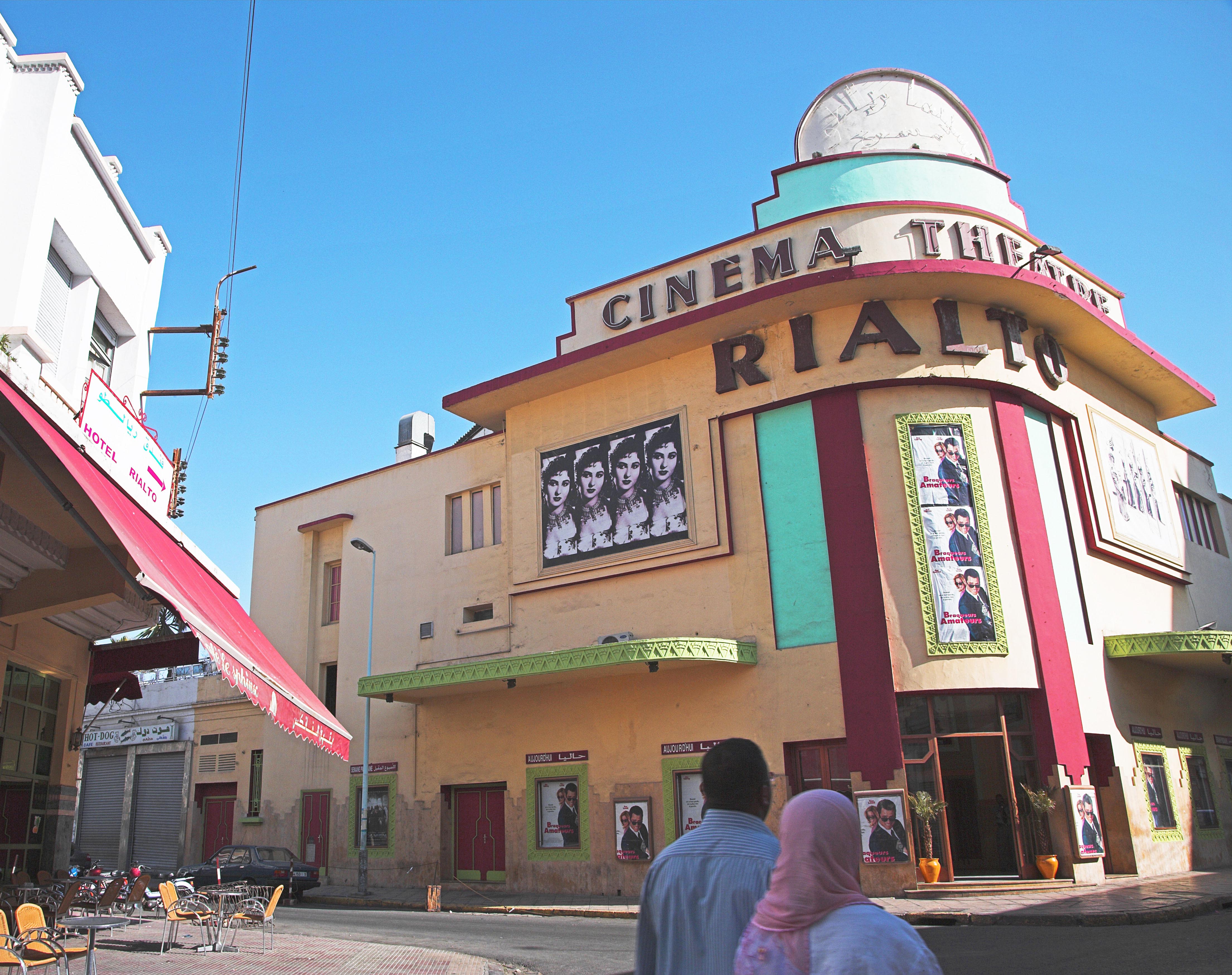
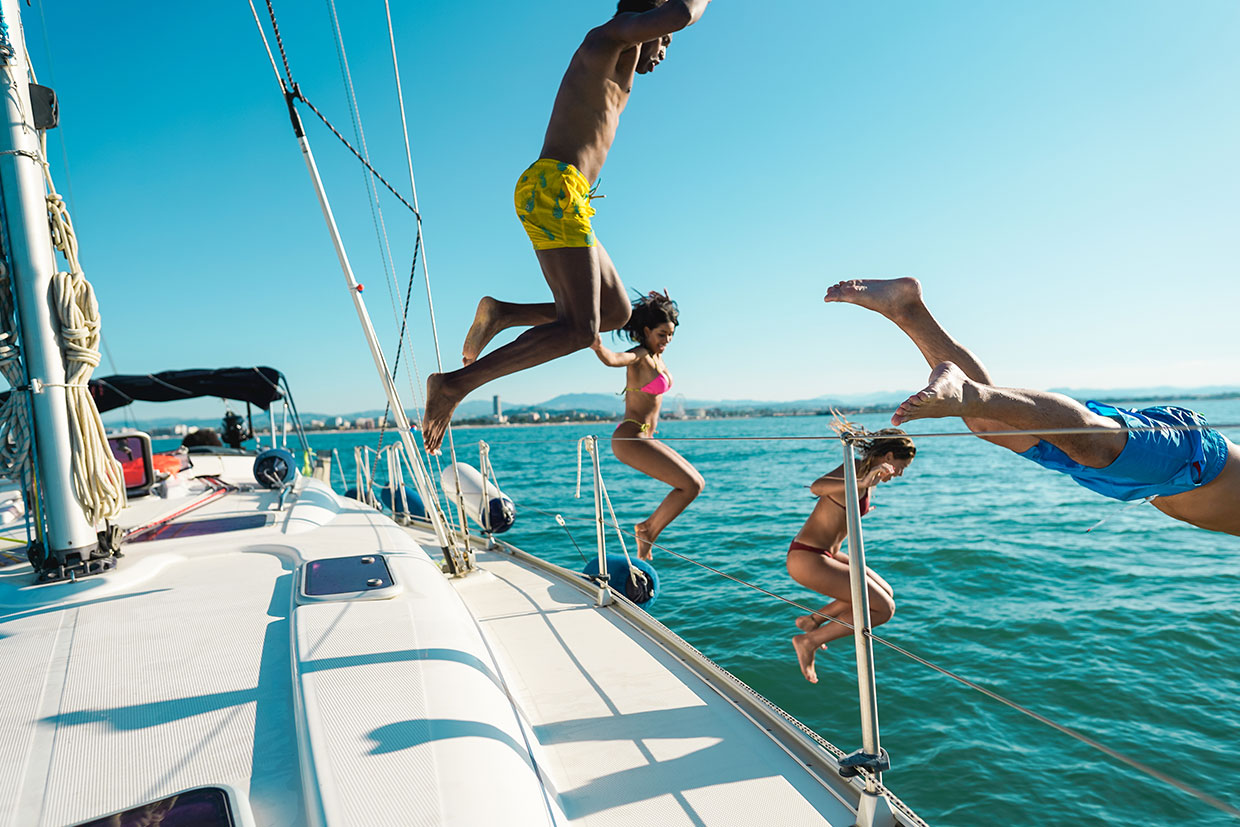




:quality(70)/cloudfront-eu-central-1.images.arcpublishing.com/le360/JLQZBUNCCNCN7KUS37W7OBIJ3Q.jpeg)


:quality(70)/cloudfront-eu-central-1.images.arcpublishing.com/le360/66WHF4FIRNBWZC7BSJN6IP66HU.jpg)
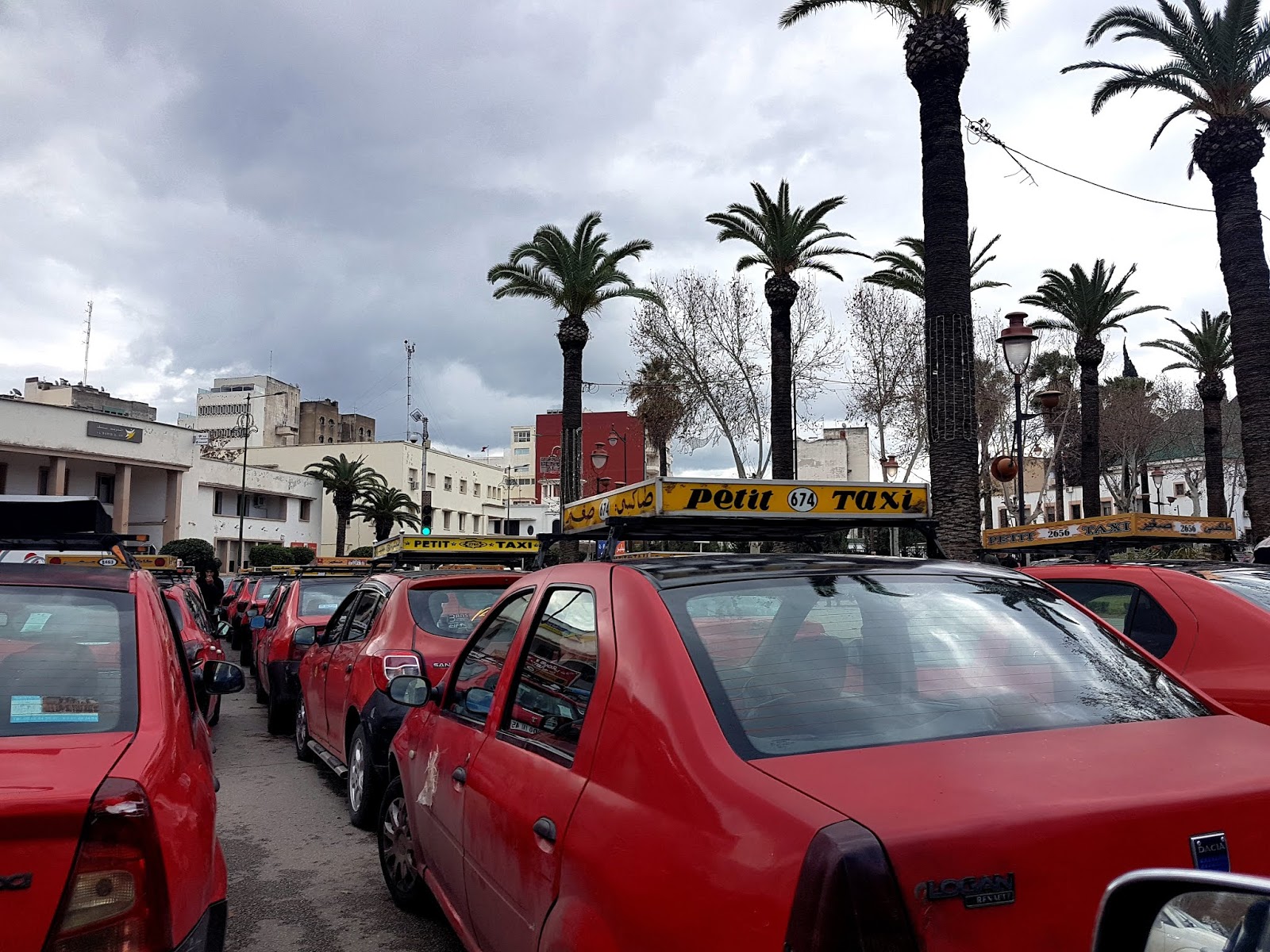
:quality(70)/cloudfront-eu-central-1.images.arcpublishing.com/le360/2LMFGK5DLZESNGXUXNP5MD2YGQ.jpg)















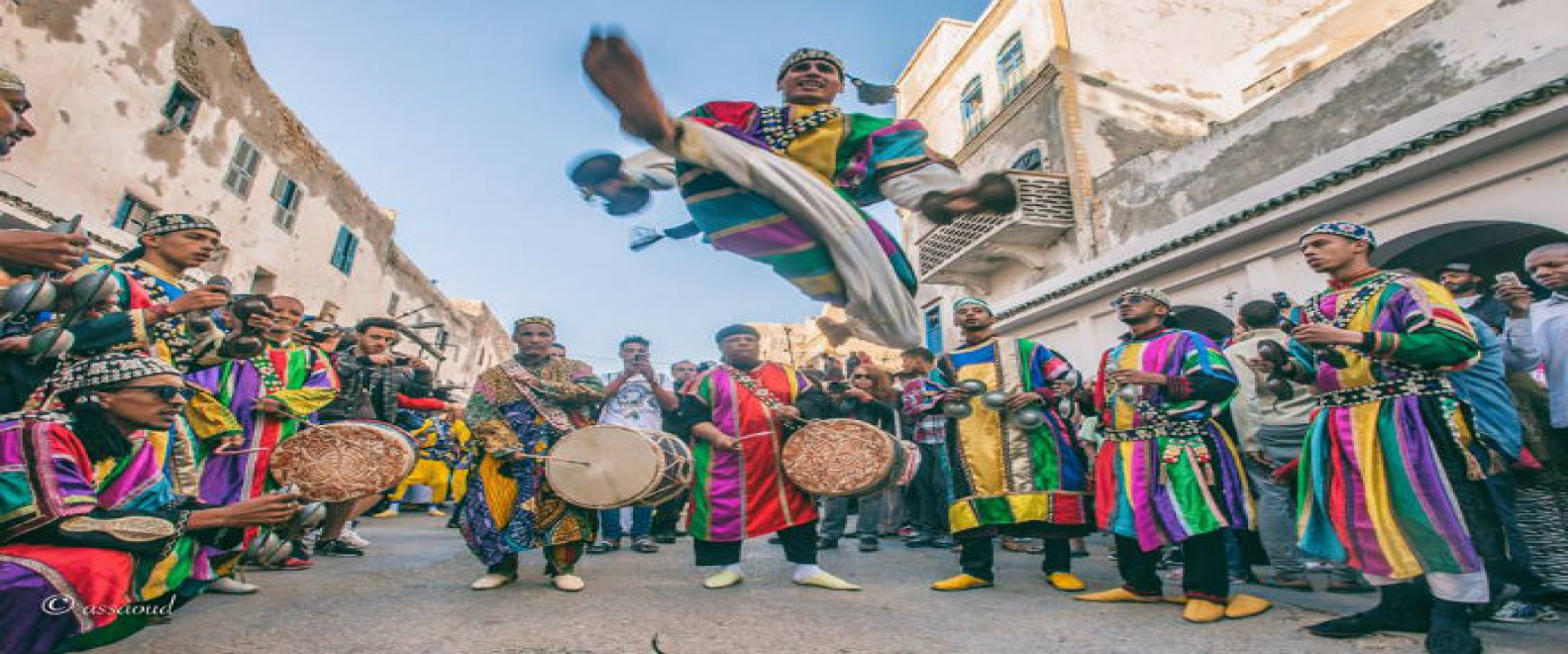
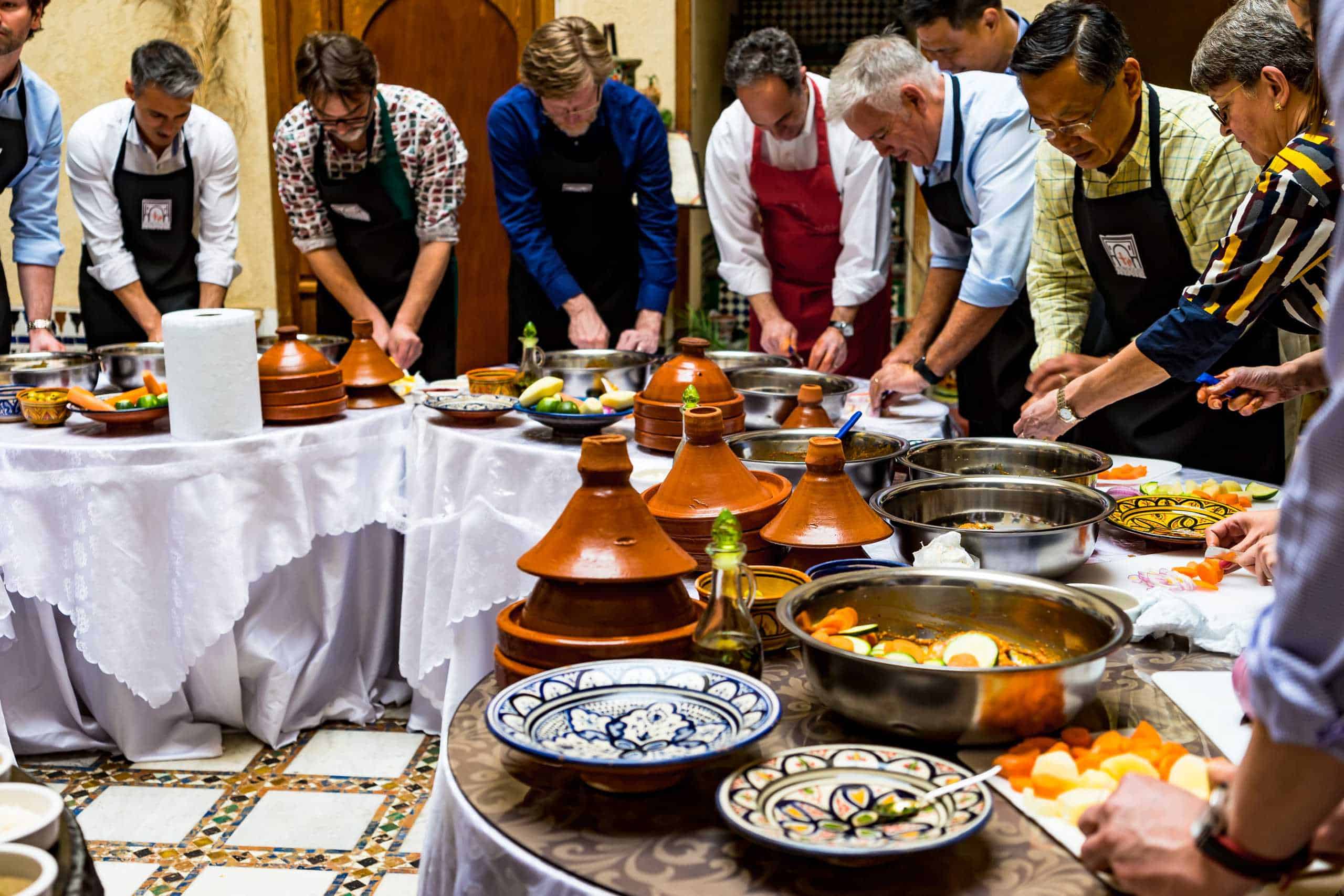







































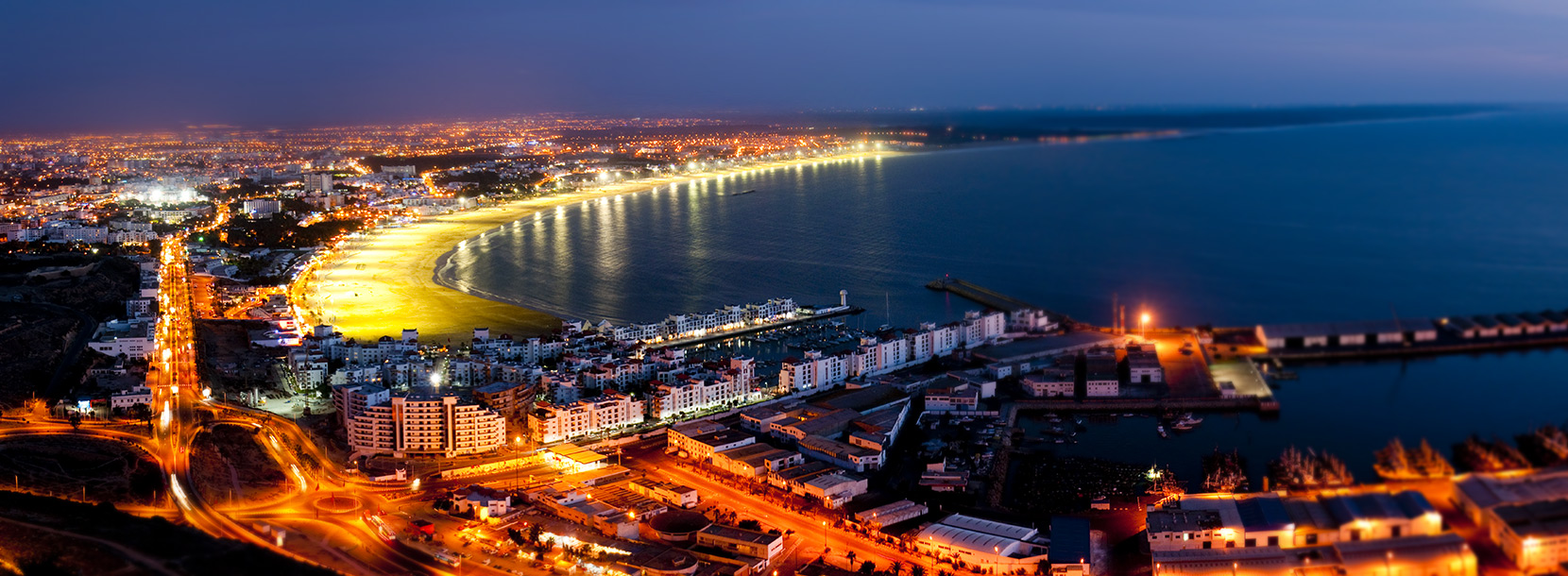



:quality(70)/cloudfront-eu-central-1.images.arcpublishing.com/le360/ZLCBY6MISNHVHLO6BMGGZBVY3Q.jpg)

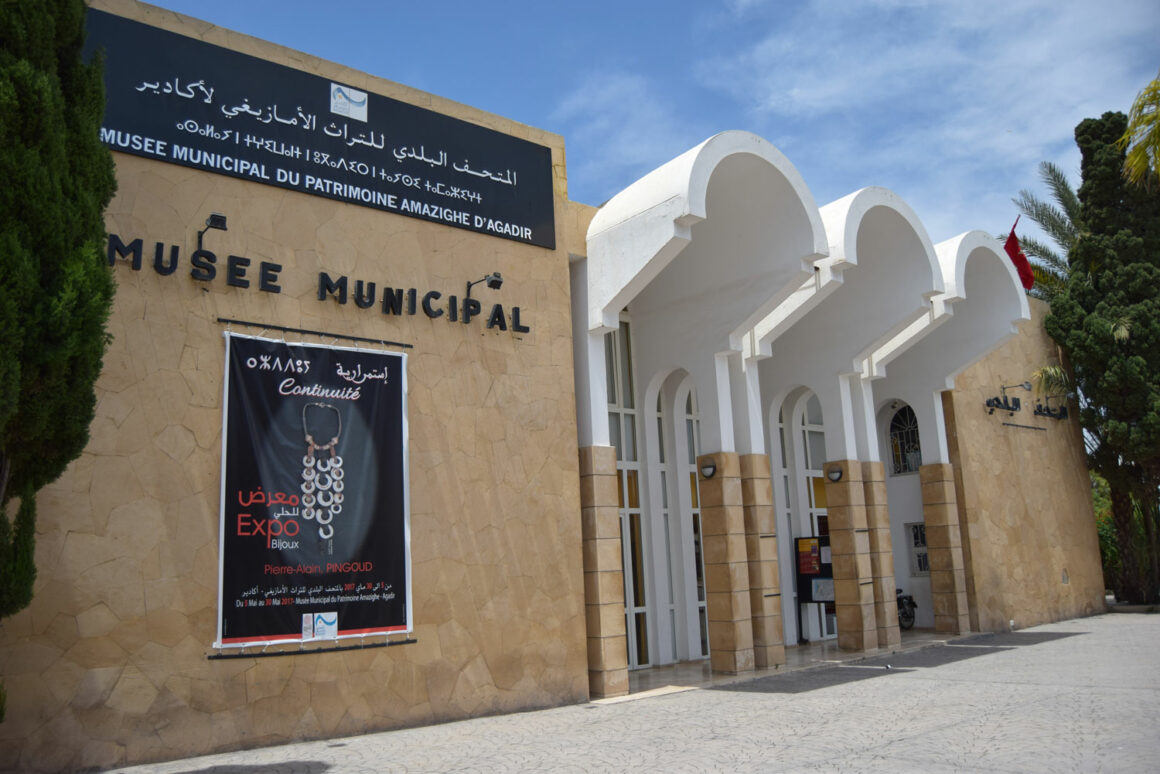


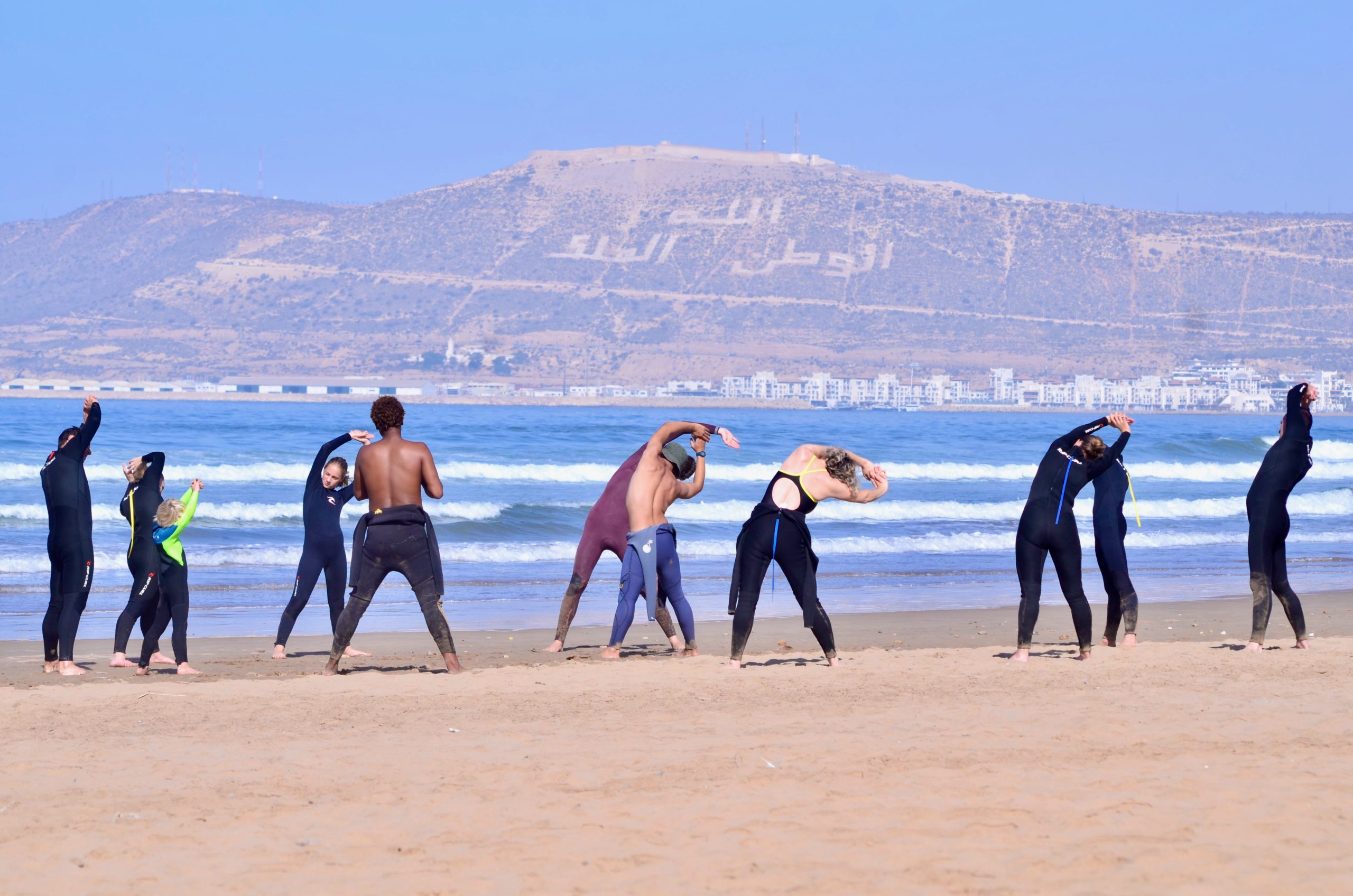


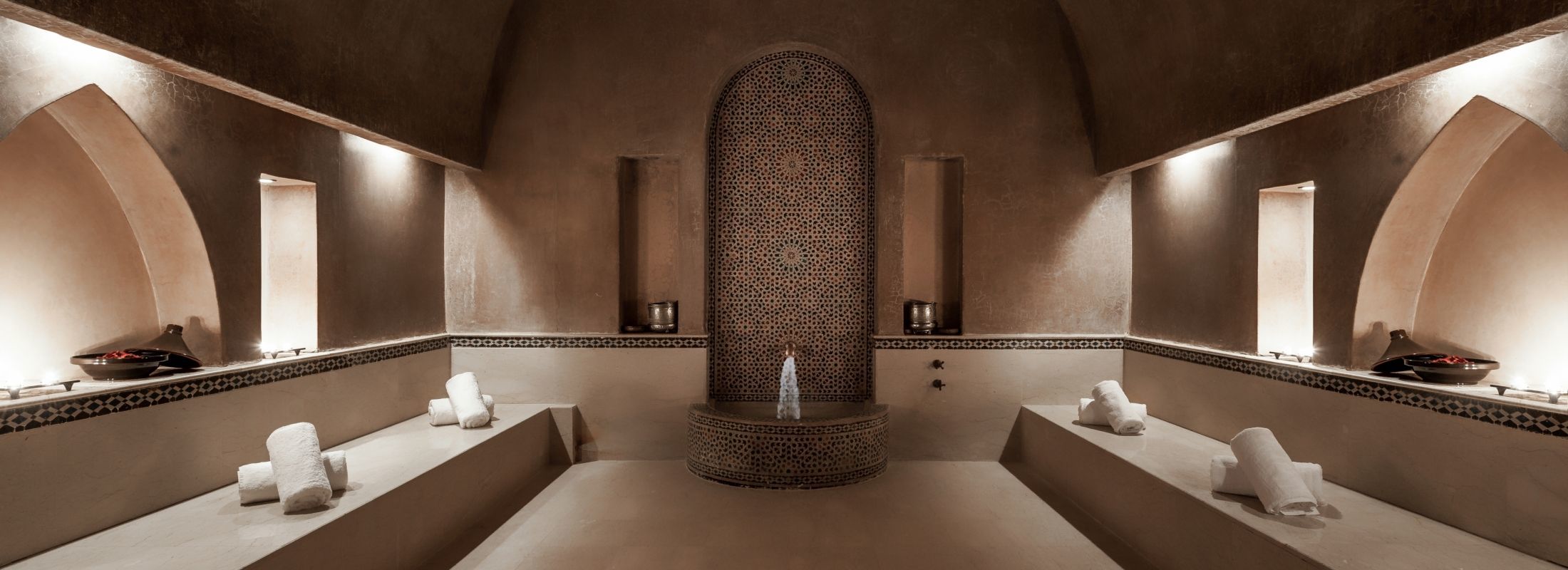
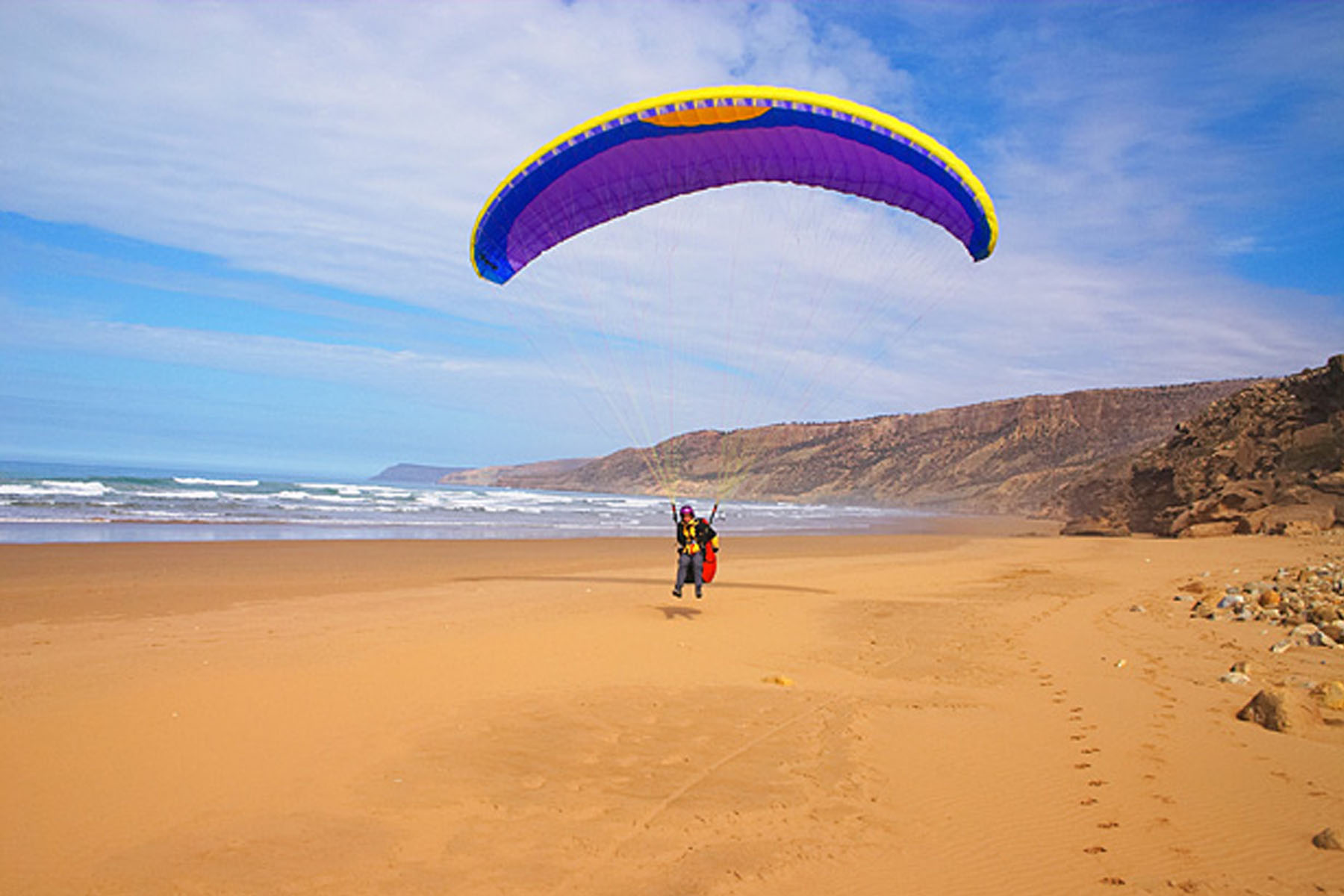


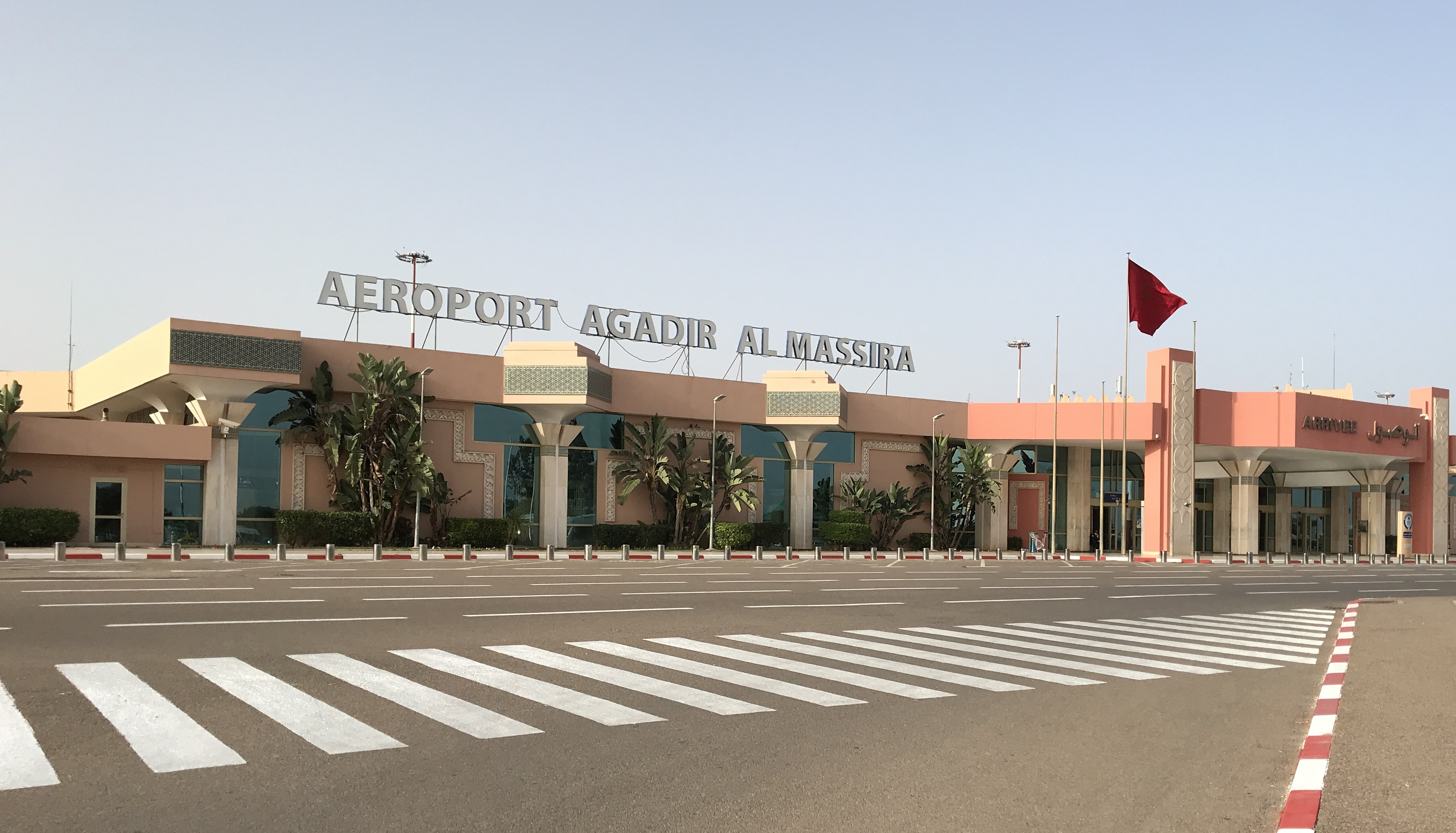

:quality(70)/cloudfront-eu-central-1.images.arcpublishing.com/le360/I4HC6I56FJCN7I2Z7K5MI2GVIQ.jpg)























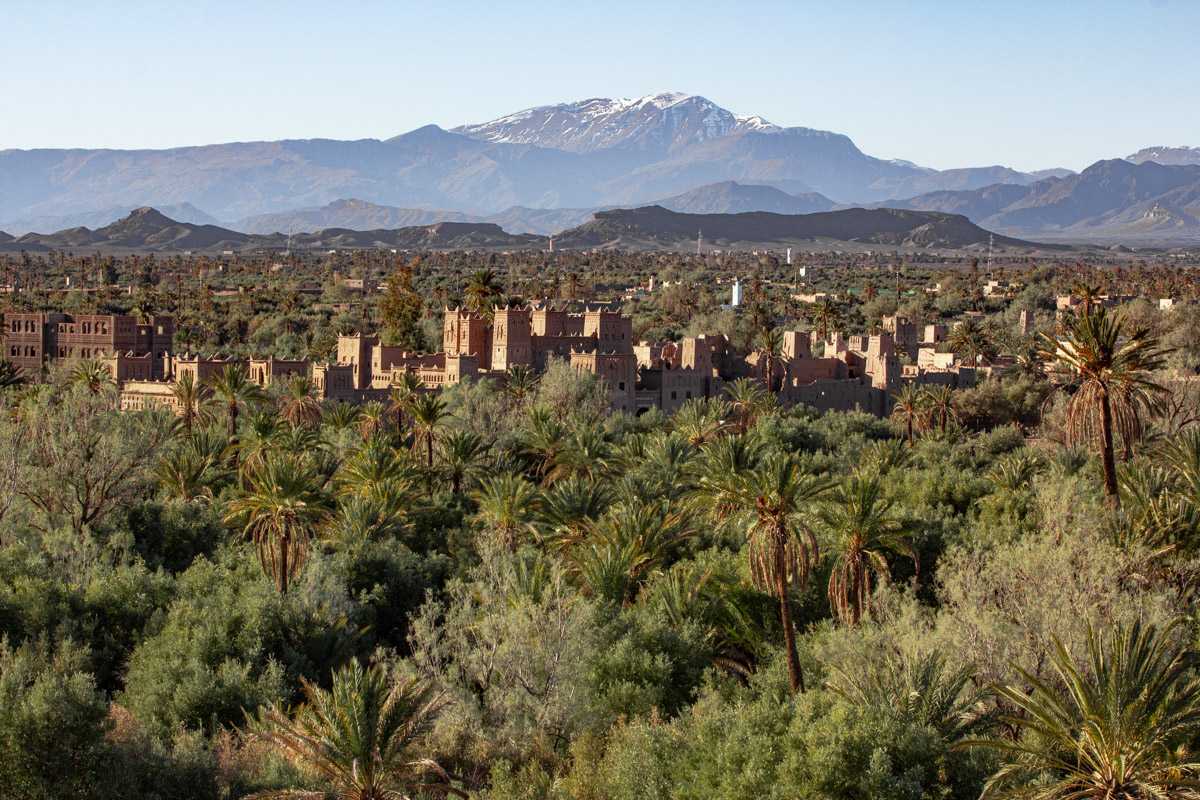





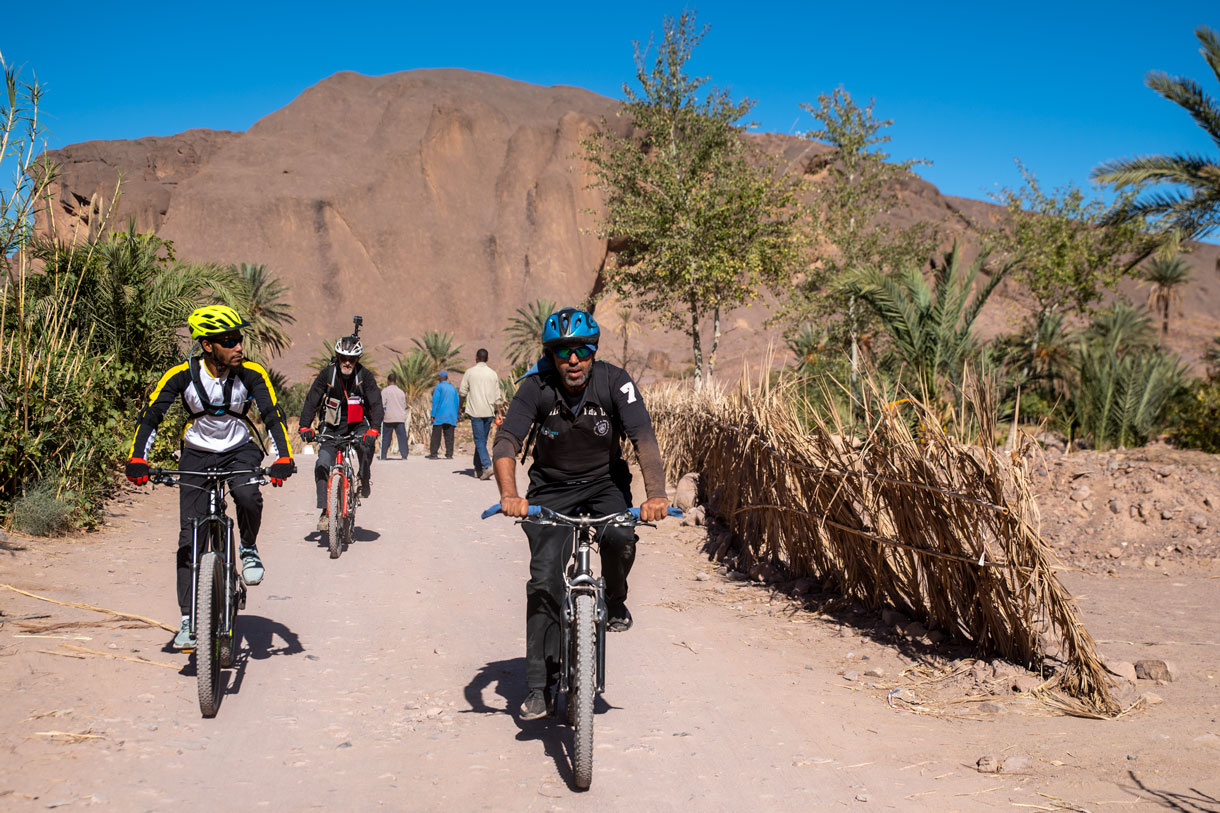















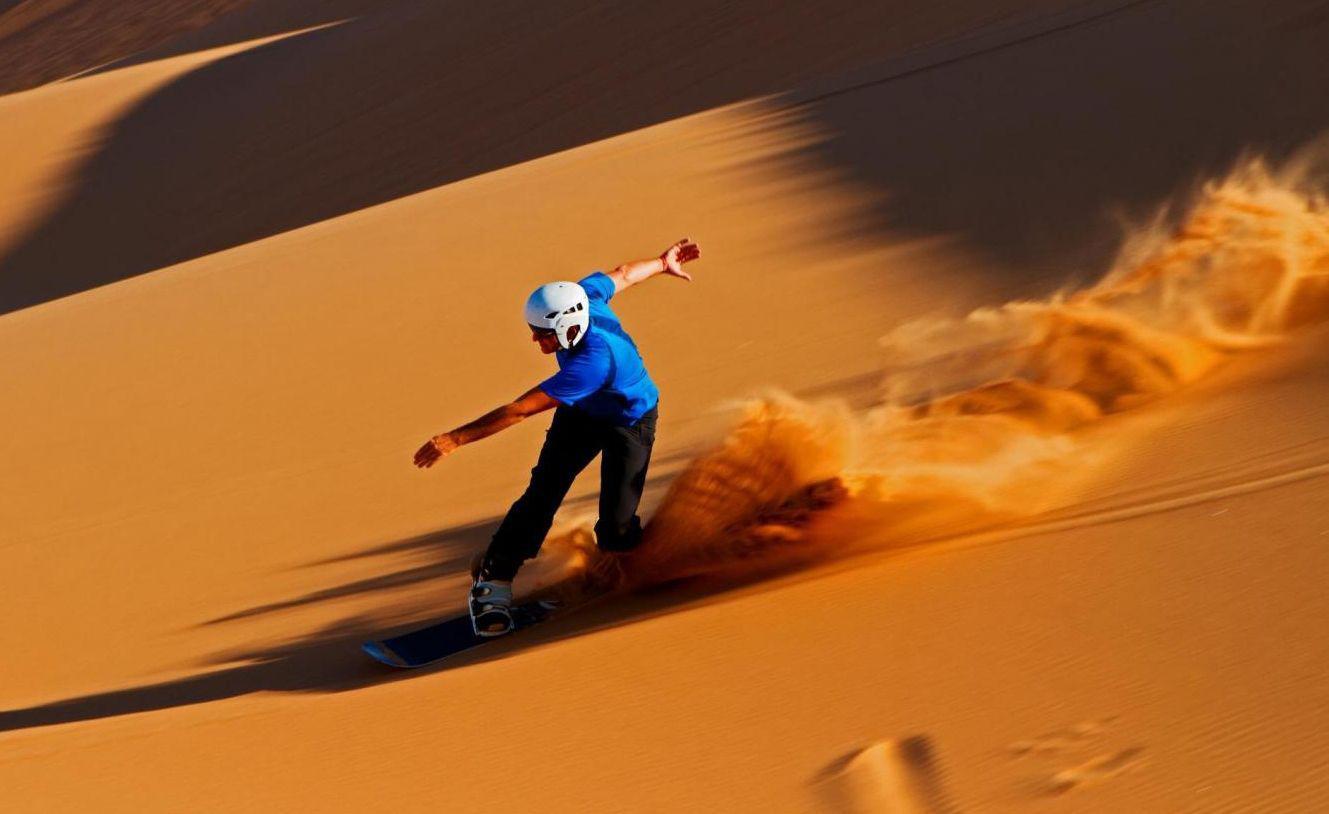



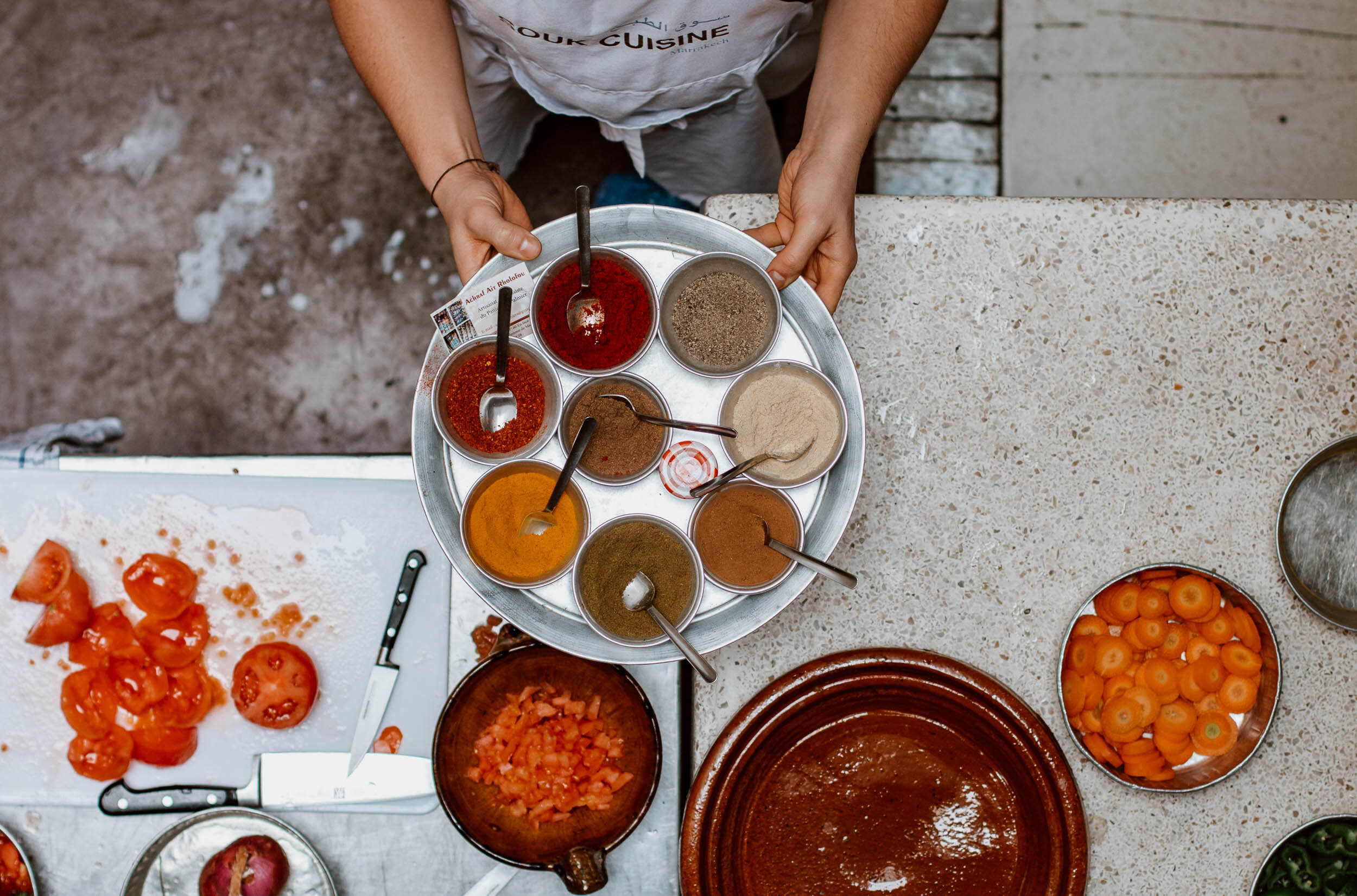


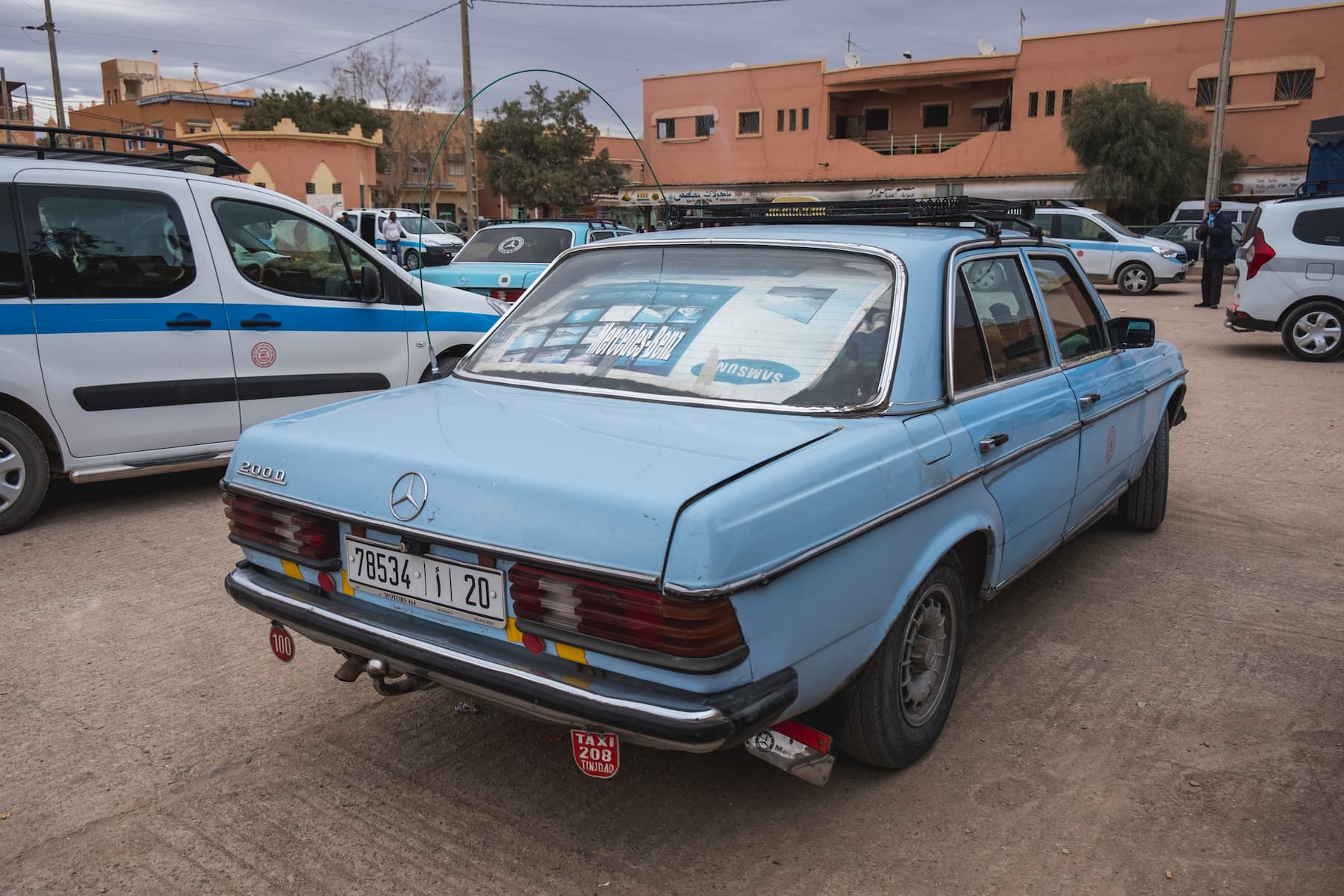









:quality(70)/cloudfront-eu-central-1.images.arcpublishing.com/le360/37TBFZQFWVCBLMX6ARAN5Y3QXM.jpeg)


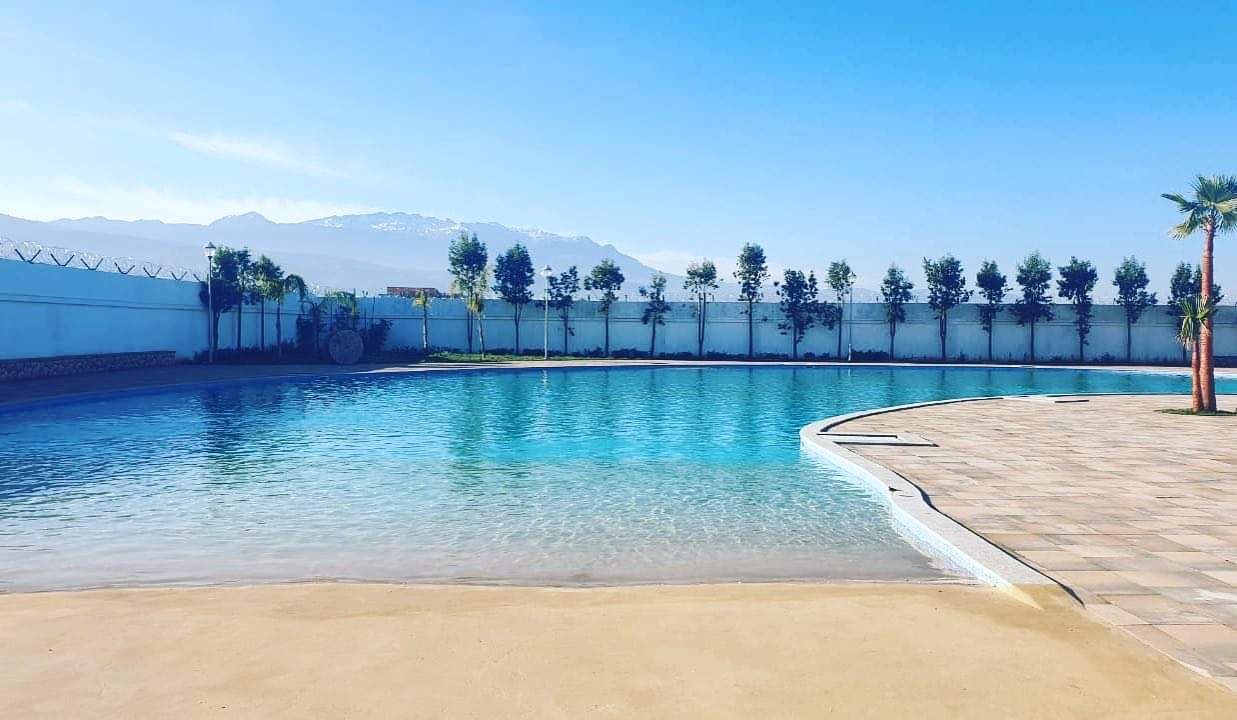















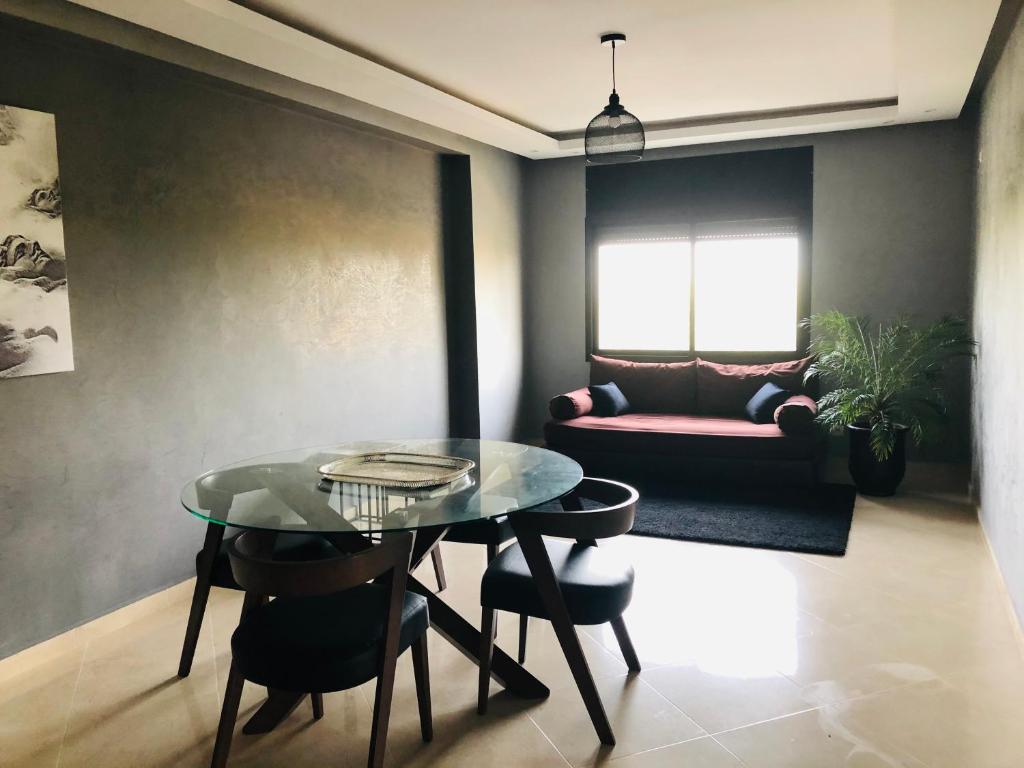












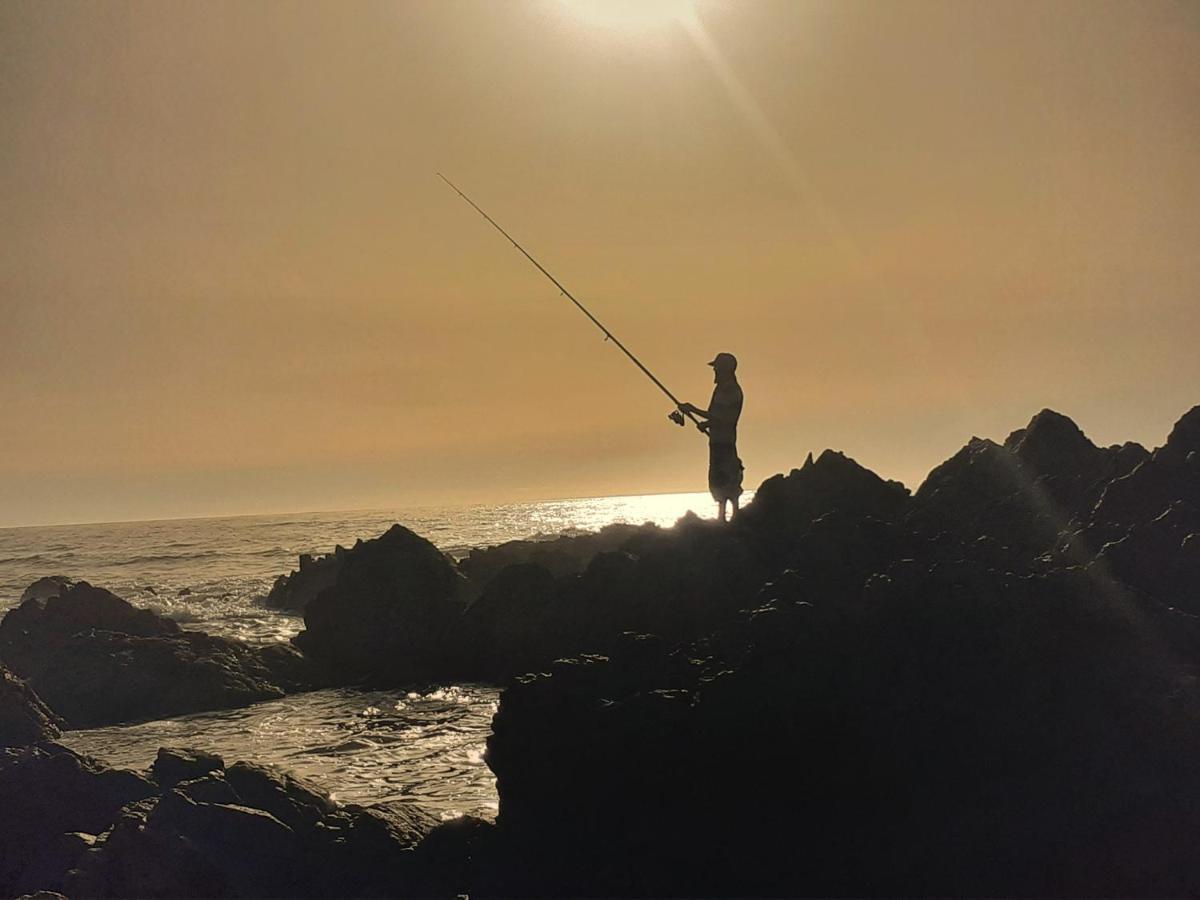



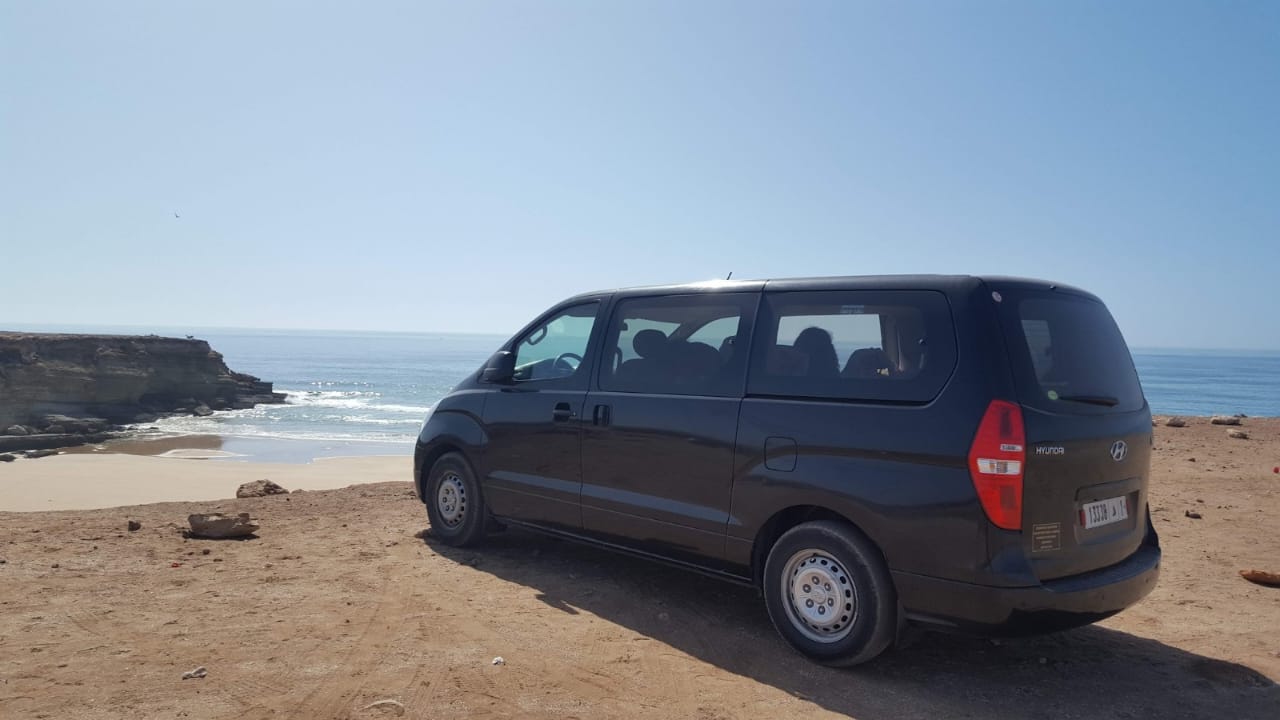






:quality(70)/cloudfront-eu-central-1.images.arcpublishing.com/le360/DTCSFV7RRVHFZC2IURUNKUM6XQ.jpg)







